'15 French Open finalist Safarova's recovery continues in Paris

It was about the time that she had to rely on friends and family members just to carry her from her bed to the living room couch that Lucie Safarova first realized she might never play tennis again.
This past January, eight months after her surprise run to last year’s French Open final, doctors told the now-29-year-old Czech that they couldn’t even promise that she would walk again, let only return to the Top 10 in women’s tennis.
Mailbag: How will Djokovic's Italian Open loss affect him at French Open?
“I was in constant pain,” says Safarova, who had never before reached the final at a major but upset second-seeded Maria Sharapova, Spaniard Garbine Muguruza and former No. 1 Ana Ivanovic—all in straight sets—before losing to Serena Williams 6–3, 6–7(2), 6–2 at Roland Garros last year. “All of my joints hurt. I couldn’t walk, sleep or go down stairs. The rheumatologist said it could take a week, a month or 10 years for me to feel better. I just couldn’t imagine that I wouldn’t be able to even go for a run or do sports. That’s all I wanted to do.”
Safarova is like the WTA’s version of David Ferrer, the speedy Spaniard whose durability and reliability allowed him to reach the Roland Garros final in 2013 (where he lost to nine-time champion Rafael Nadal) but whose physical limitations (he’s 5’9” in a game populated by at least six-footers) have stalled him in big matches.
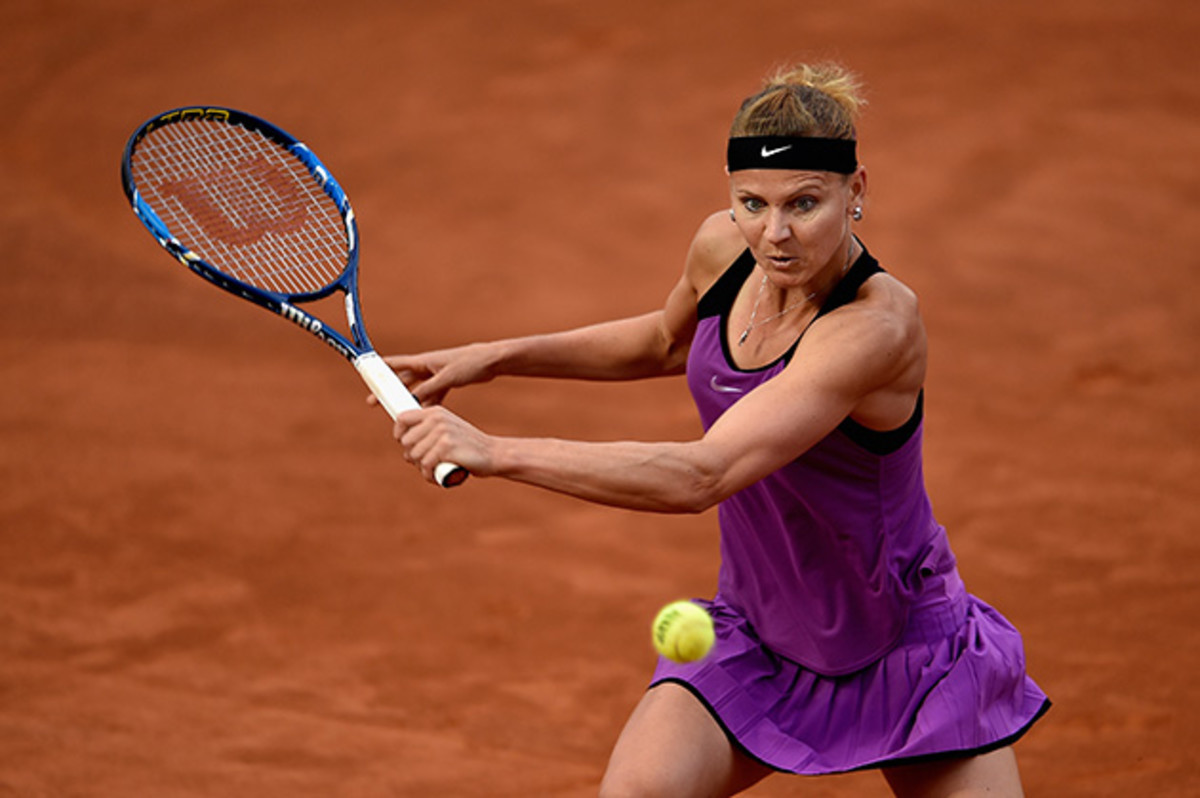
Safarova, also 5’9”, possesses great mobility and accuracy, especially with her lefty hook serve, but over an 11-year career she has been unable to consistently out-muscle the likes of a Serena Williams or Petra Kvitova, against whom she is a collective 0-16. In 42 Grand Slam appearances, she has passed the round of 16 only three times.
Her big breakthrough came in 2014 when she reached the semifinals at Wimbledon before falling to fellow Czech Kvitova, the eventual champion. She and Kvitova then led their nation to the Fed Cup for the third time in four years.
Safarova’s health problems began not long after she left Roland Garros last June as the singles runner-up and doubles champion alongside American Bethanie Mattek-Sands. It was Safarova and Mattek-Sands' second doubles major of the year, following a win at the Australian Open in their very first tournament as a doubles team. In all, Safarova and the 31-year-old Mattek-Sands hold a 37-8 record over the last two years and have won five of the 11 tournaments they have played together.
PHOTOS: FRENCH OPEN 2015 WOMEN'S FINAL
French Open 2015 women's final
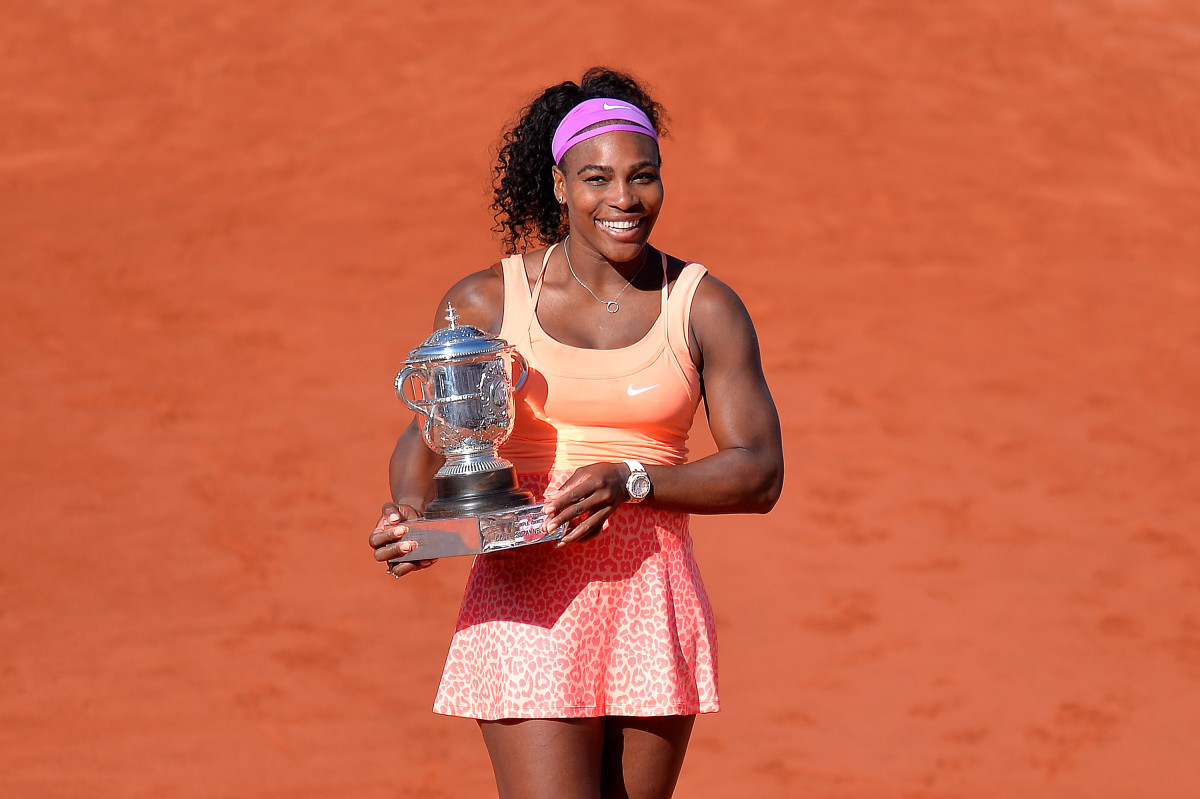
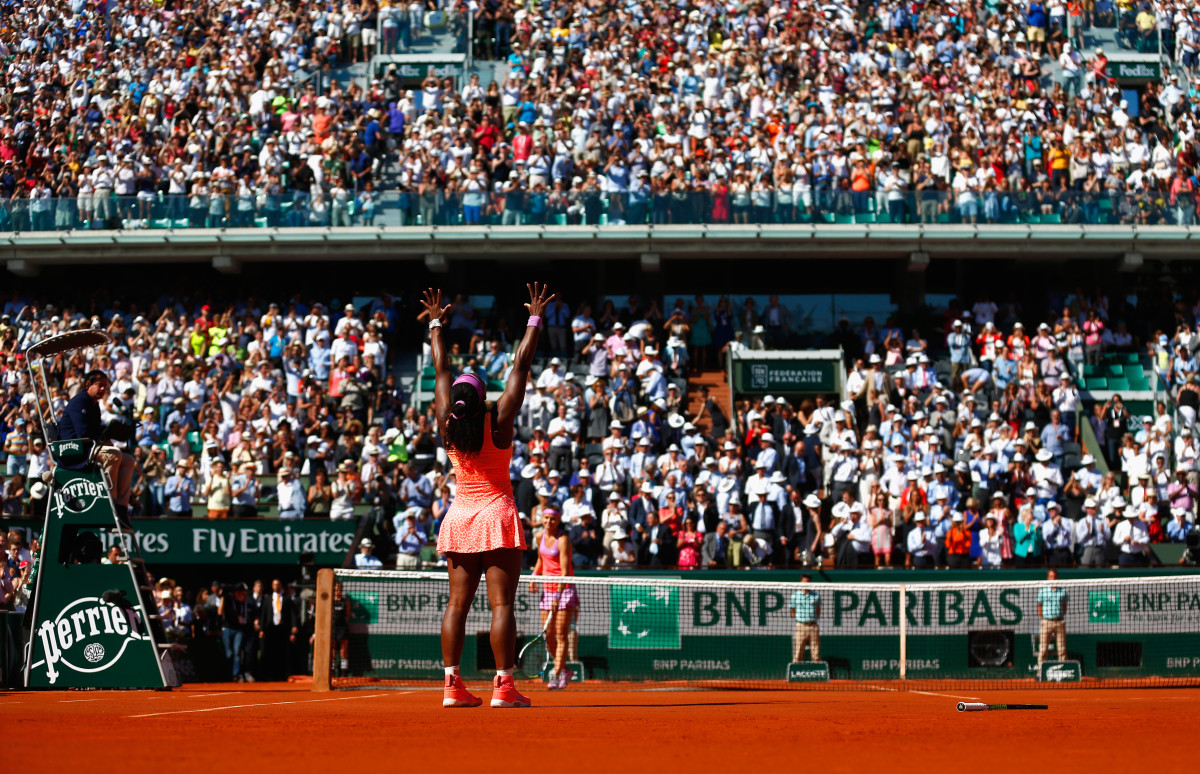
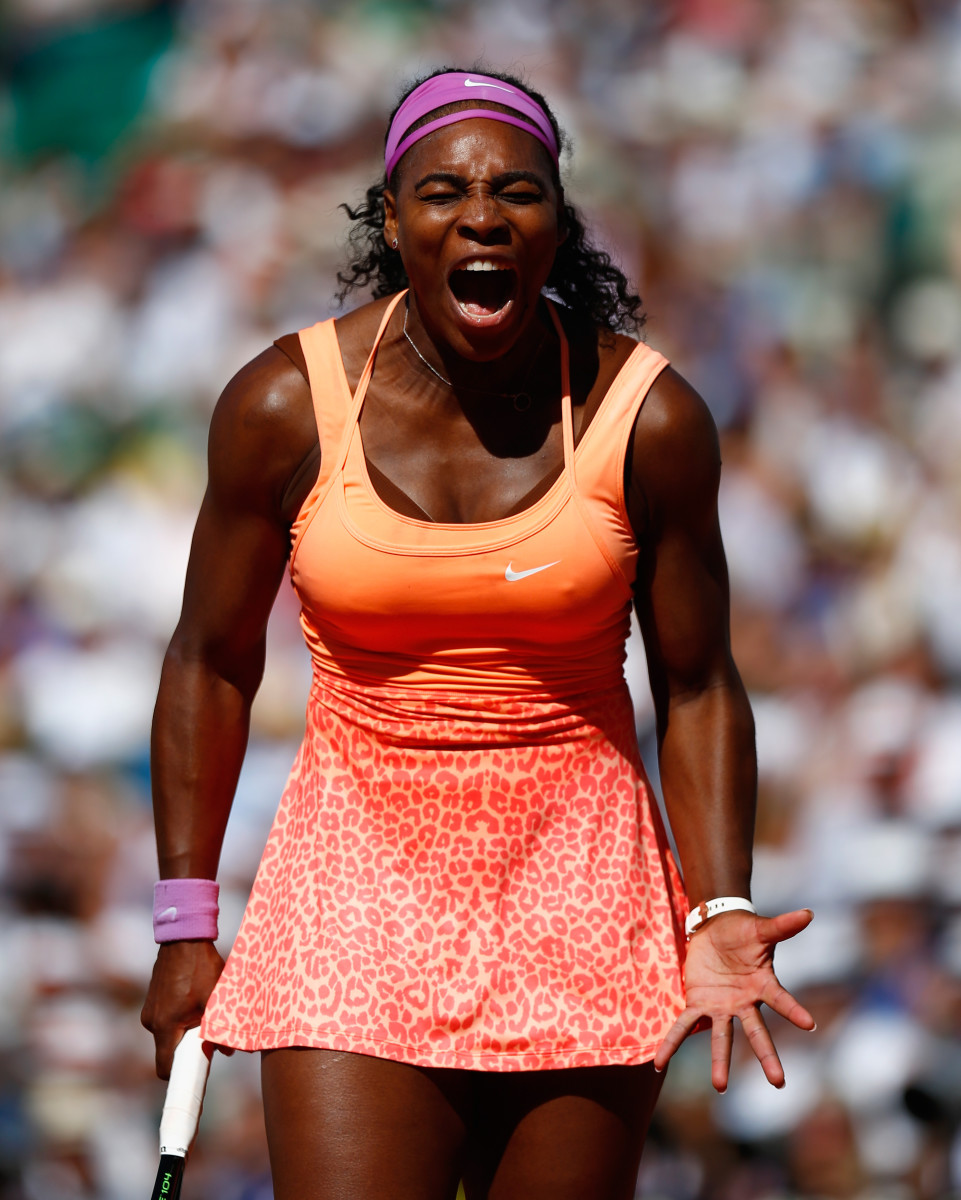
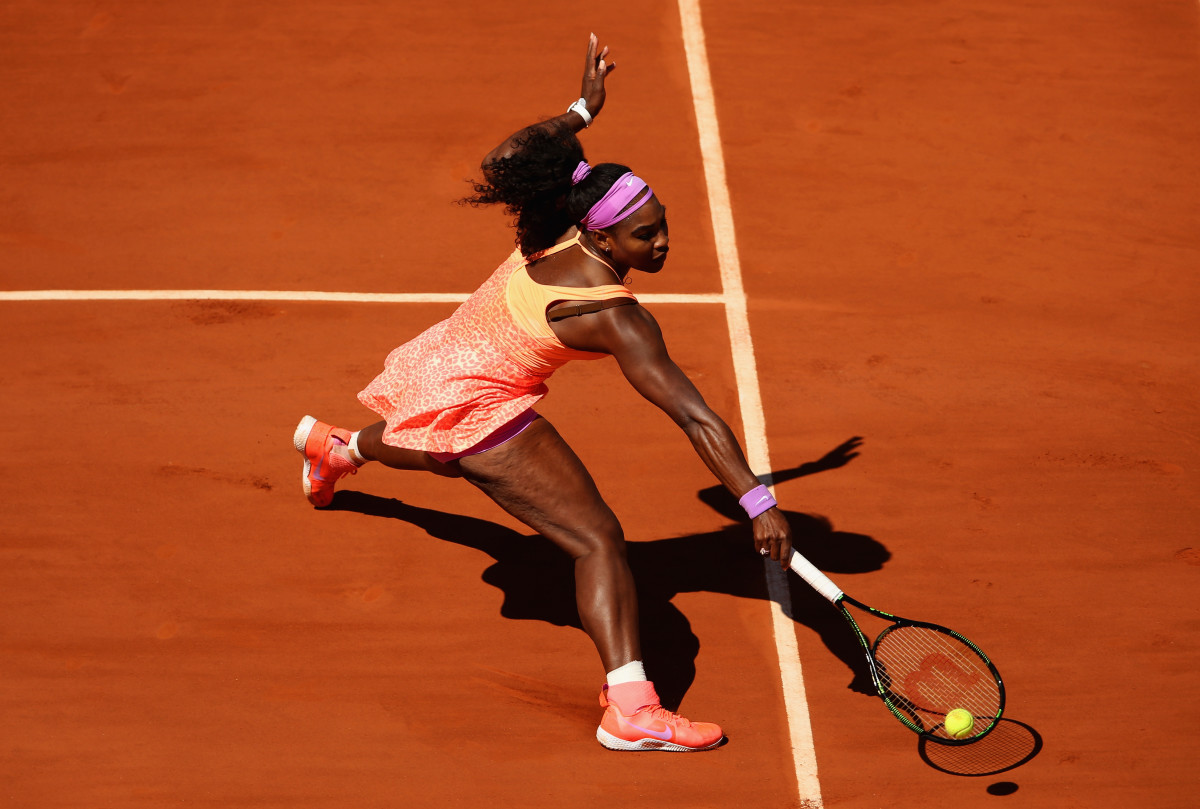
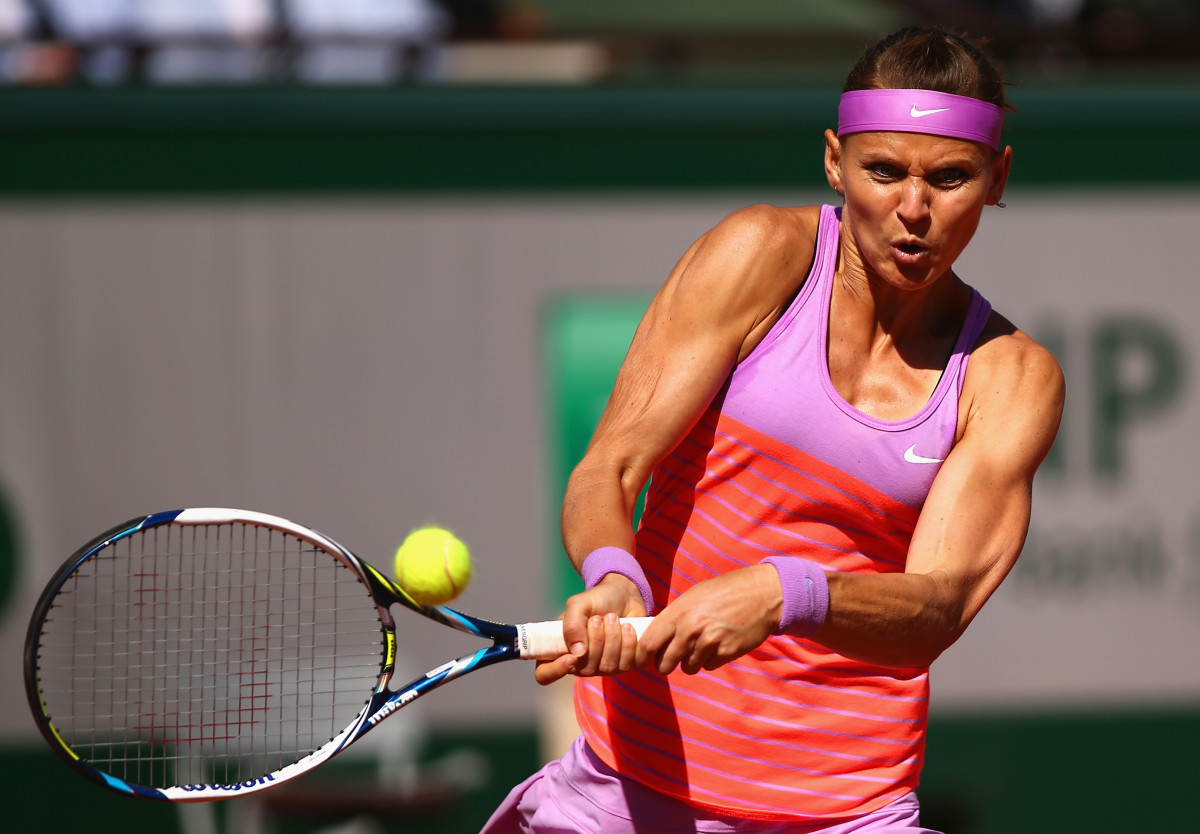
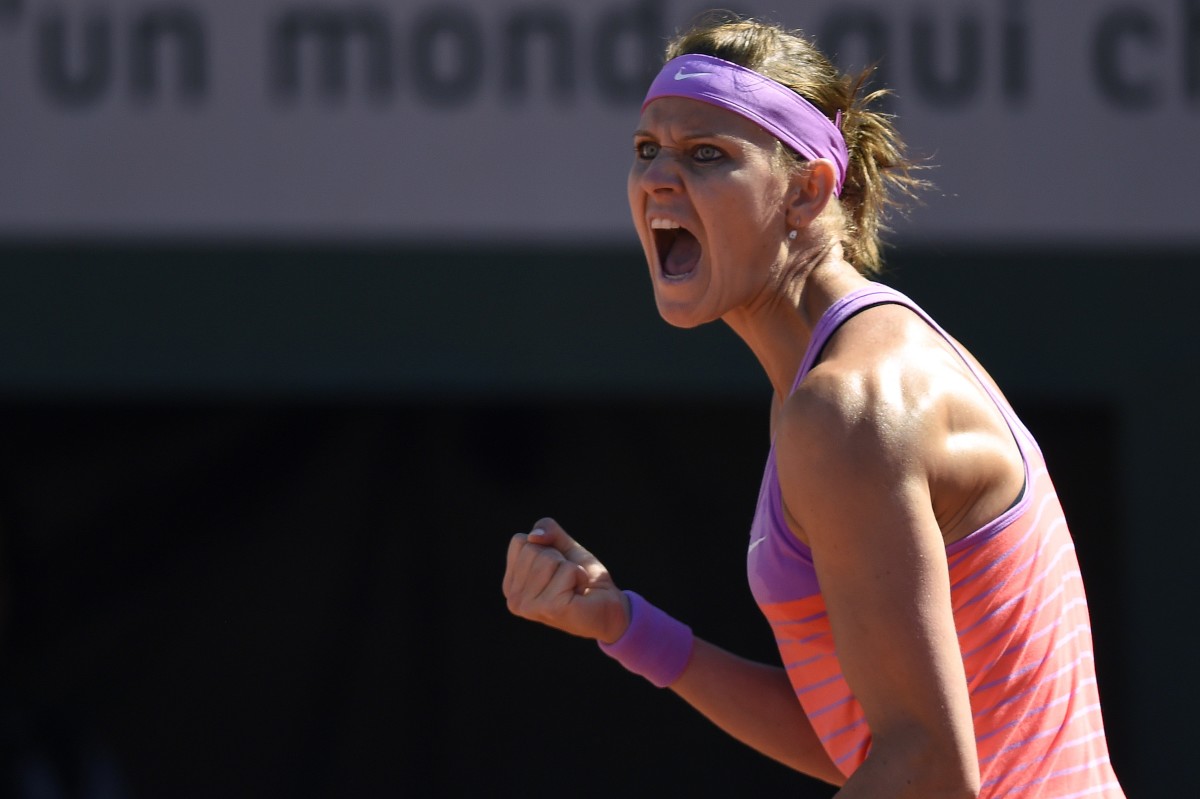
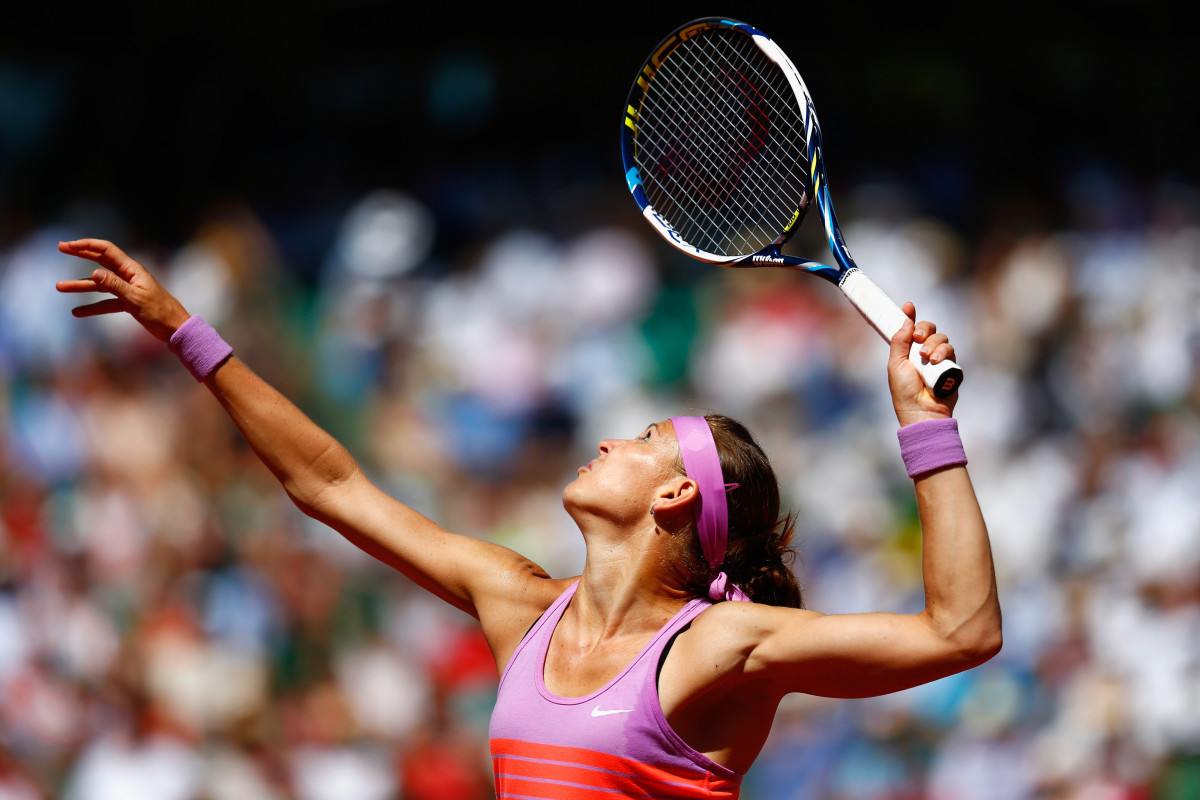
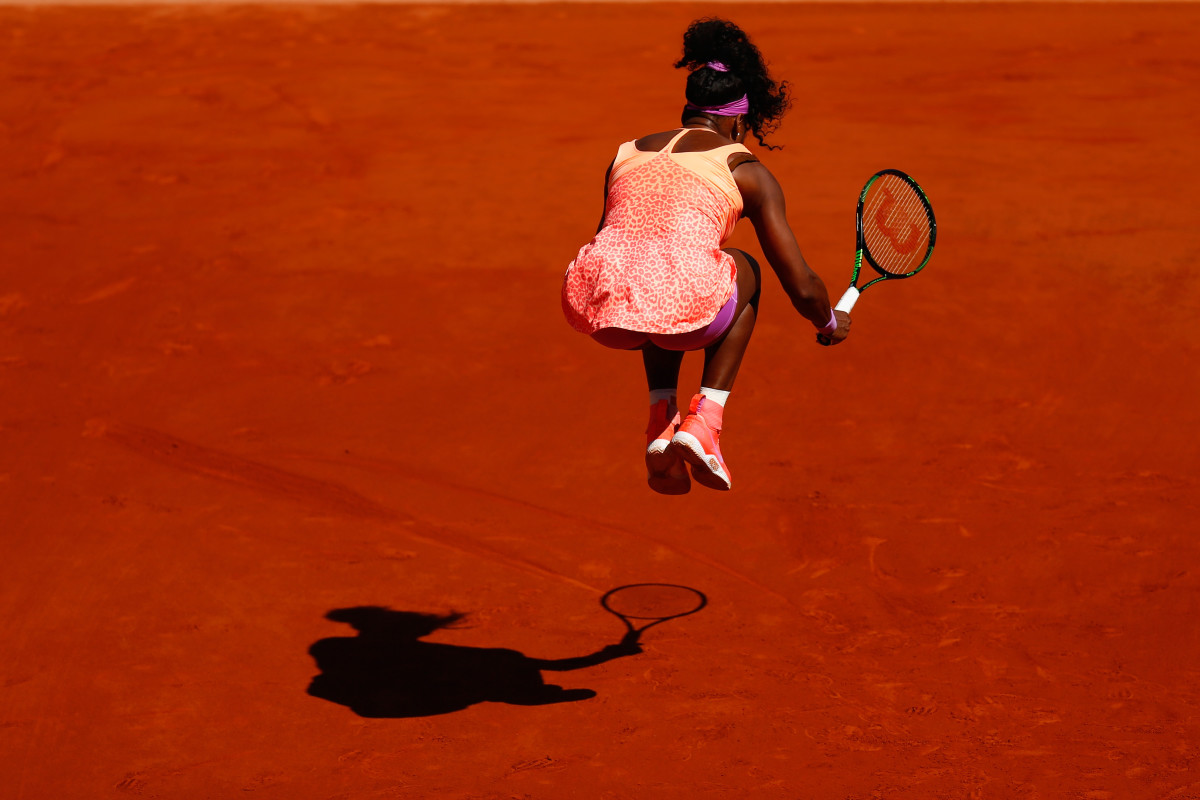
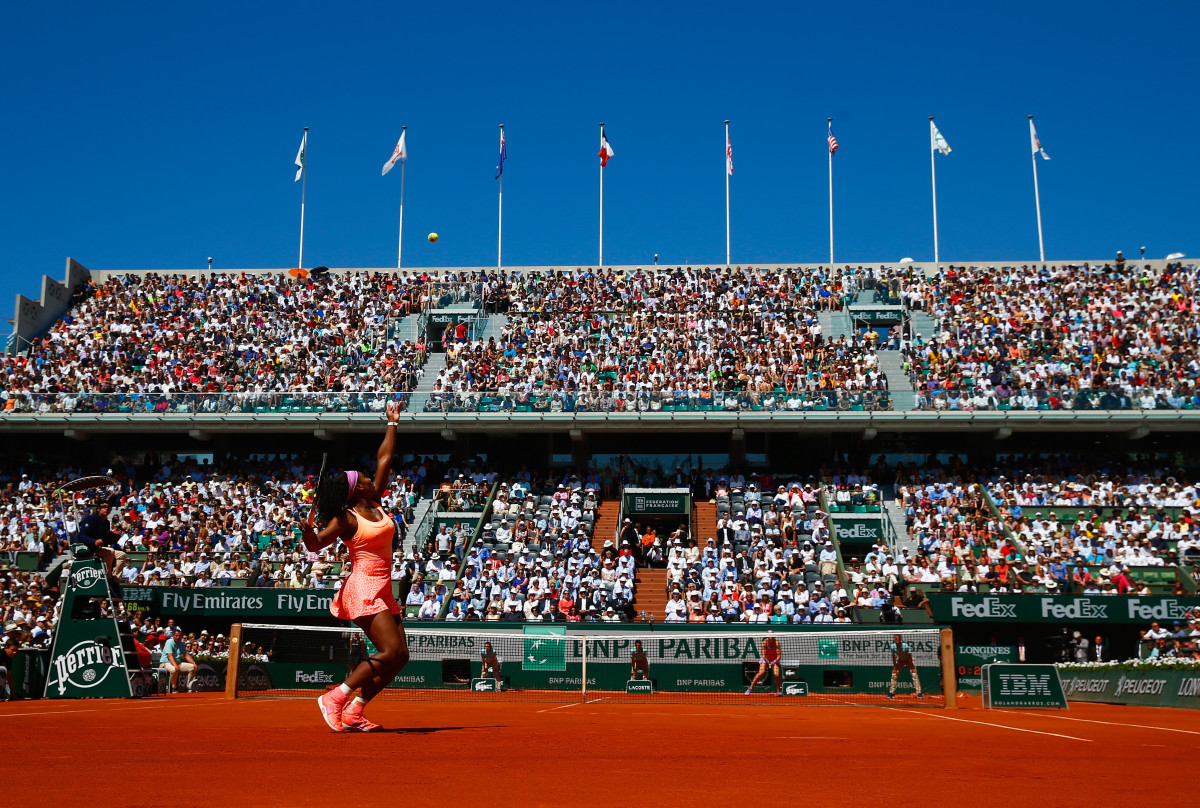
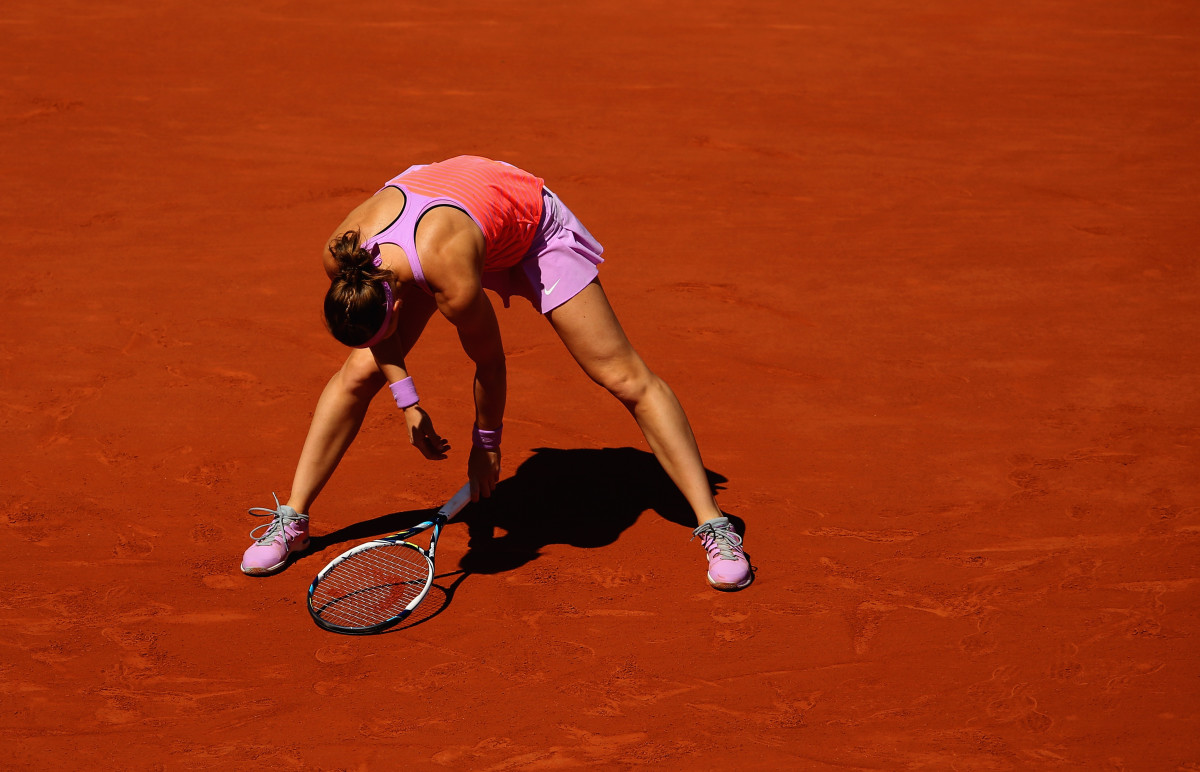
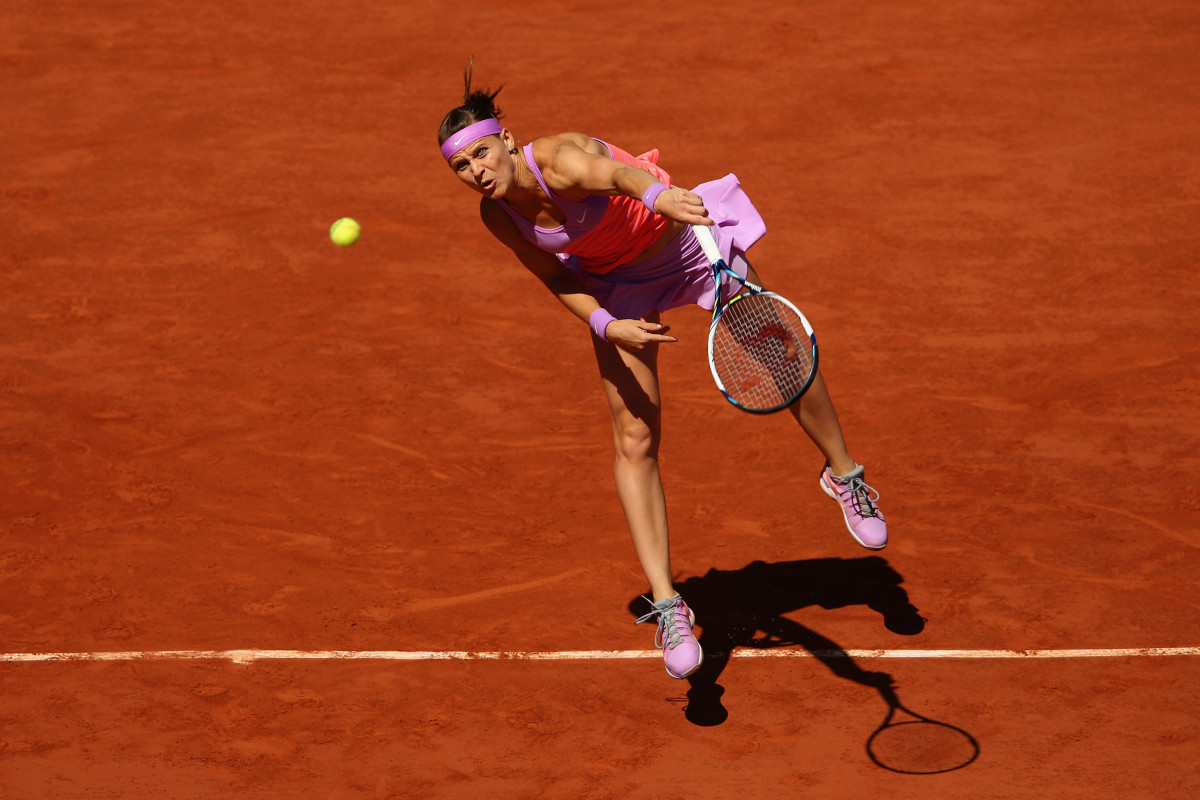
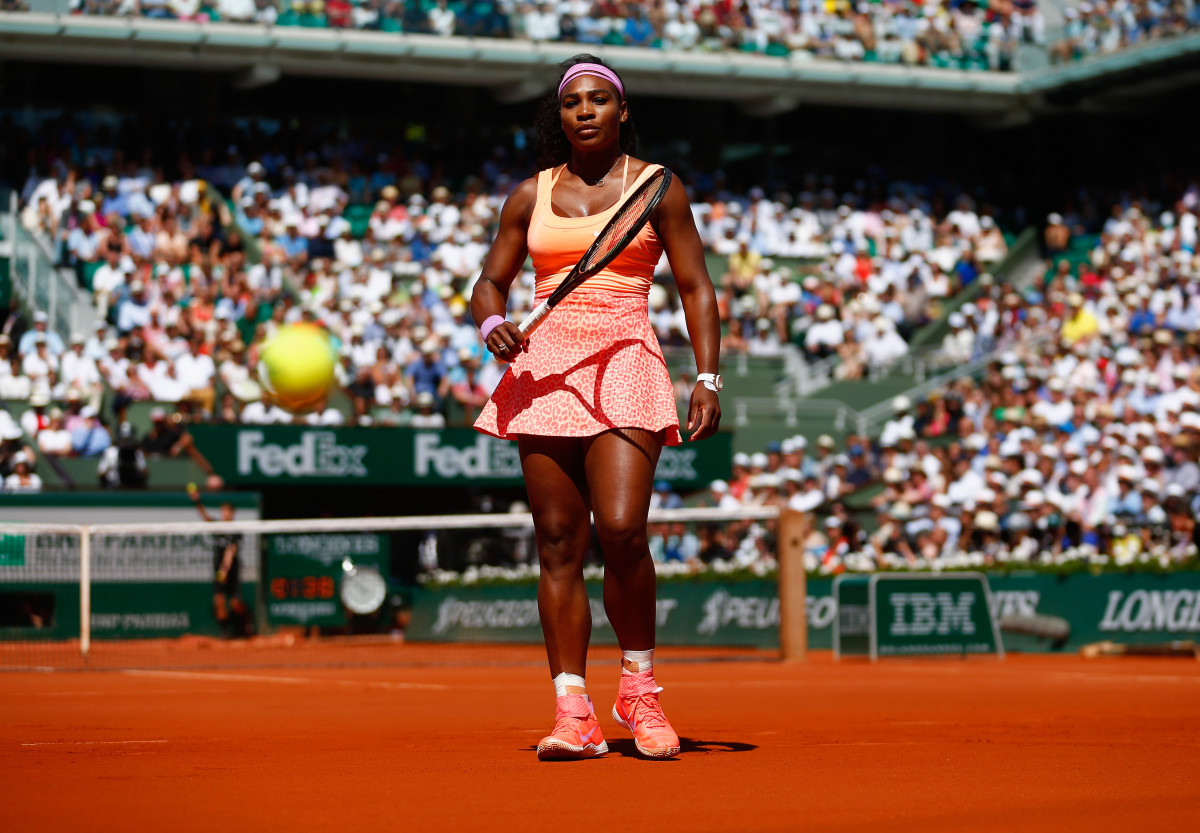
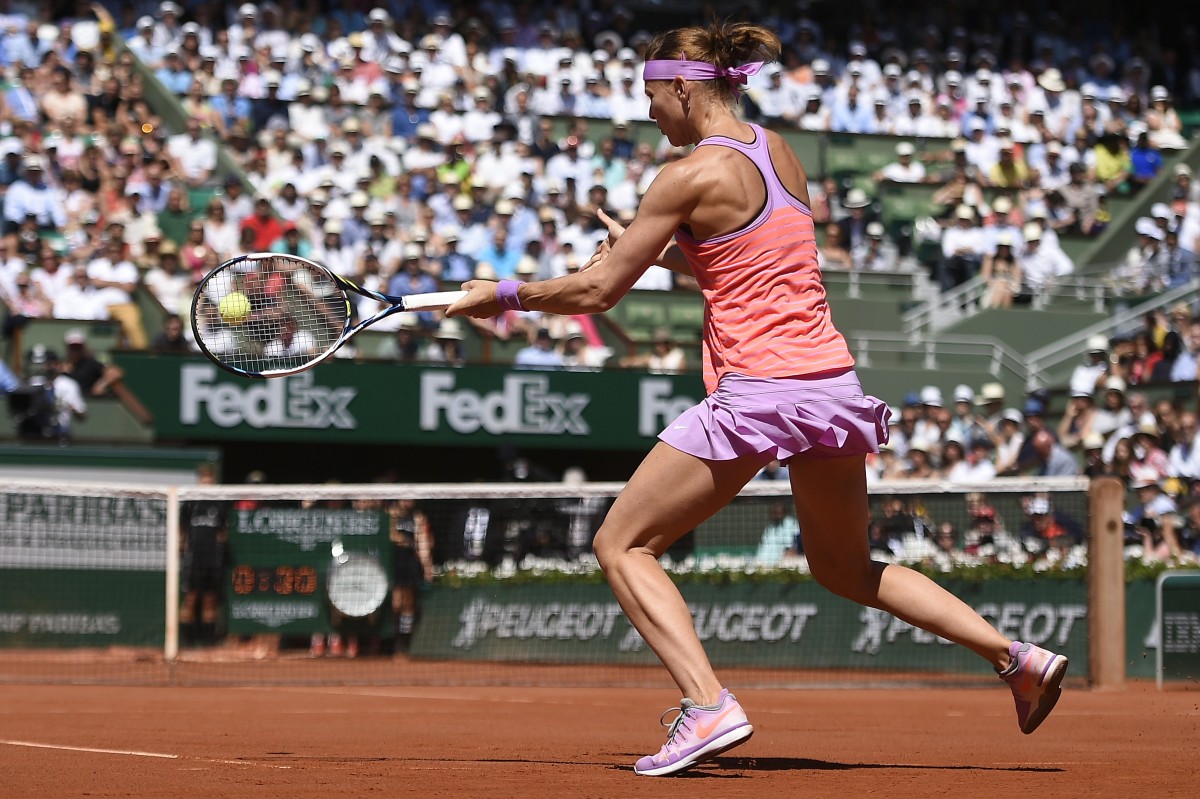
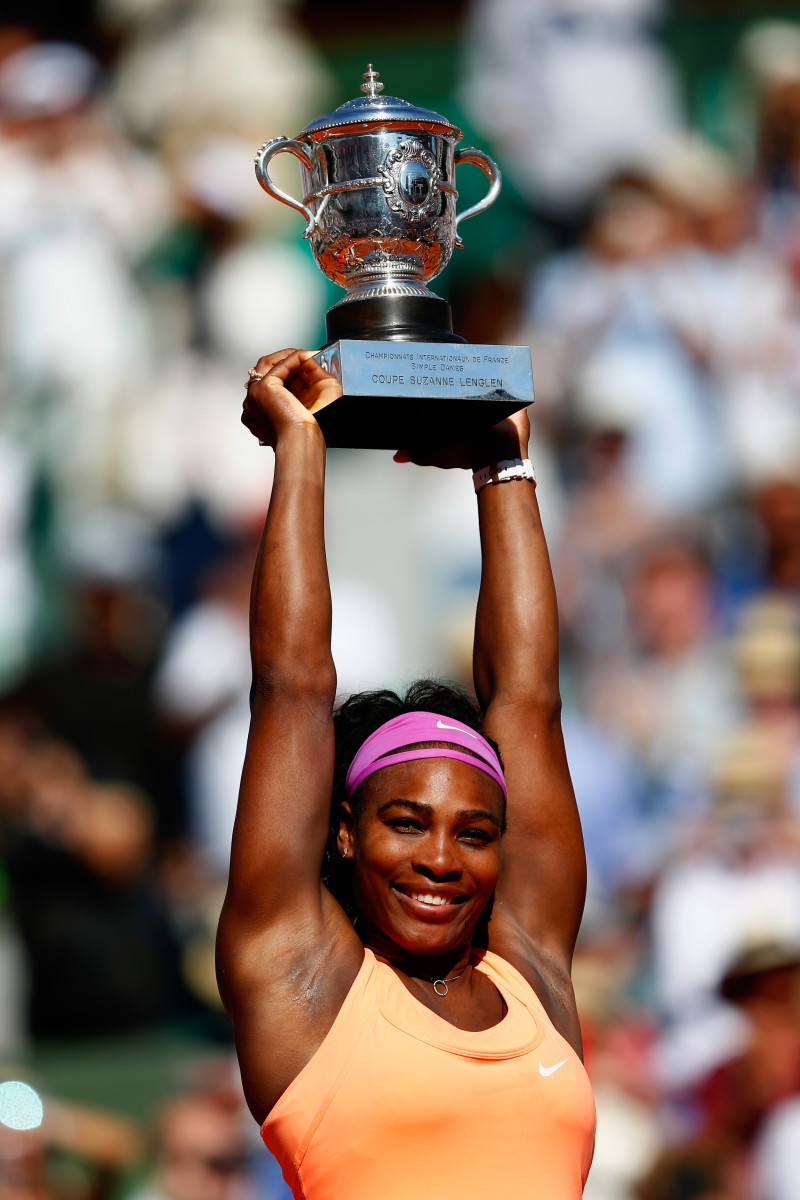
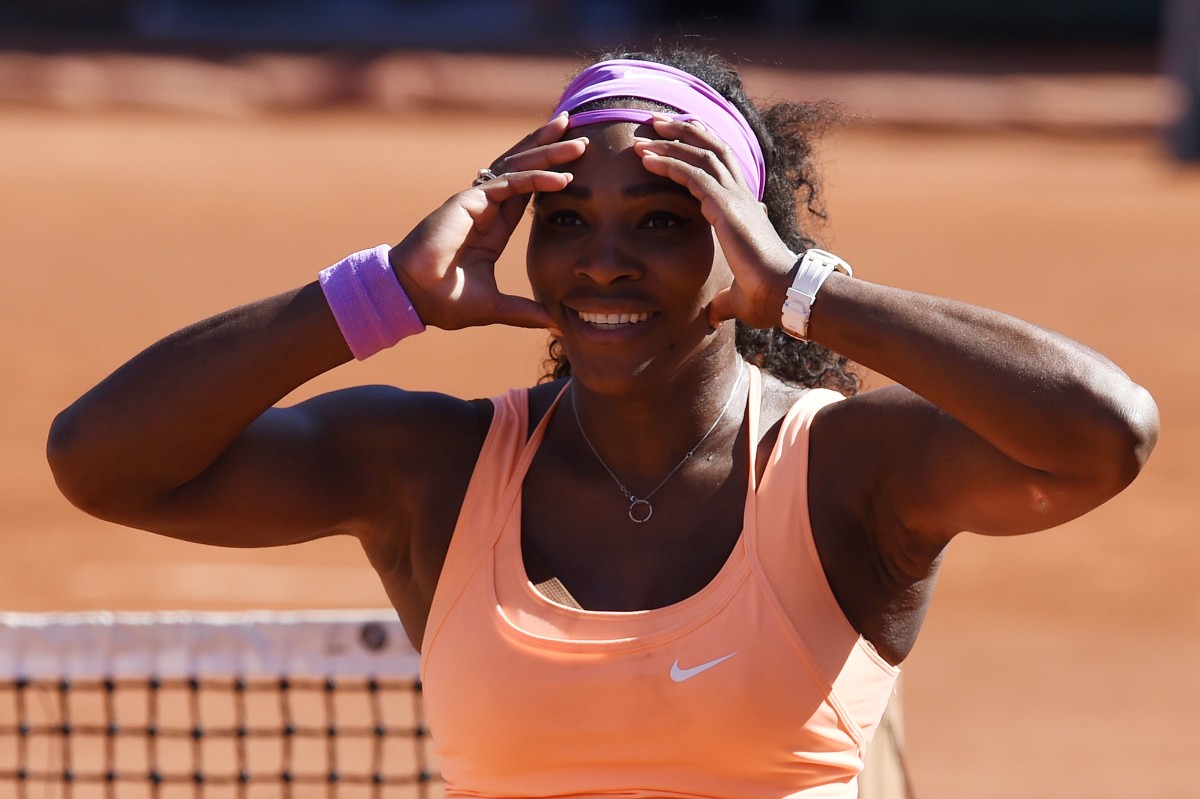
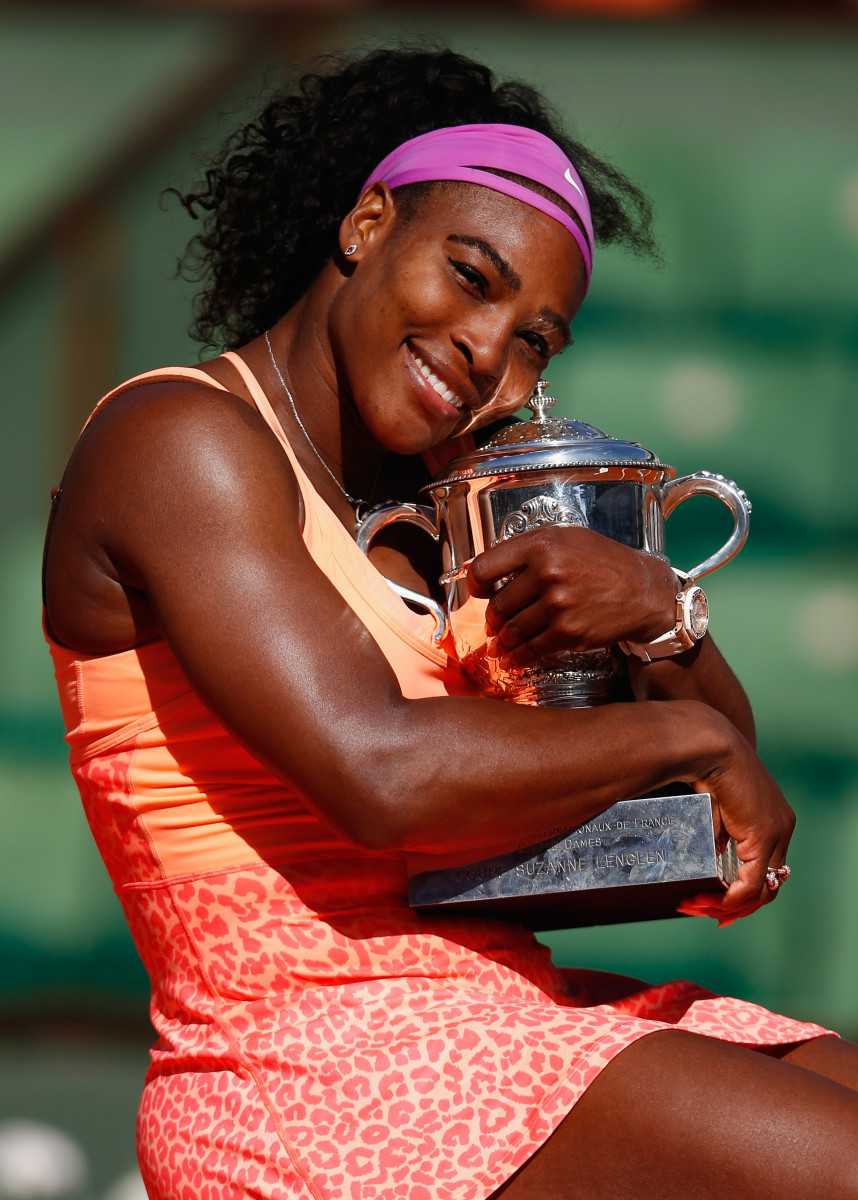
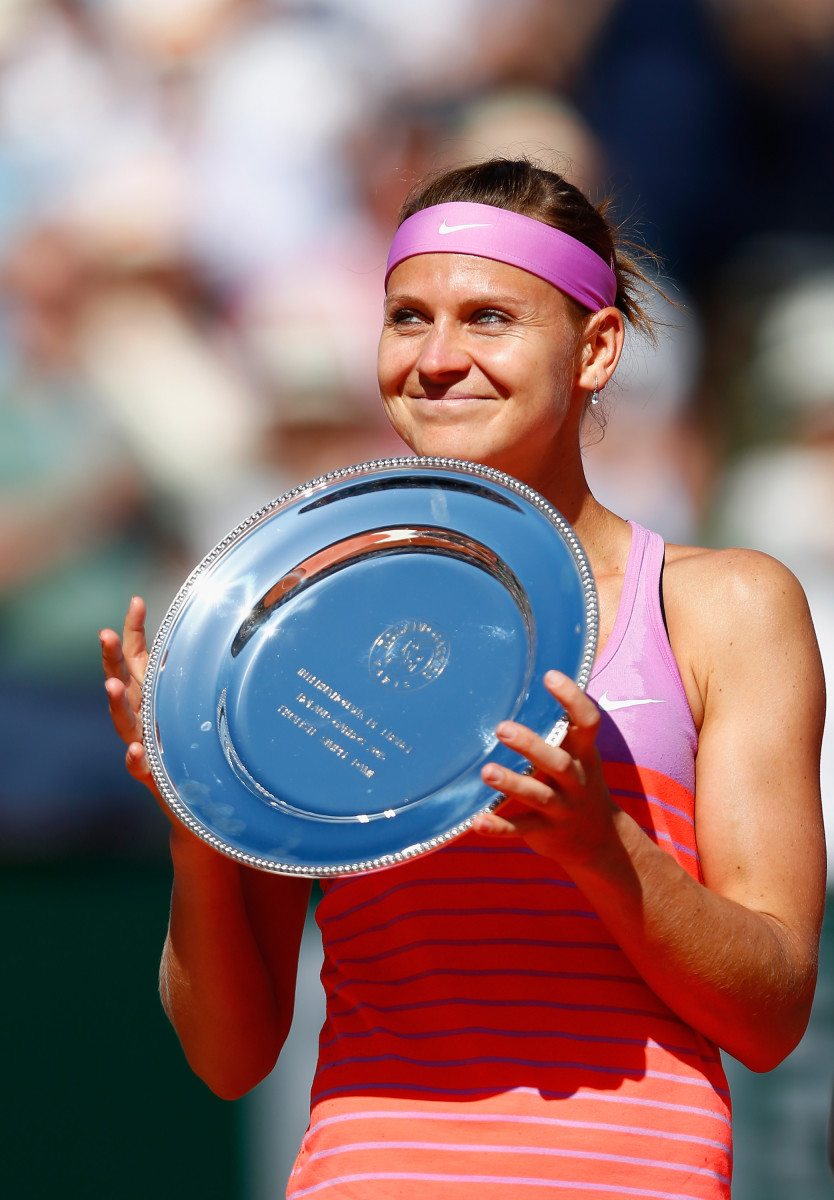
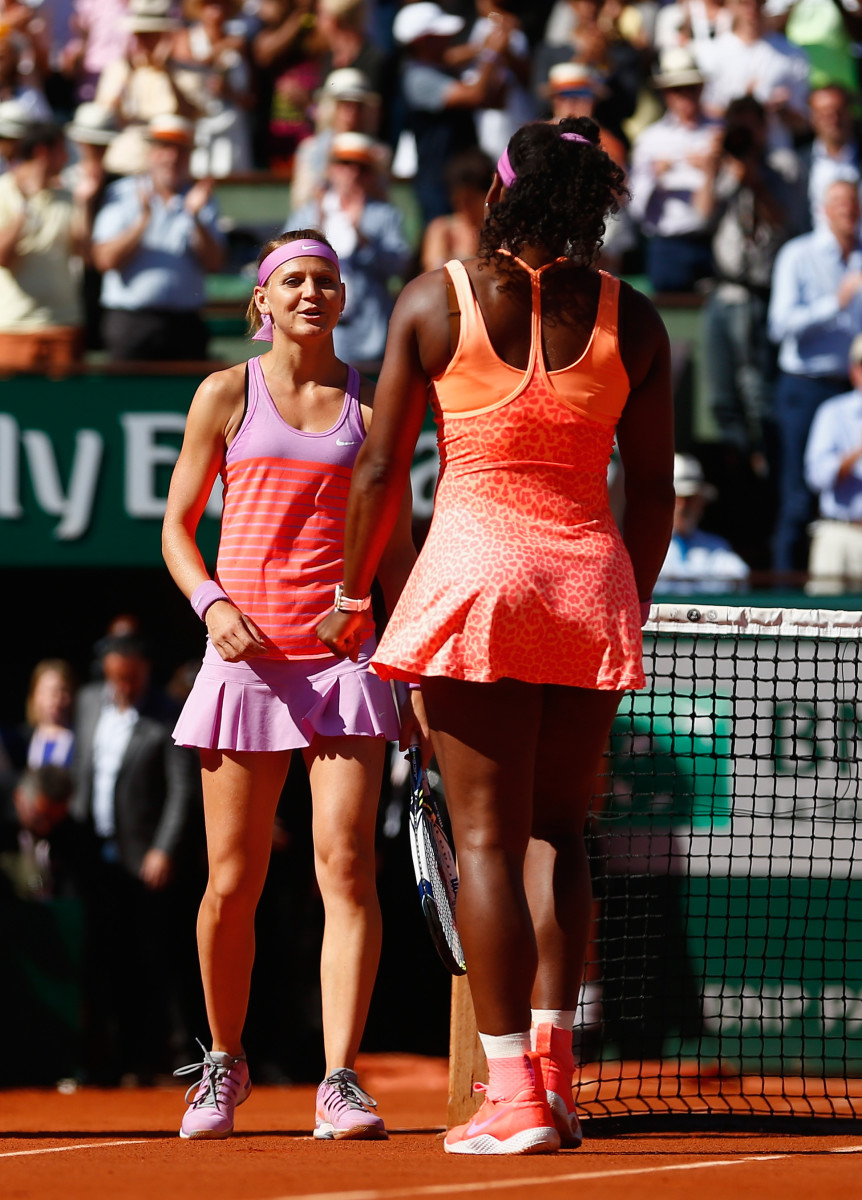
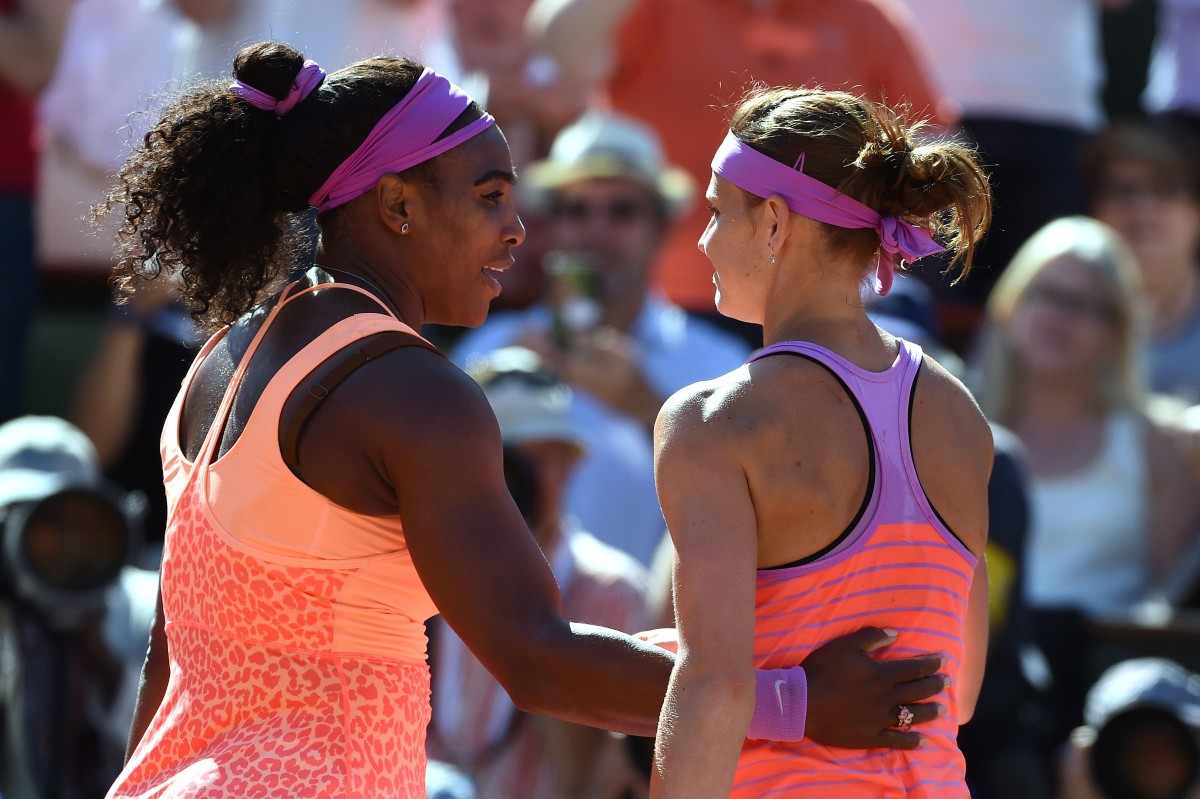
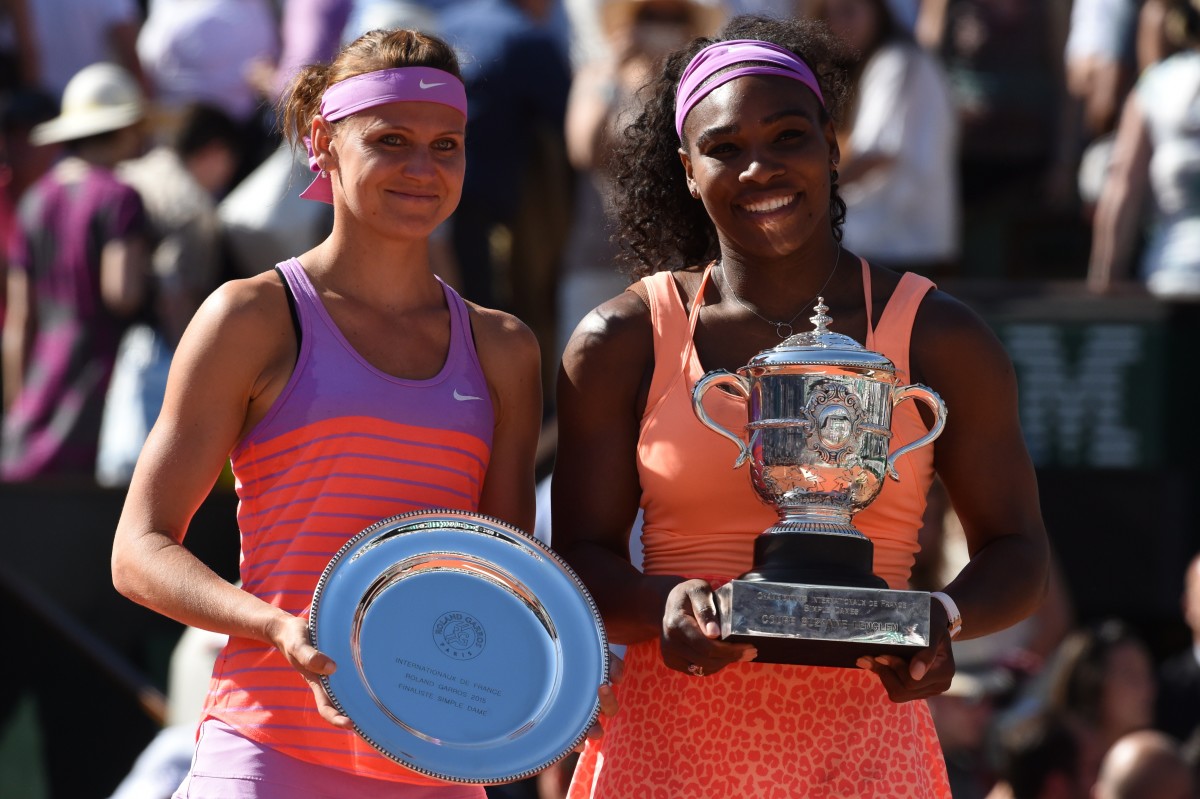
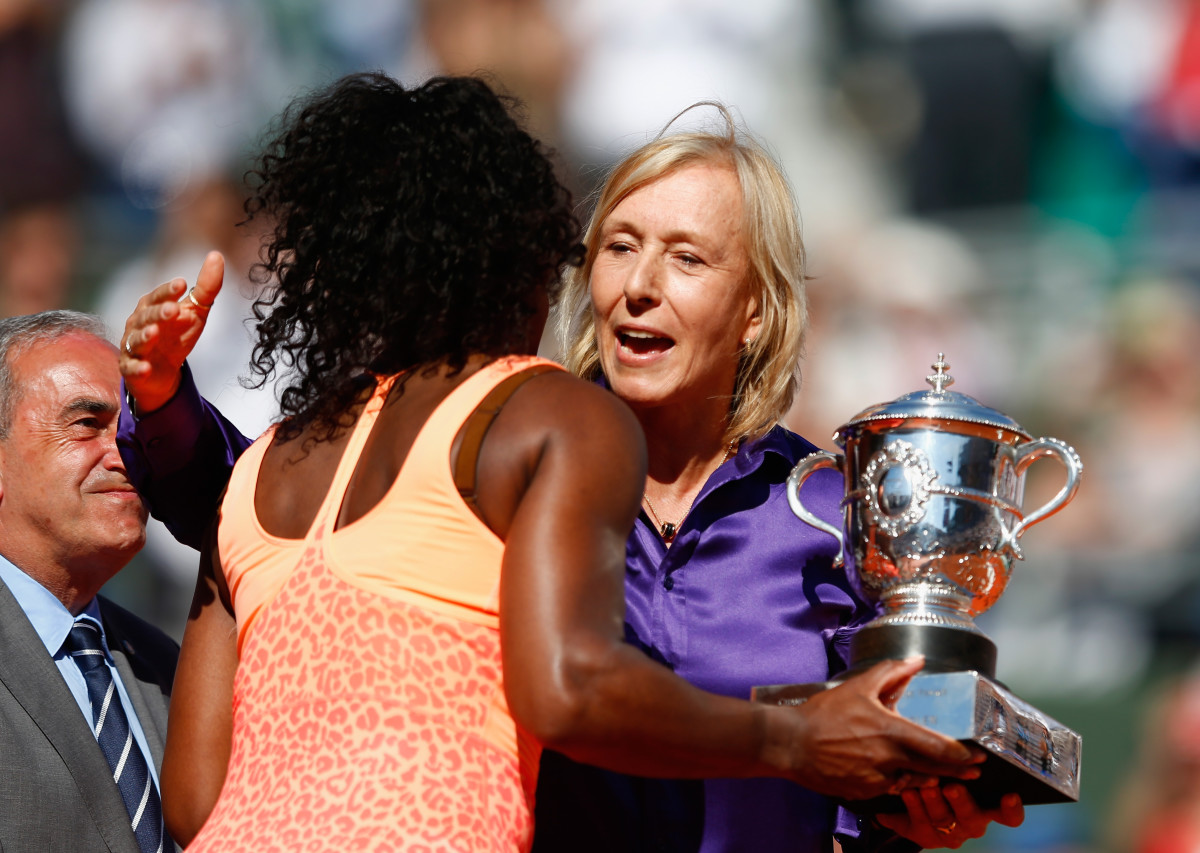
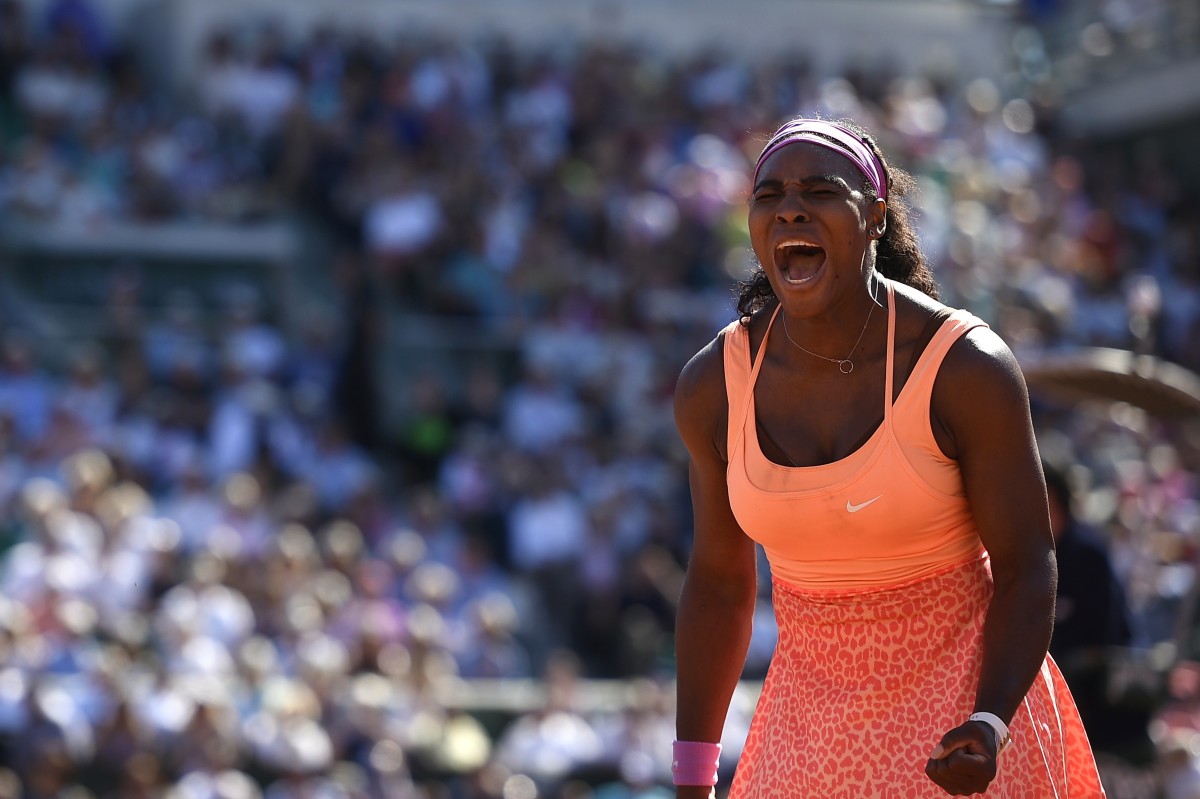
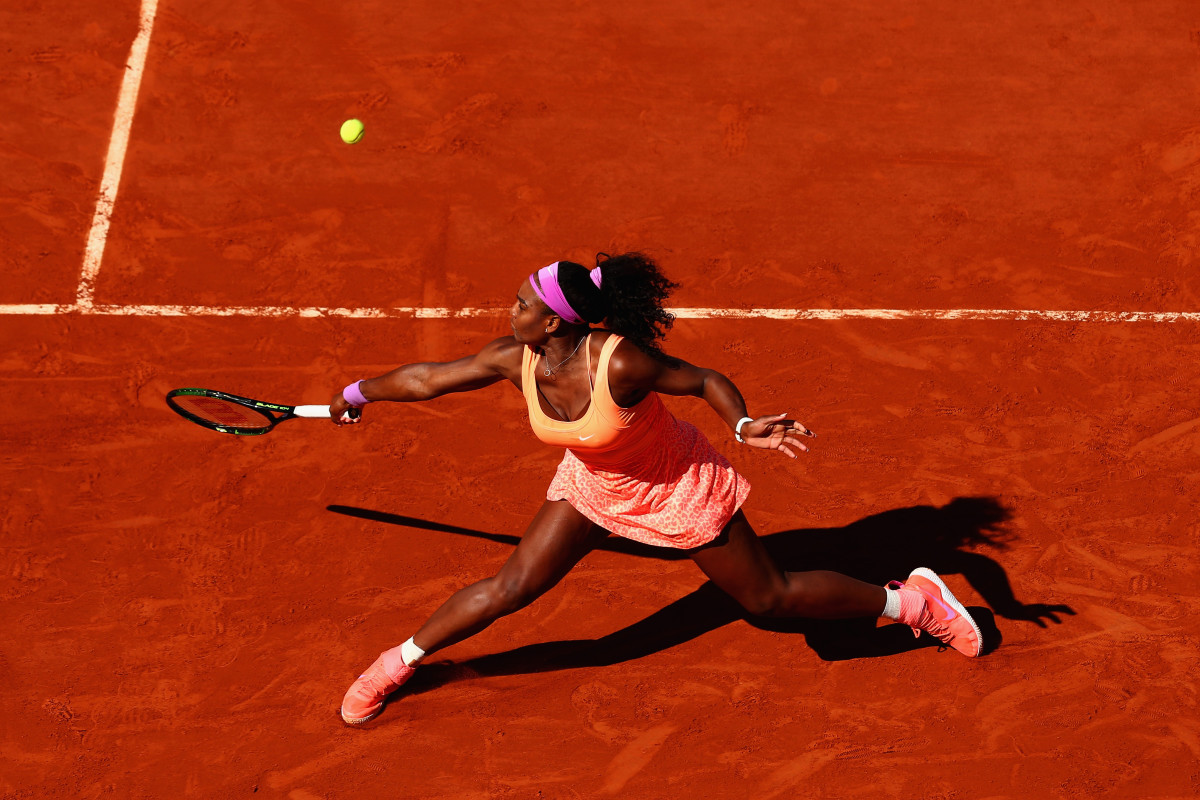
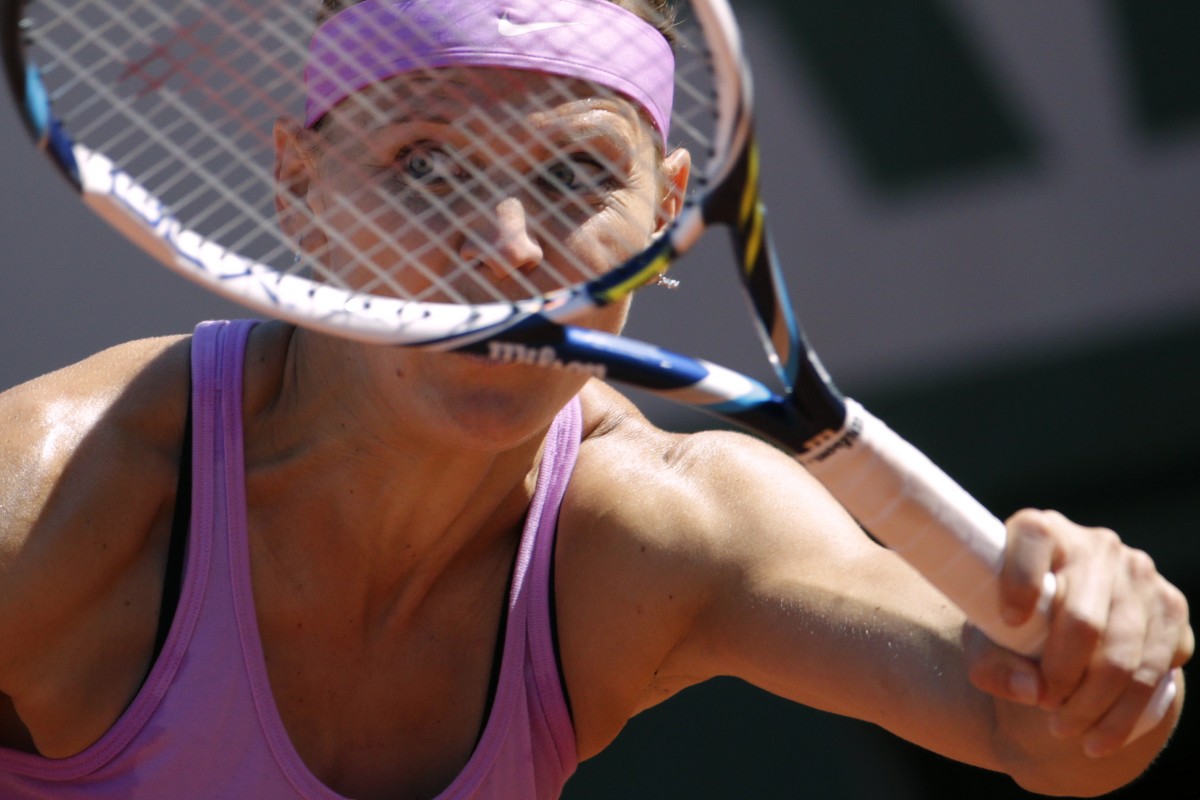
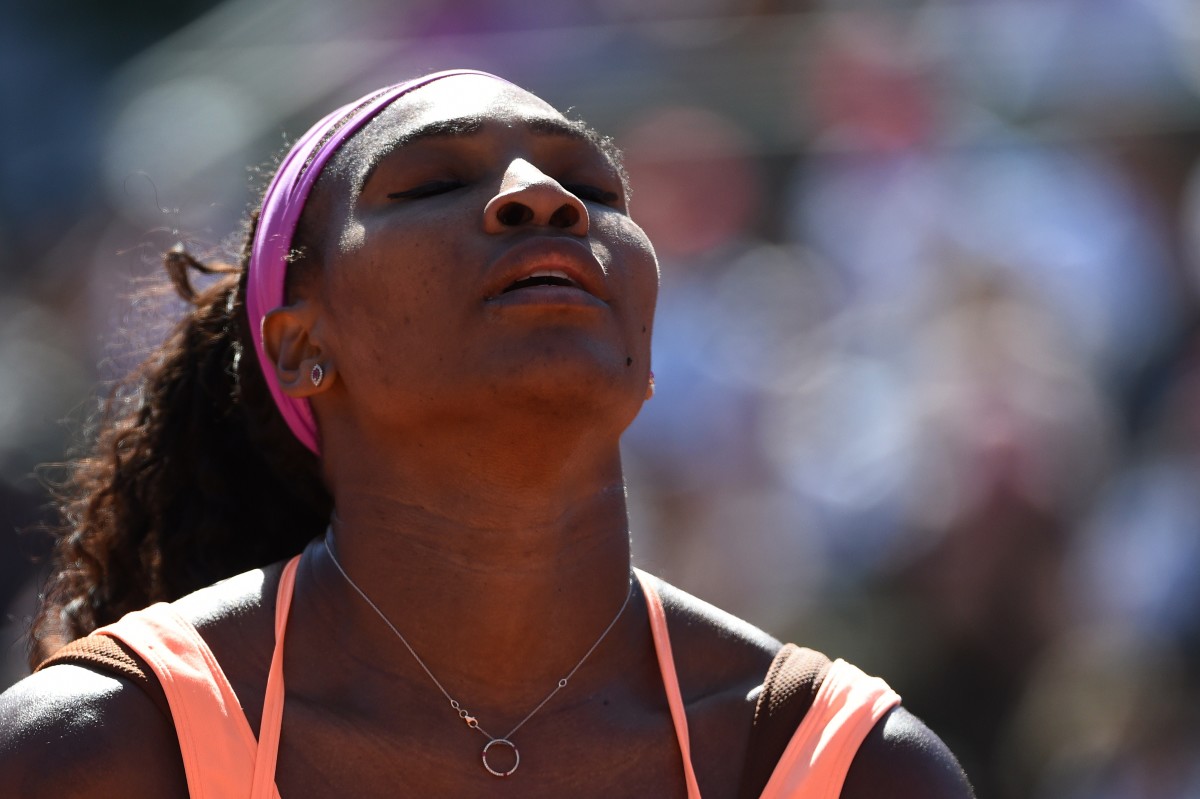
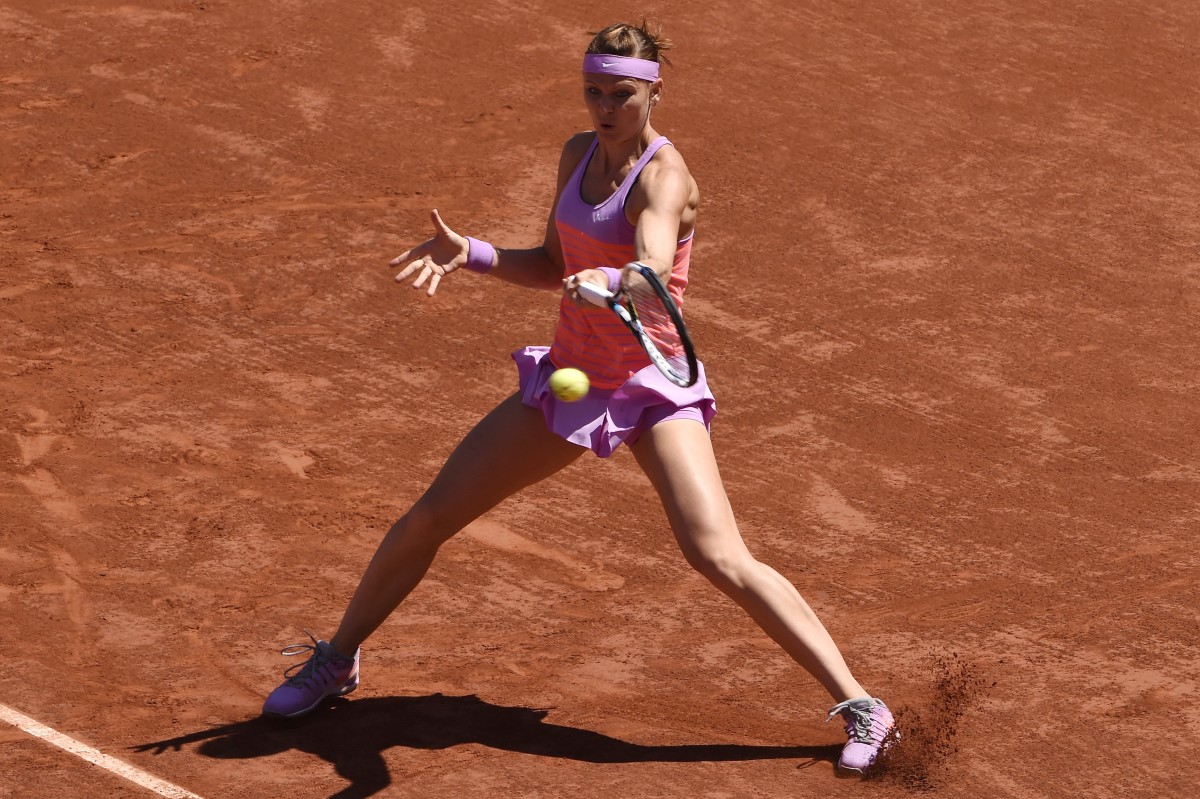
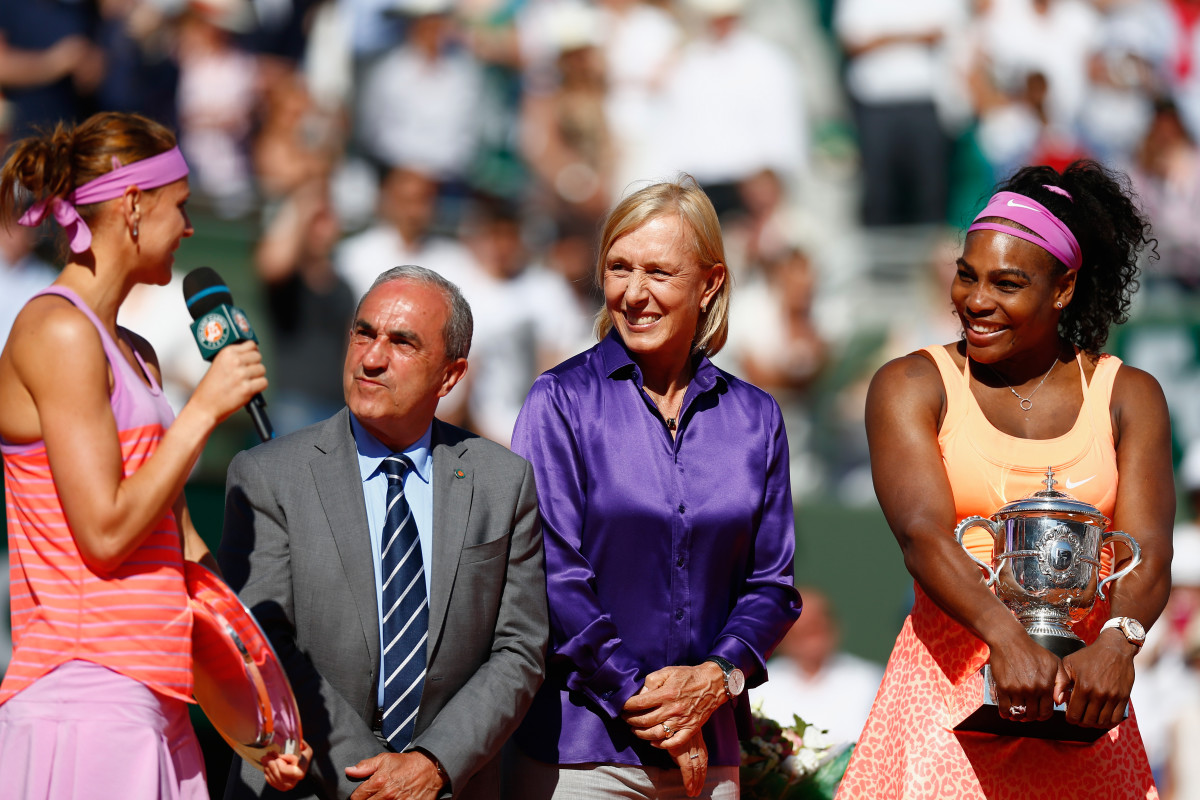
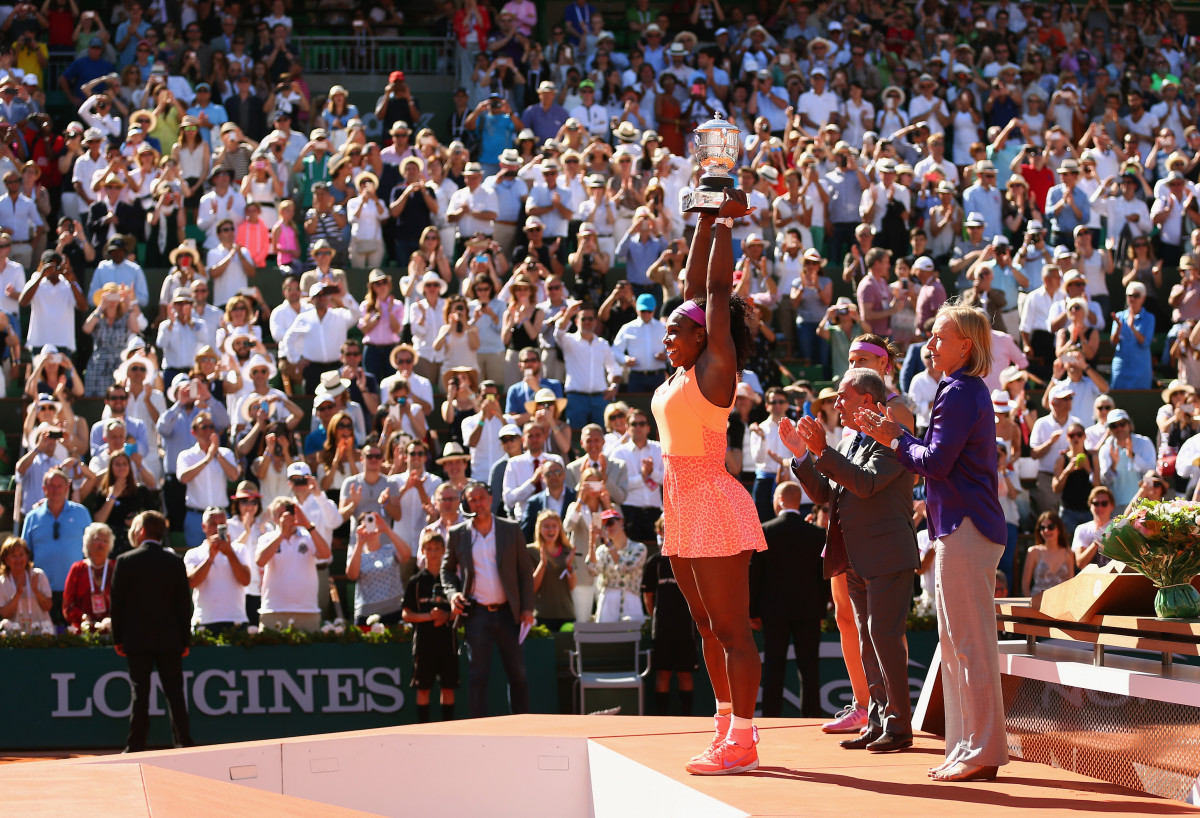
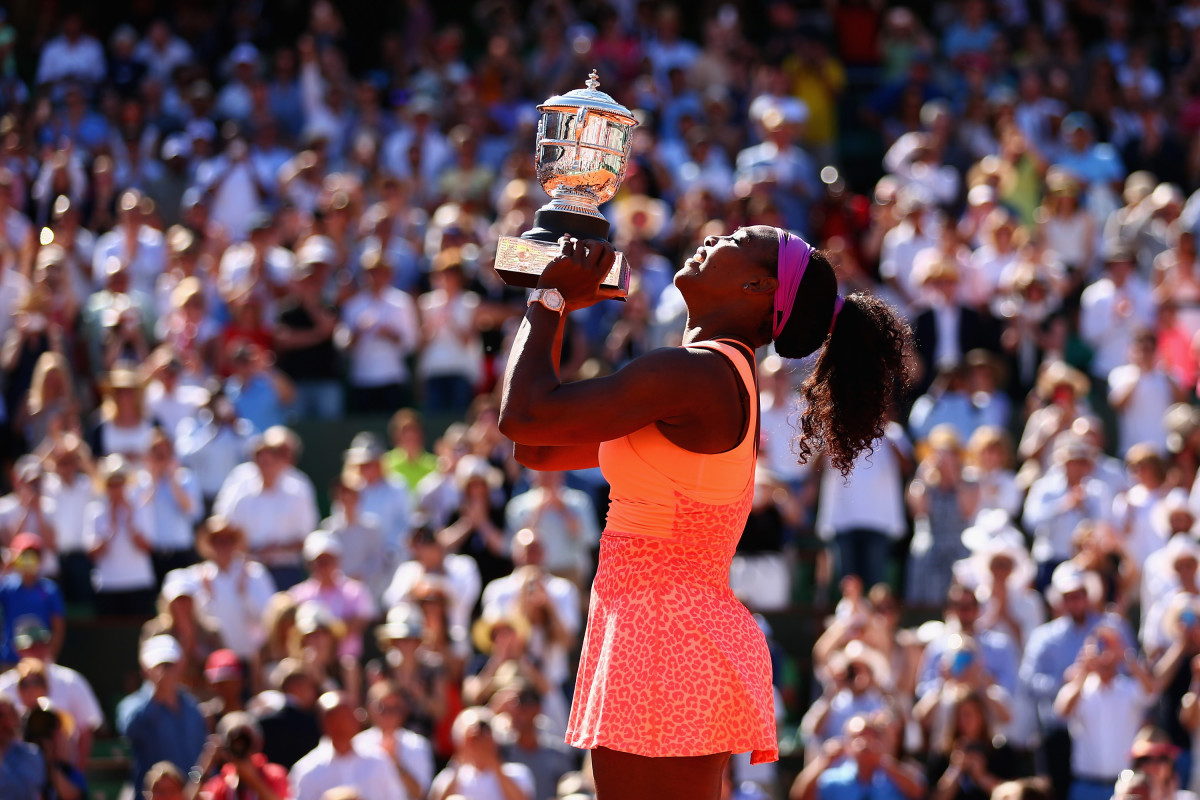
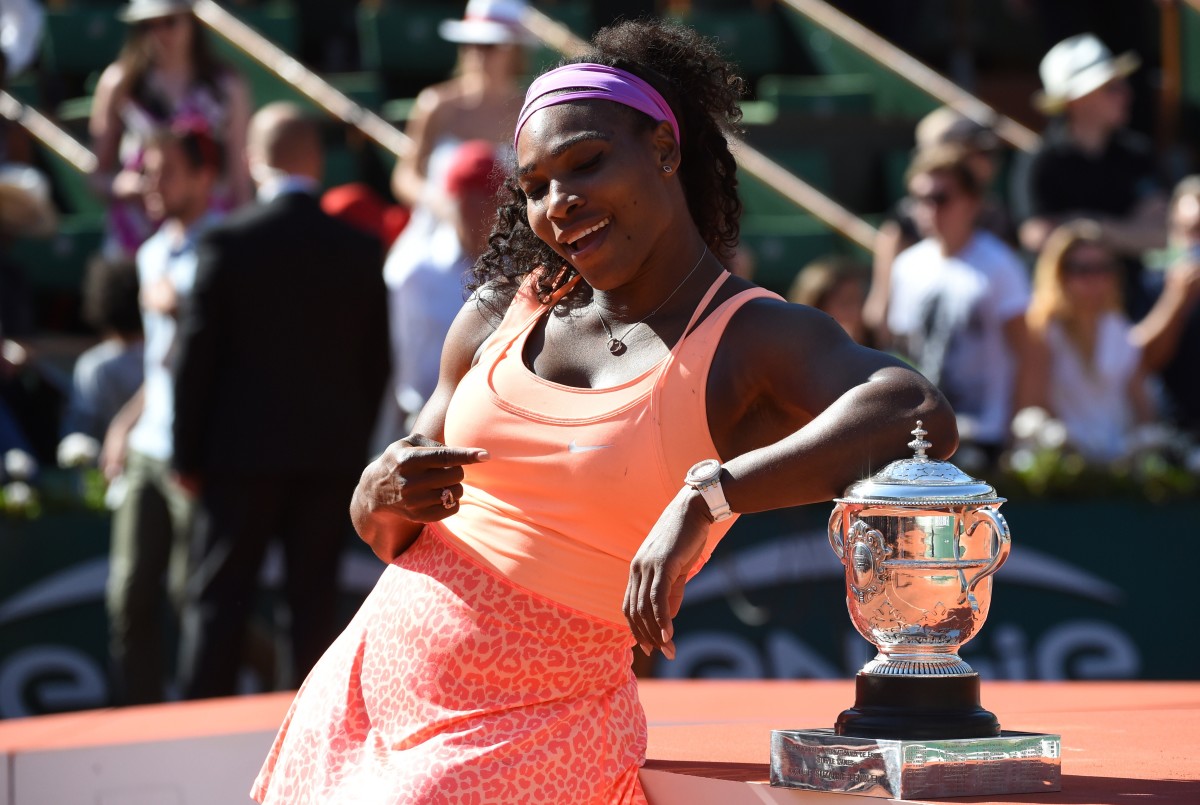
“Technically, Lucie is really, really strong,” says Mattek-Sands, who shares a ritual with Safarova of drinking Earl Gray tea before every match they play together. “She’s really a machine out there. She always knows how to play it safe. I bring a lot of energy to the court but she has an incredible mental ability to stay calm in pressure situations.”
Safarova tried her best to stay calm when injuries and then a bacterial infection began to ravage her body late last summer. After reaching the final of a U.S. Open warm-up event in New Haven, Conn., (where she again fell to Kvitova), Safarova suffered an abdominal strain and was upset in the first round of the U.S. Open by No. 37-ranked Lesia Tsurenko. The injury also forced her to withdraw from the doubles with Mattek-Sands. Still, her early-summer success still propelled her to a career-high No. 5 in the WTA singles rankings and No. 4 in doubles.
A behind the scenes look at the French Open racket stringers
Not long after leaving New York, Safarova was in a Czech hospital, fighting the infection that left her achy, weak and disoriented. The serious illness kept her from the game for three months as doctors first tried to diagnose the problem—Lyme disease was suspected but ruled out—and then treat it. She was given five different antibiotics before penicillin finally did the trick.
“I never had penicillin before which turned out to be an advantage,” says Safarova, who kept her spirits up by watching comical Snapchat stories and videos sent by her coach, Rob Steckley, Mattek-Sands and her husband Justin. “Sometimes it doesn’t work but the first time you take it you have the best chance of it doing its job.”
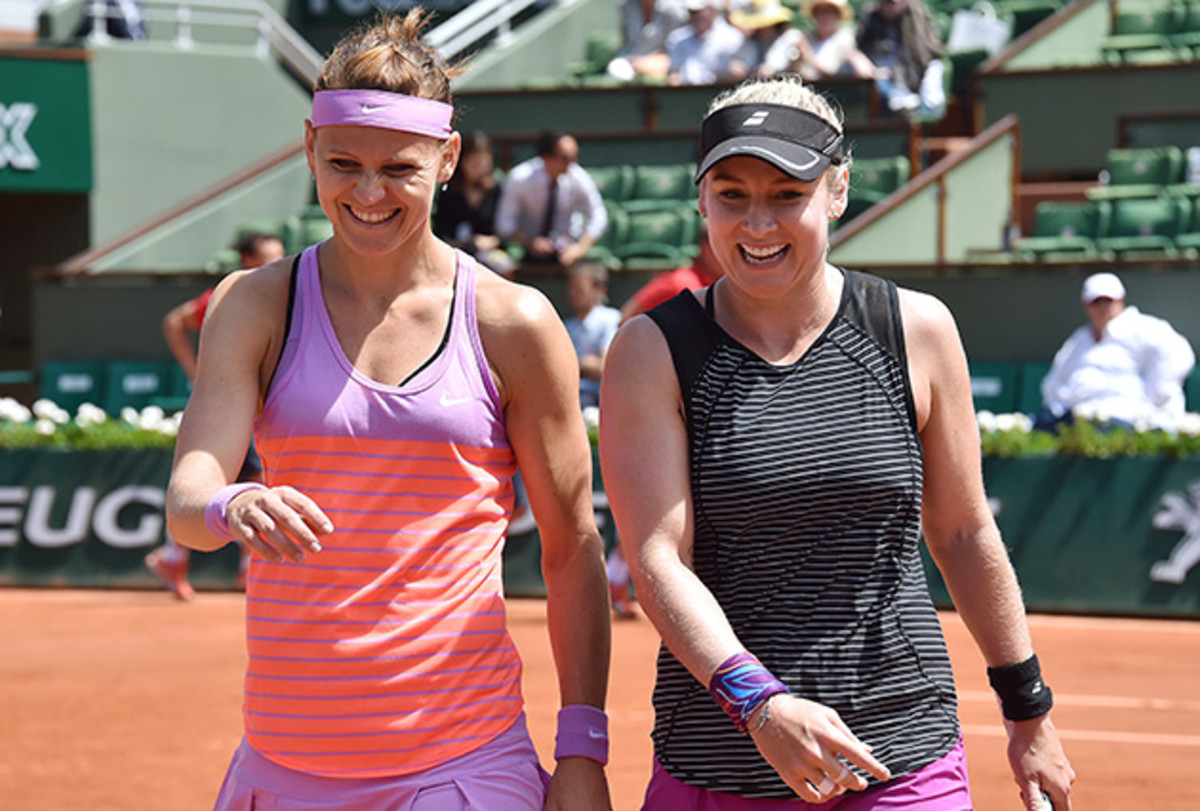
Safarova felt well enough to return to the tour last October in time for tournaments in Linz, Austria, and Moscow. She was desperate to play in her first WTA Finals in Singapore, for which she qualified in both singles and doubles. (She snagged the last singles spot when Serena Williams opted not to play.) But, still feeling stiff and unsure of herself, she won just one singles match in the three events, beating Angelique Kerber in the round robin portion in Singapore.
The SI Extra Newsletter Get the best of Sports Illustrated delivered right to your inbox
Subscribe
“I tried not to pay attention but nothing felt right with my body,” Safarova now recalls. “I wanted to play the Fed Cup final [against Russia in Prague last November, a tie that the Czech Republic ultimately won 3-2] but I woke up one morning and my wrist was huge. I didn’t understand because I knew I hadn’t done anything to hurt it.”
Safarova had been hit by reactive arthritis, a post-infectious auto-immune illness that causes severe joint pain and swelling. She was in such agony that just getting out of bed to use the bathroom was an ordeal. She couldn’t walk, let alone play tennis. Mostly, she spent last year’s holiday season and this year’s Australian Open reading books (her favorite was The Monk Who Sold his Ferrari, a fable about fulfilling your dreams and reaching your destiny), watching movies and visiting with family and friends. She also resumed her psychology studies at Palacke’ho Univerzita, or Palacky University, which she had put on hold to travel around the world playing tennis.
TOP 100 PHOTOS FROM 2015 FRENCH OPEN
French Open 2015 Top 100
Rafael Nadal
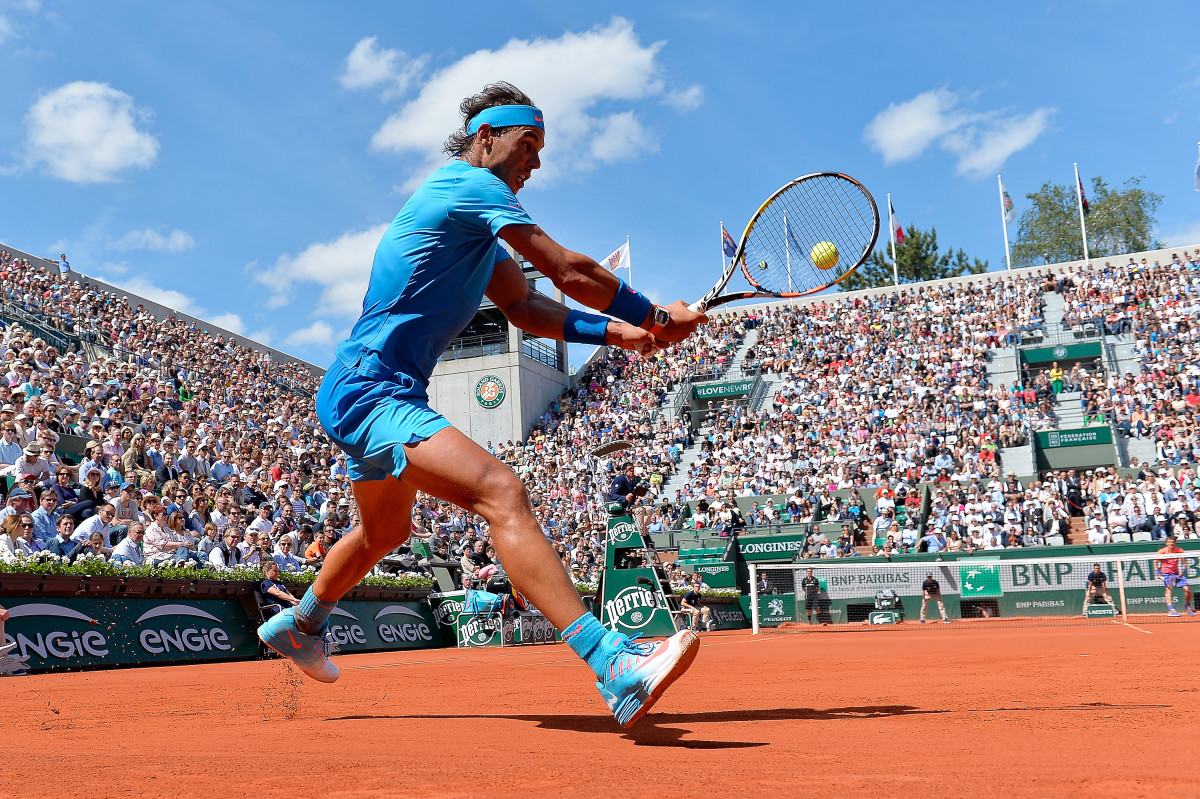
Stan Wawrinka
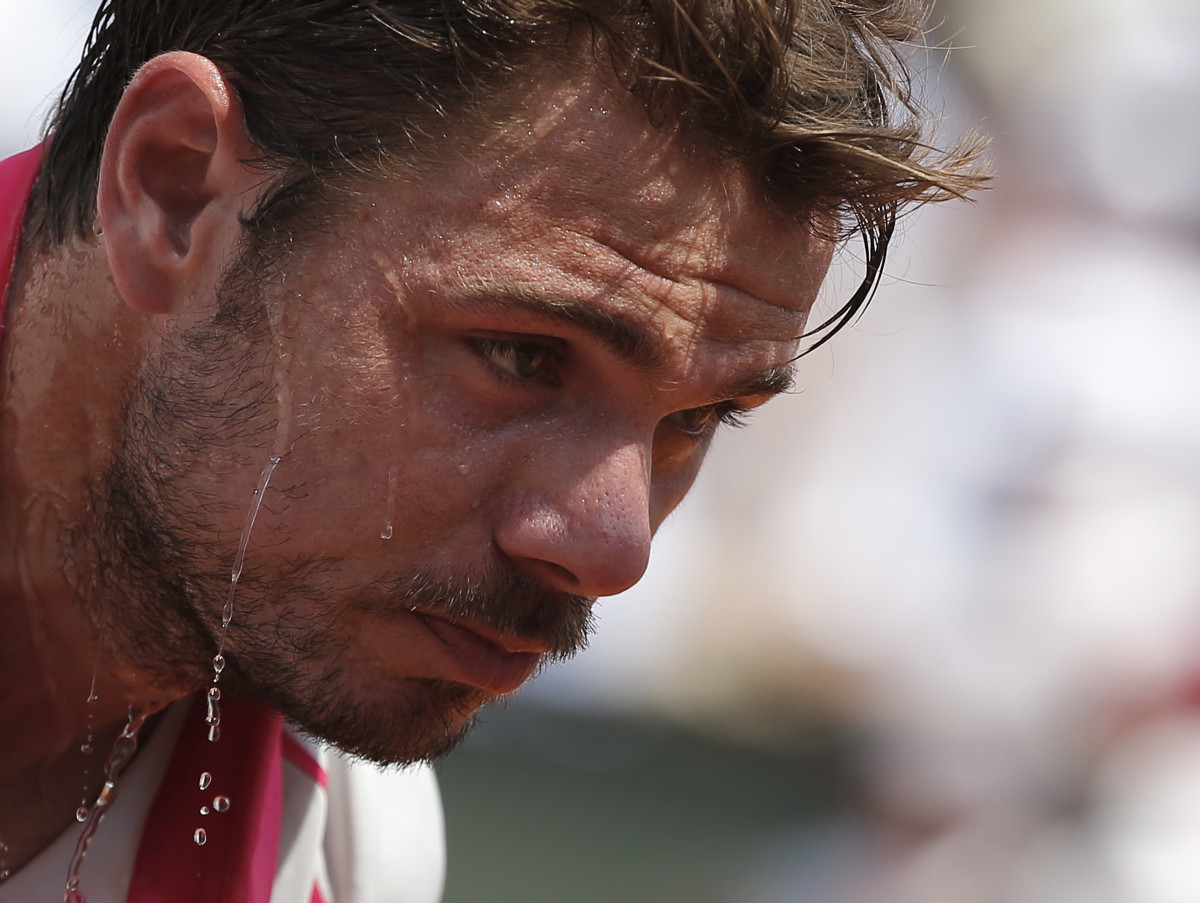
French Open
Andy Murray
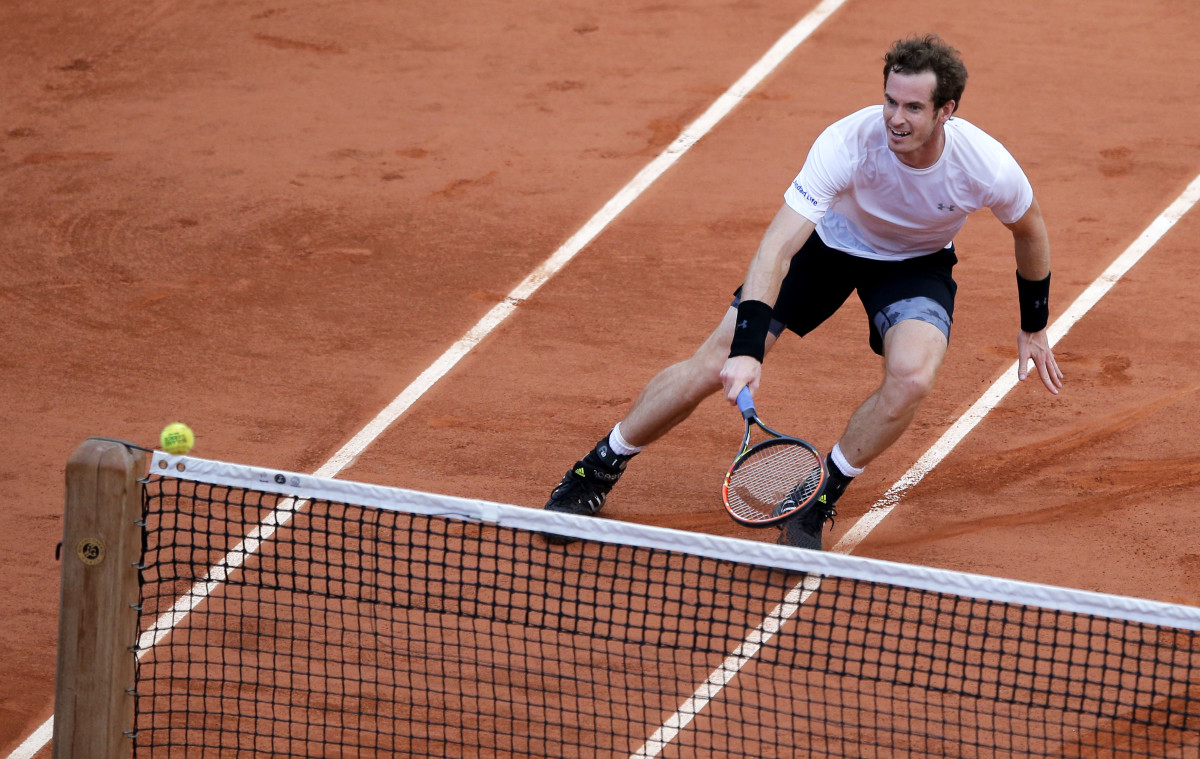
Lucie Safarova
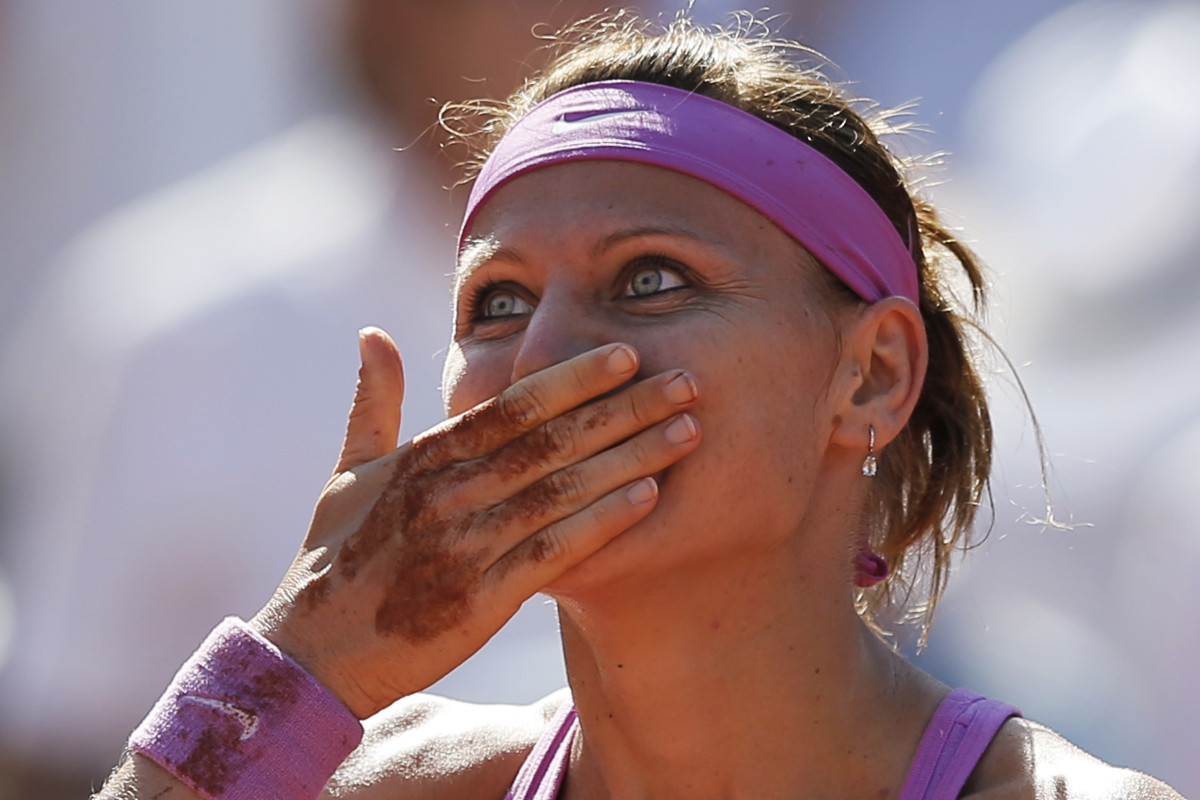
Rafael Nadal
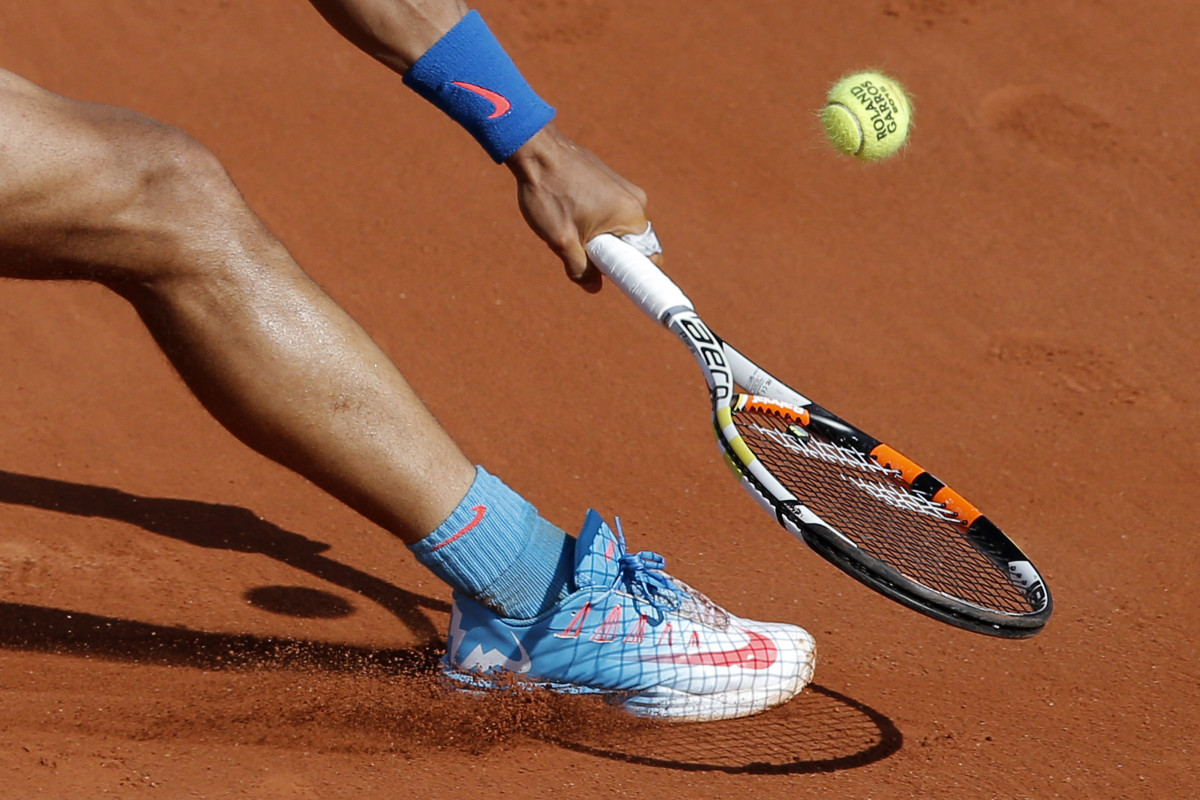
Lucie Safarova
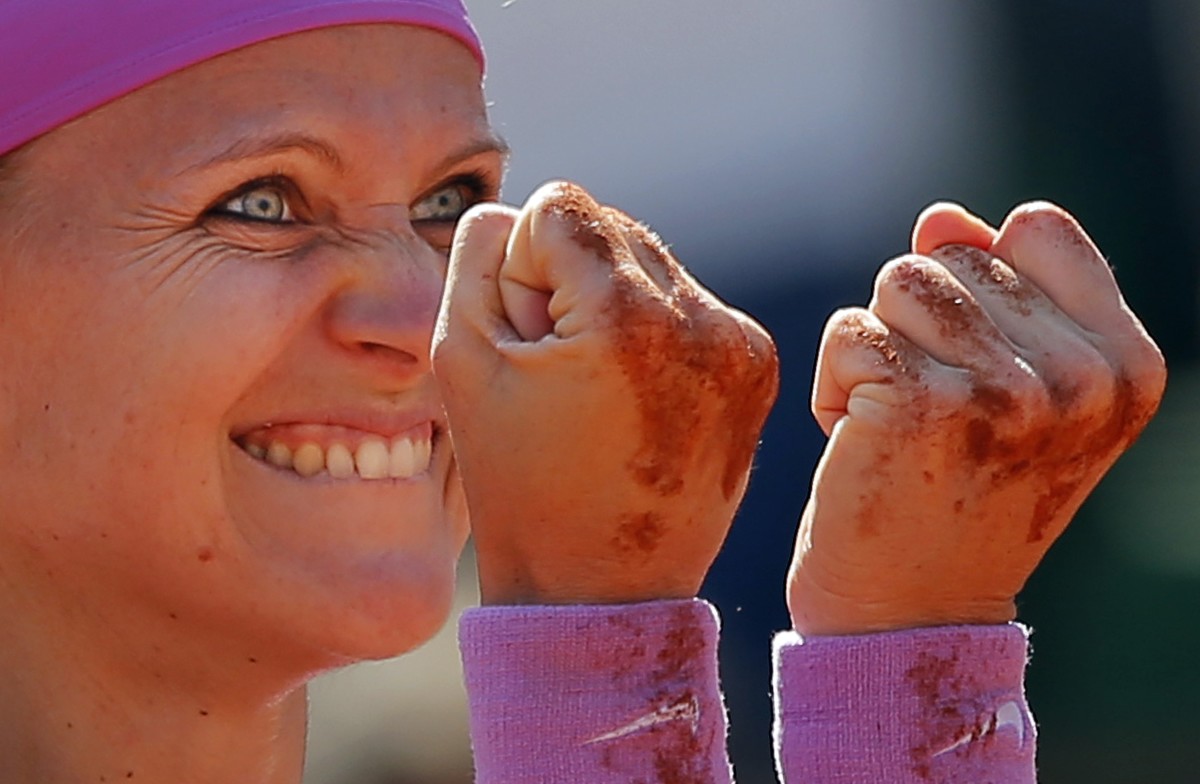
French Open
Roger Federer
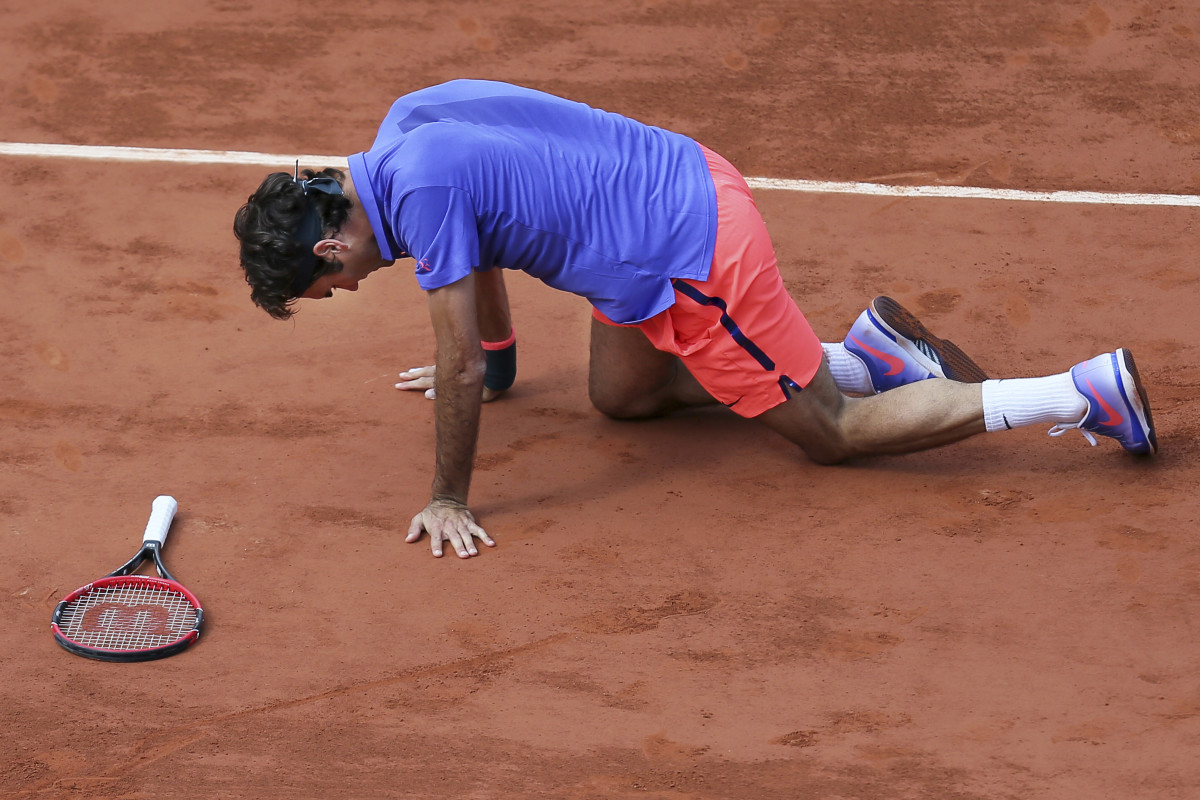
Andy Murray
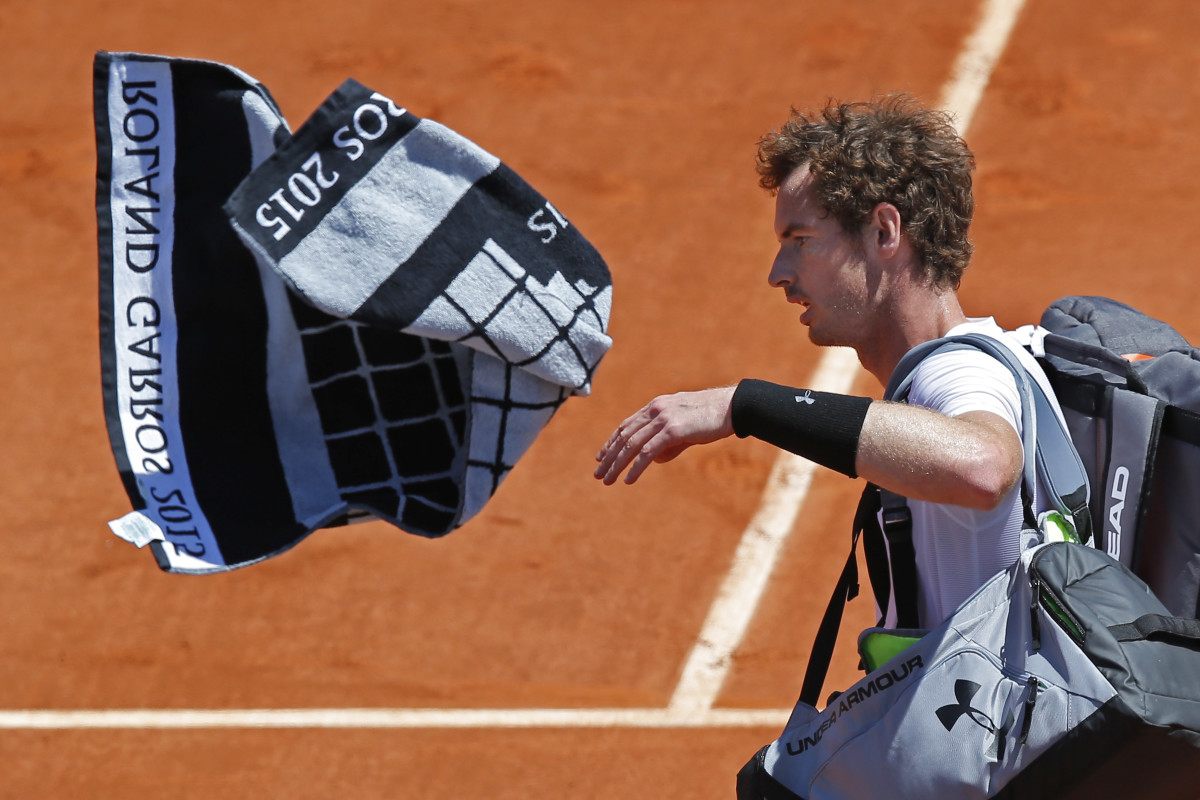
Novak Djokovic
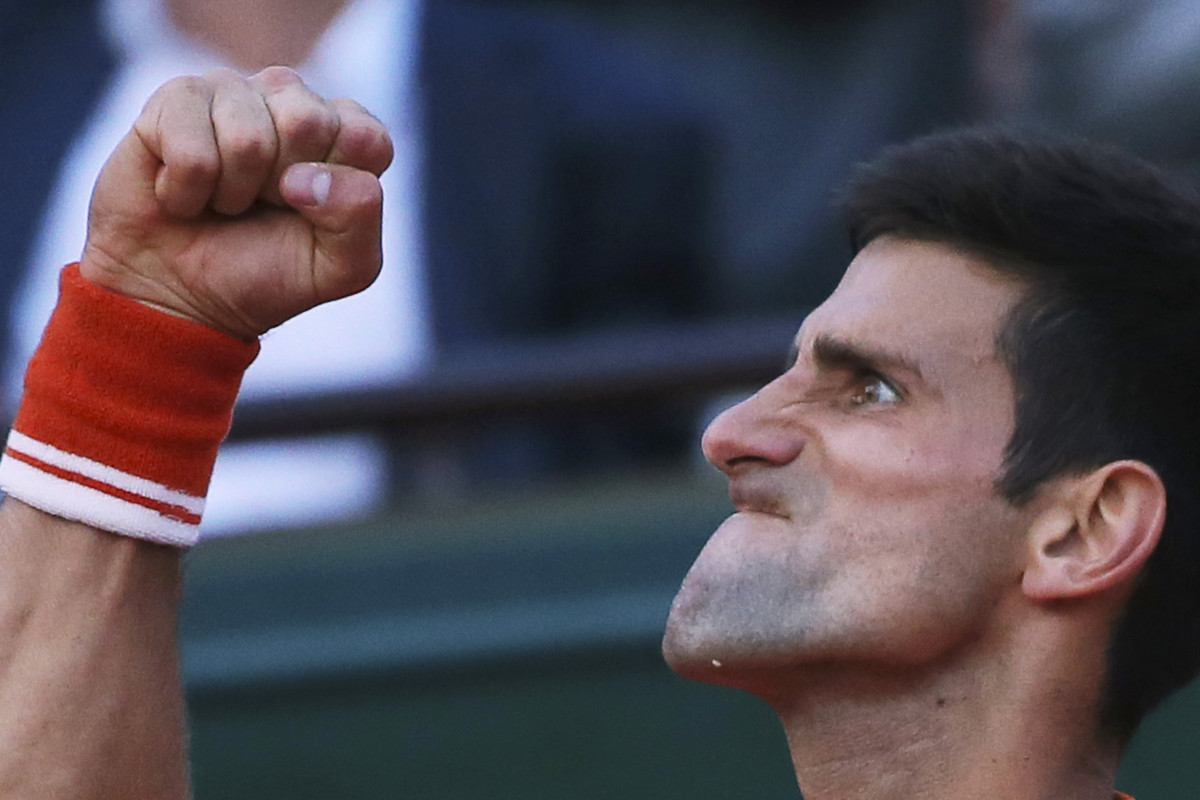
Alize Cornet
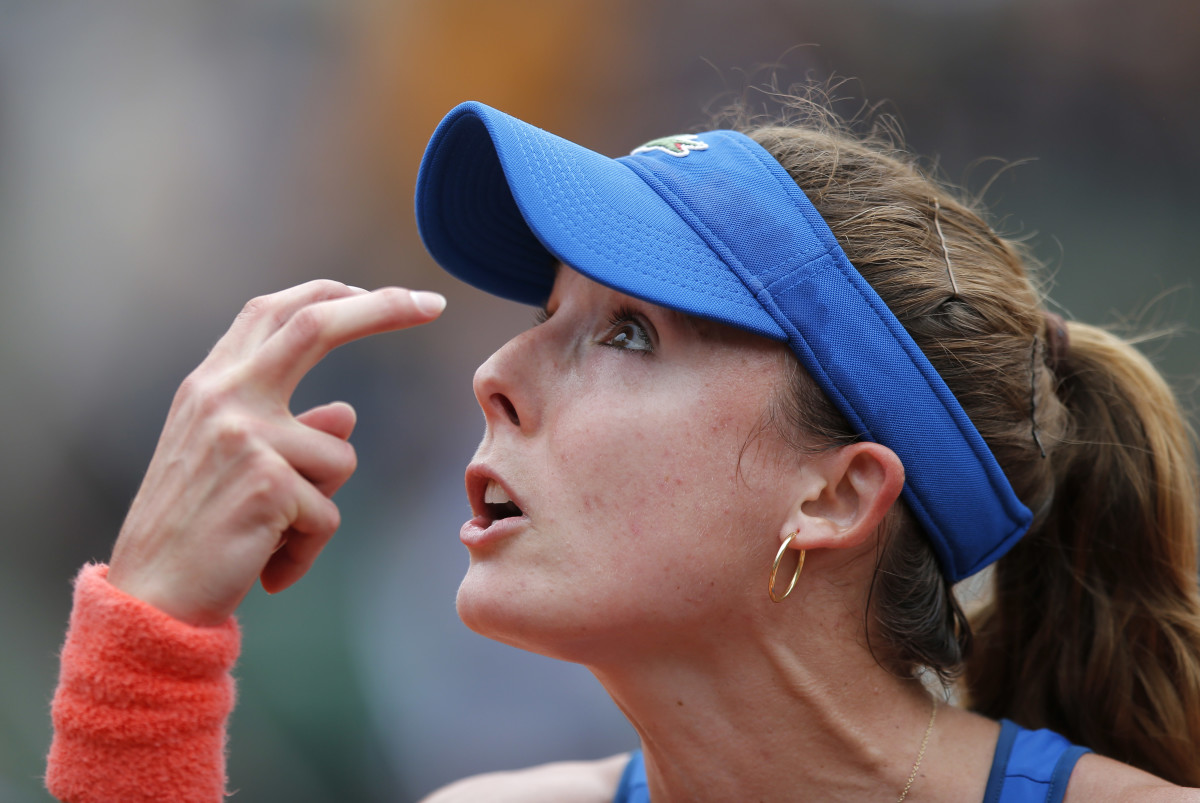
French Open
Rafael Nadal
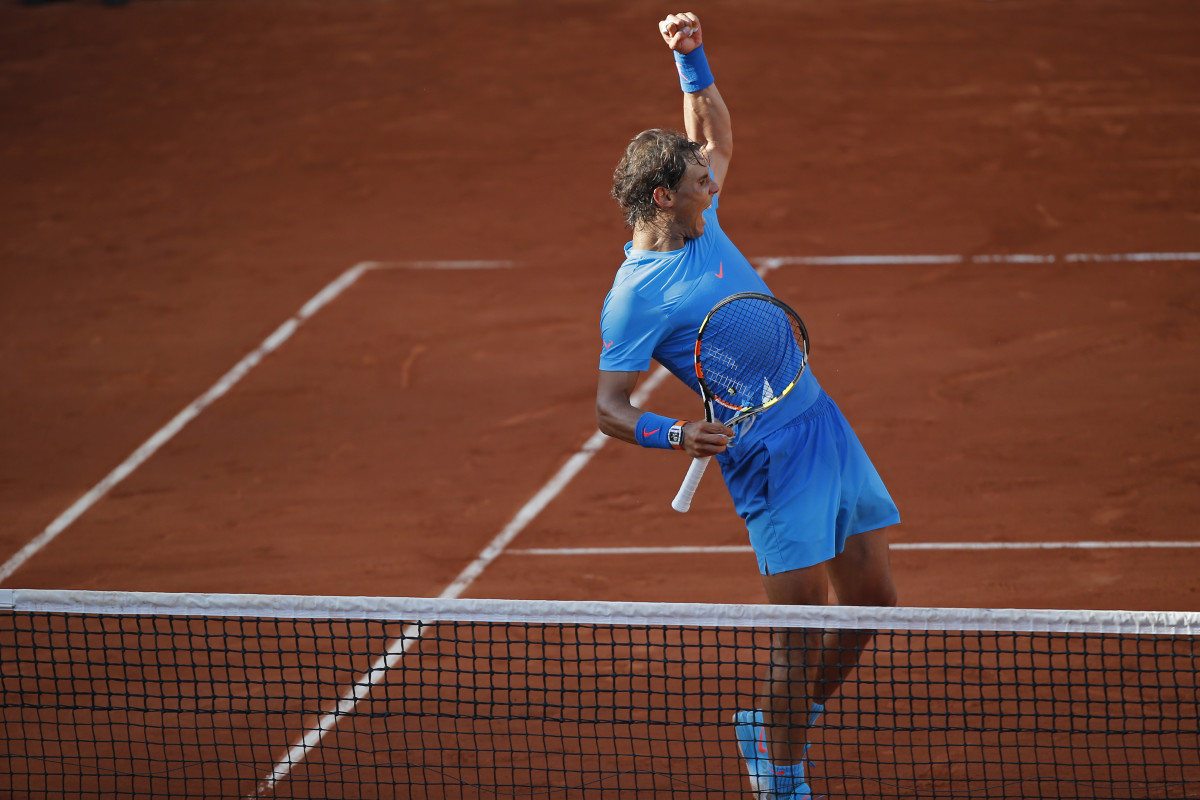
Novak Djokovic
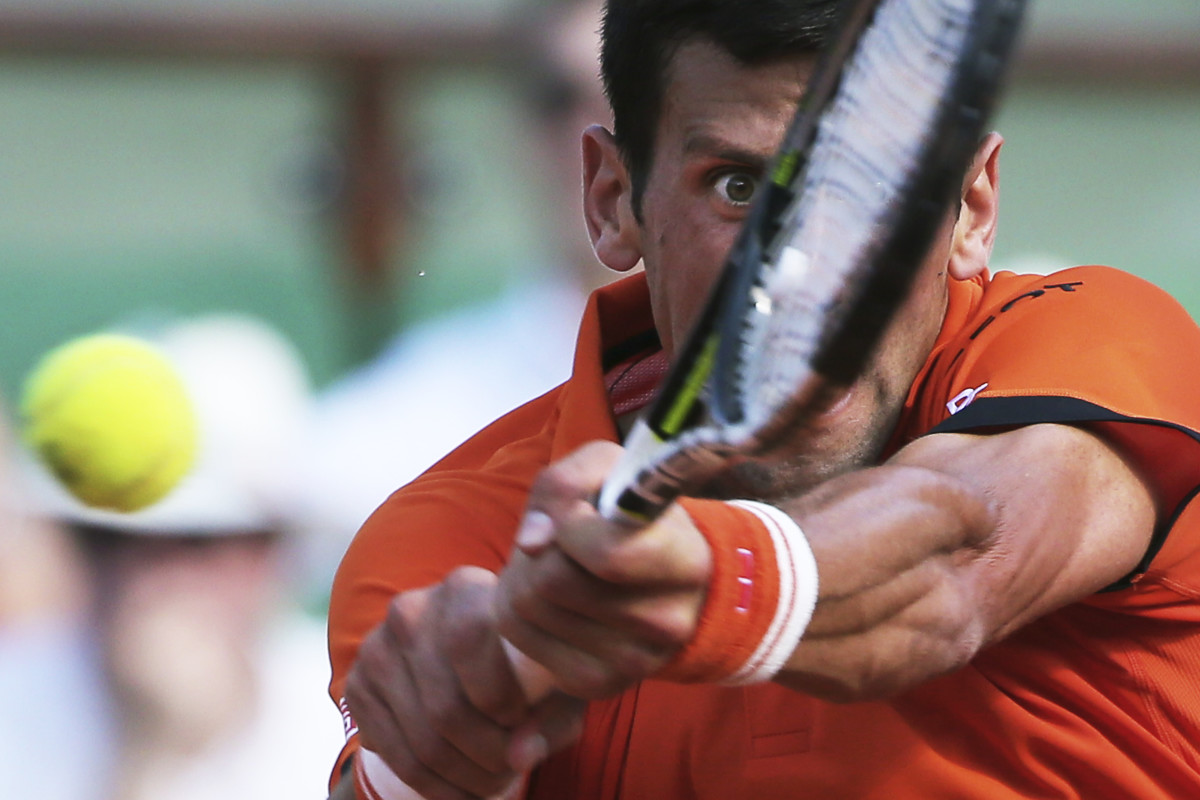
Jo-Wilfried Tsonga
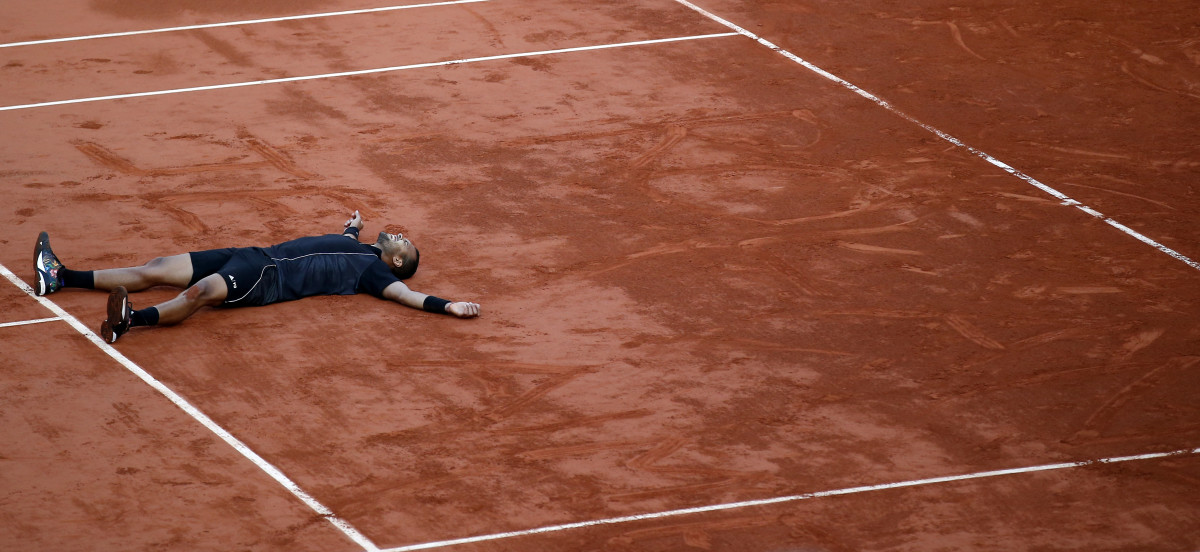
Serena Williams
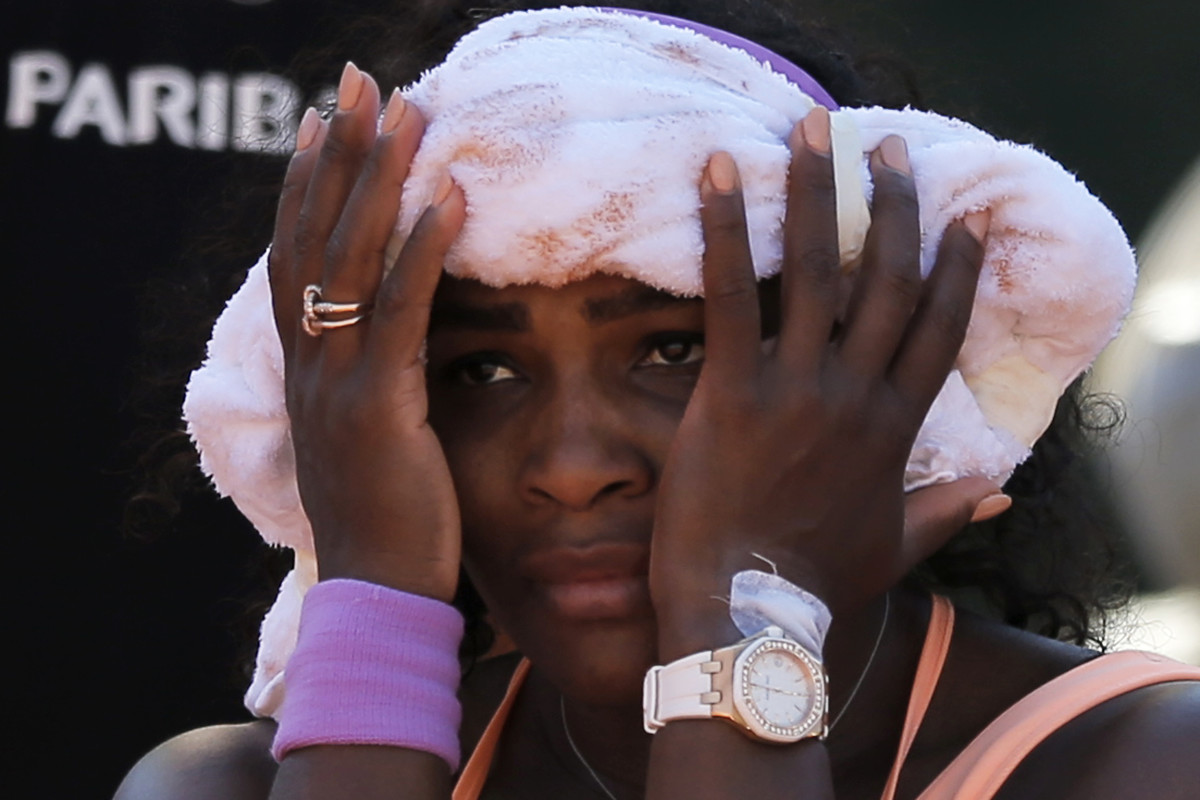
Stan Wawrinka
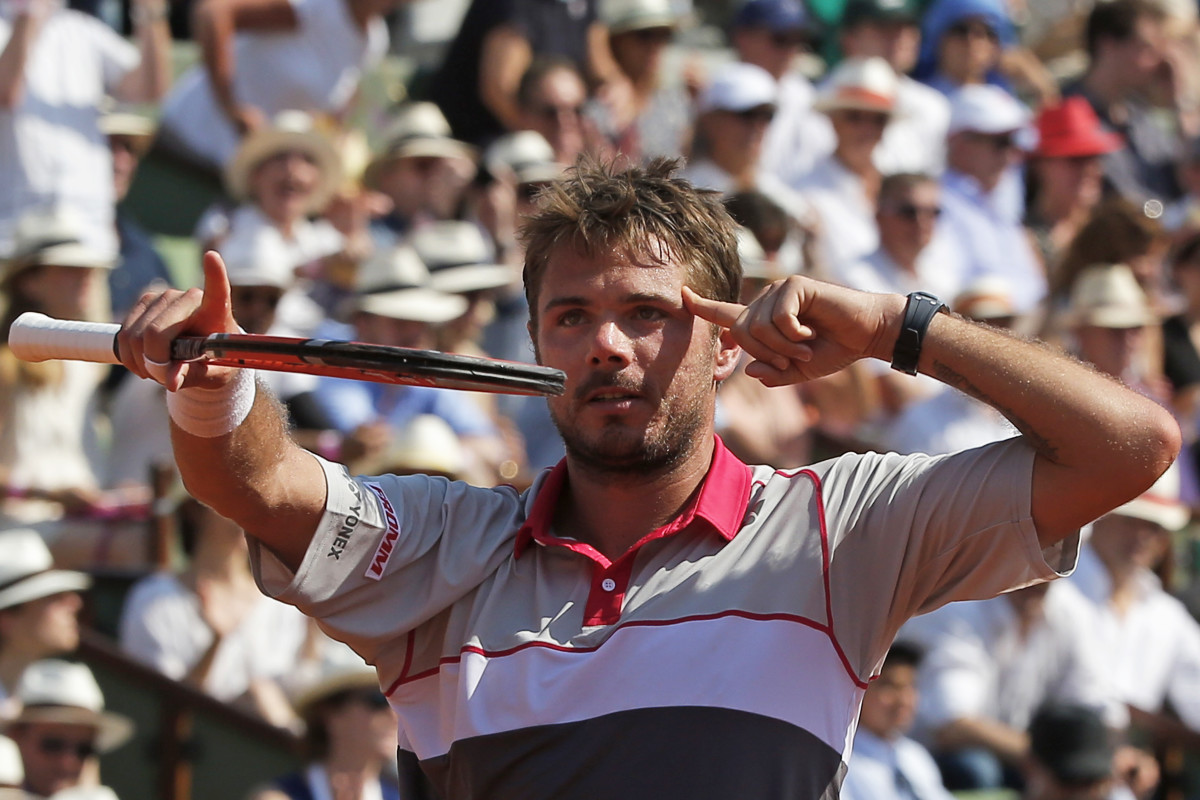
Andy Murray
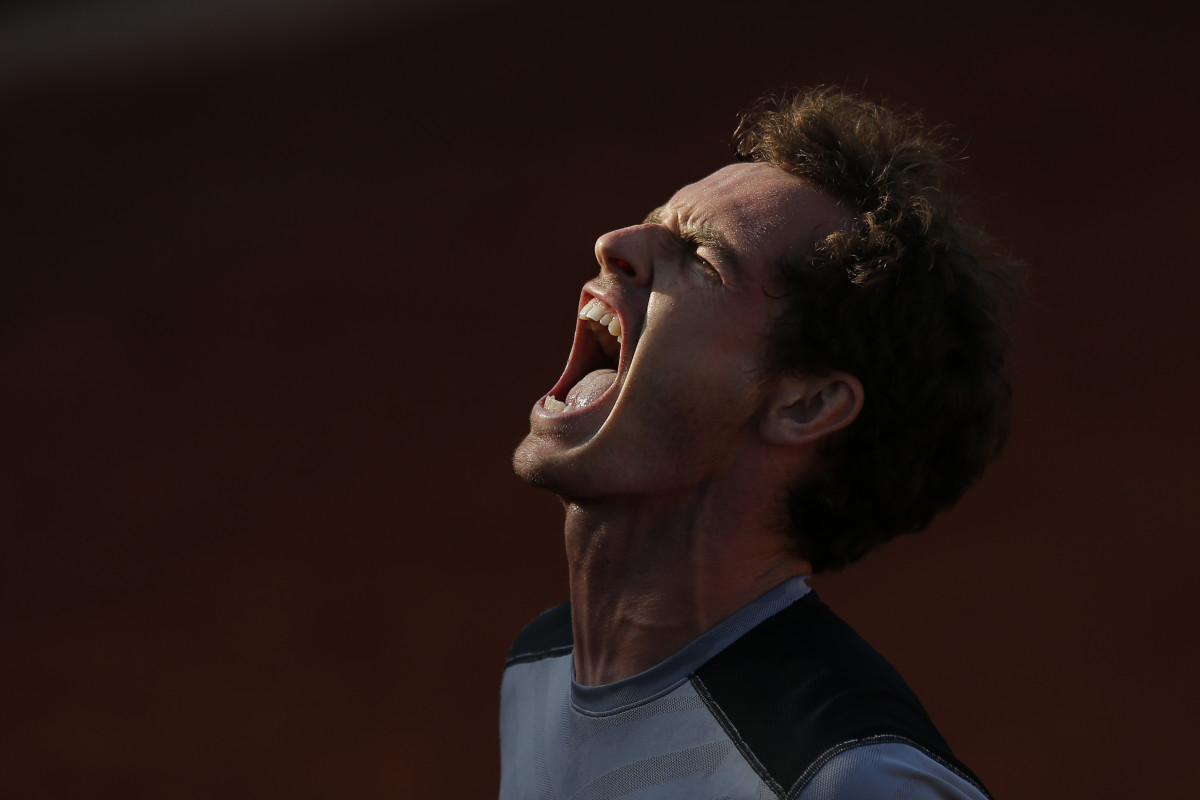
Jo-Wilfried Tsonga
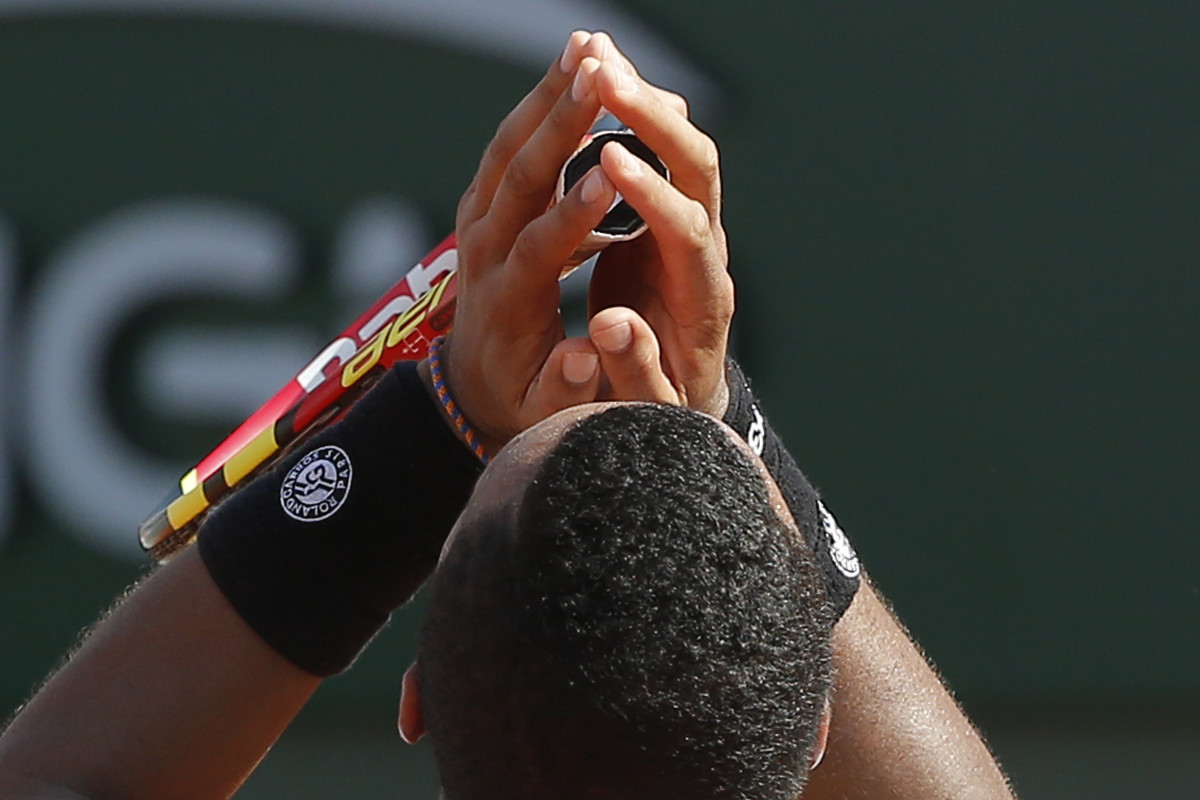
Serena Williams
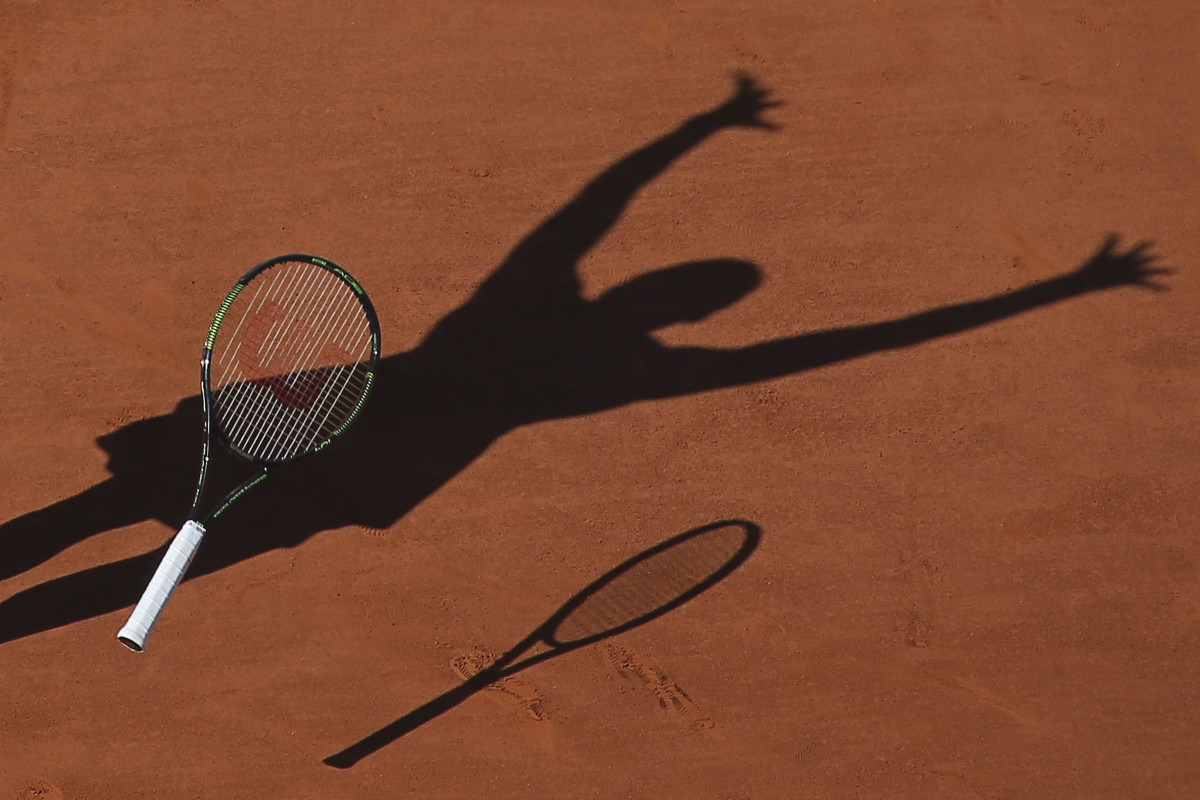
Rafael Nadal
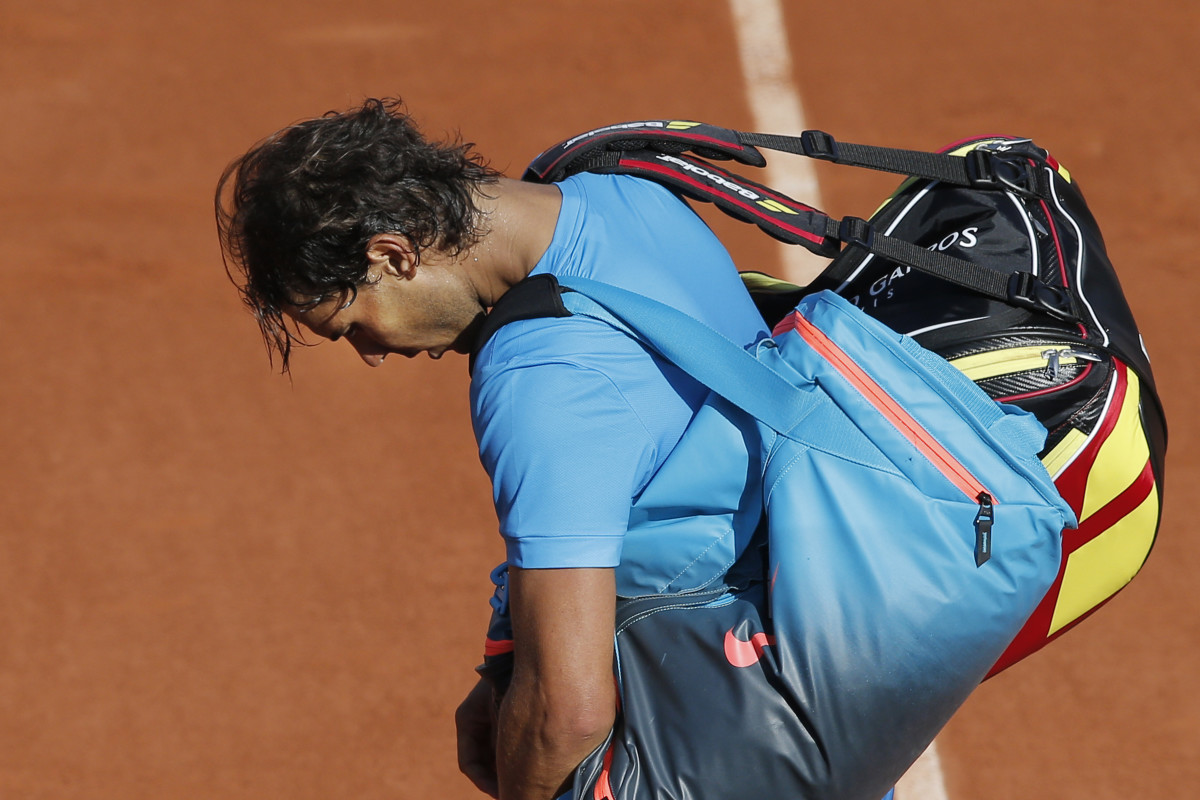
Ana Ivanovic
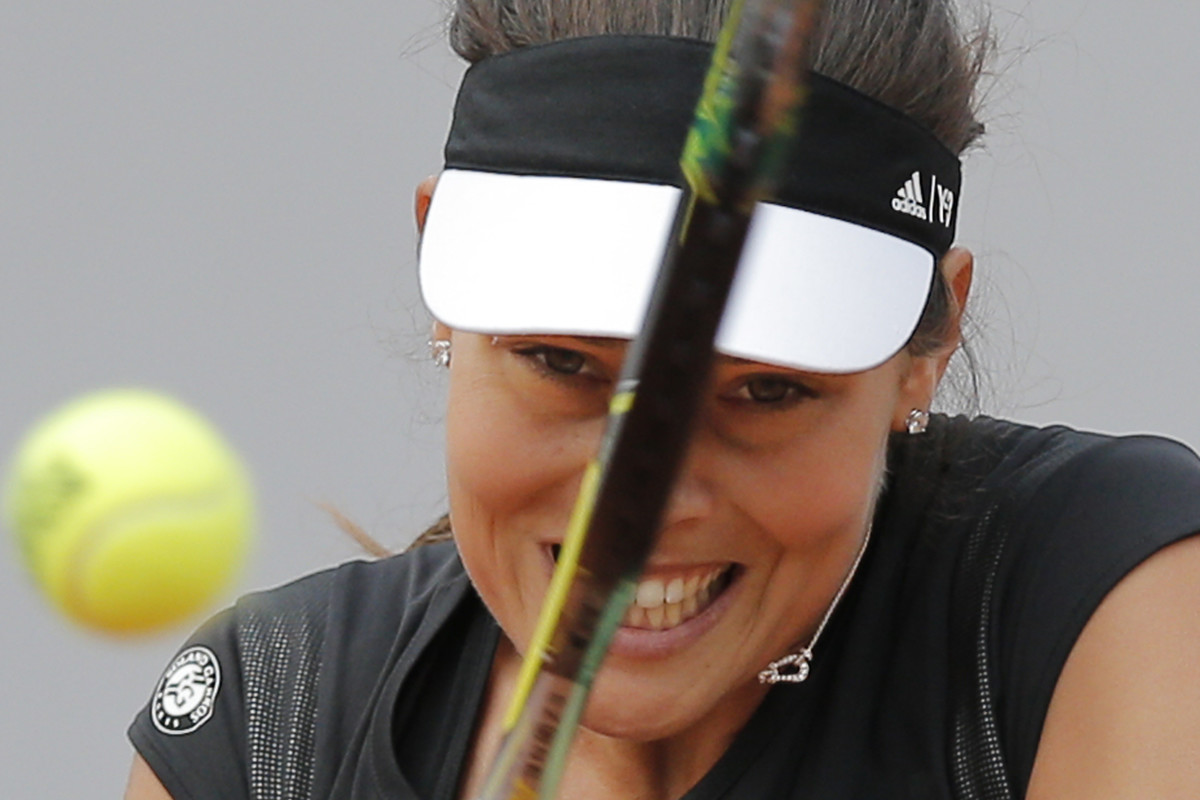
Andy Murray
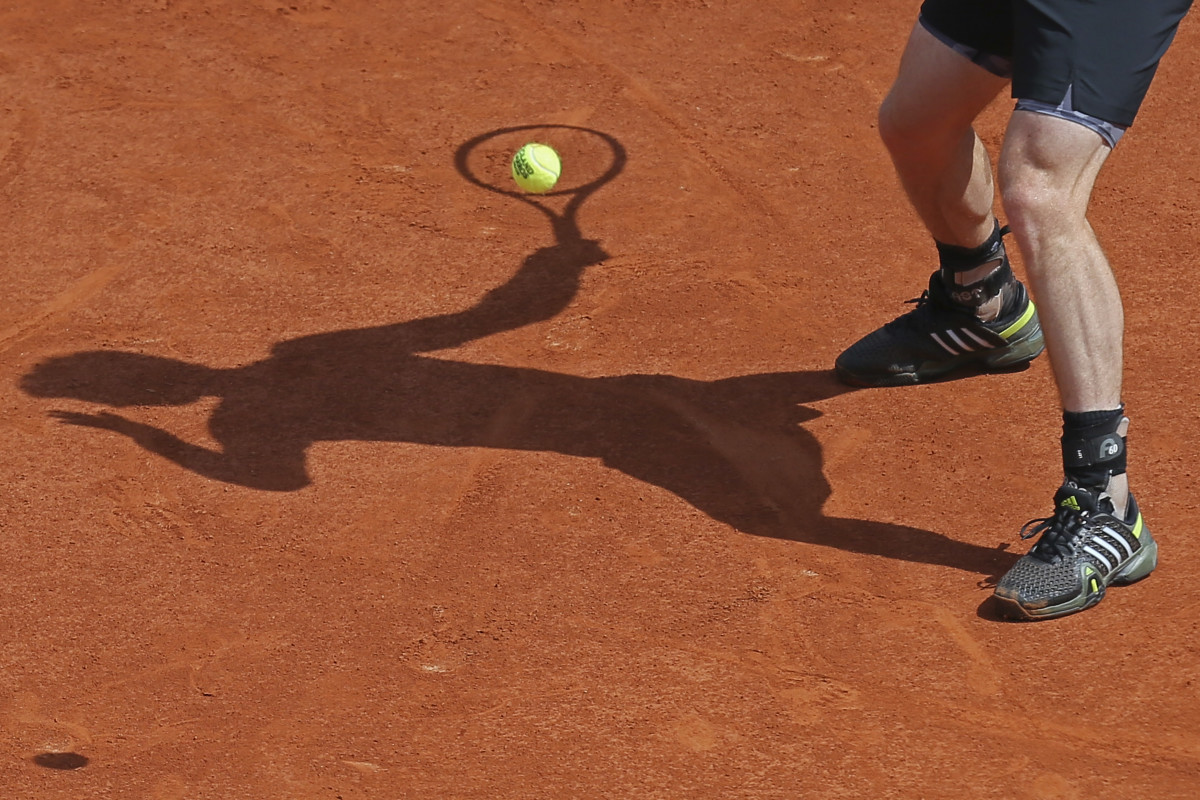
Maria Sharapova
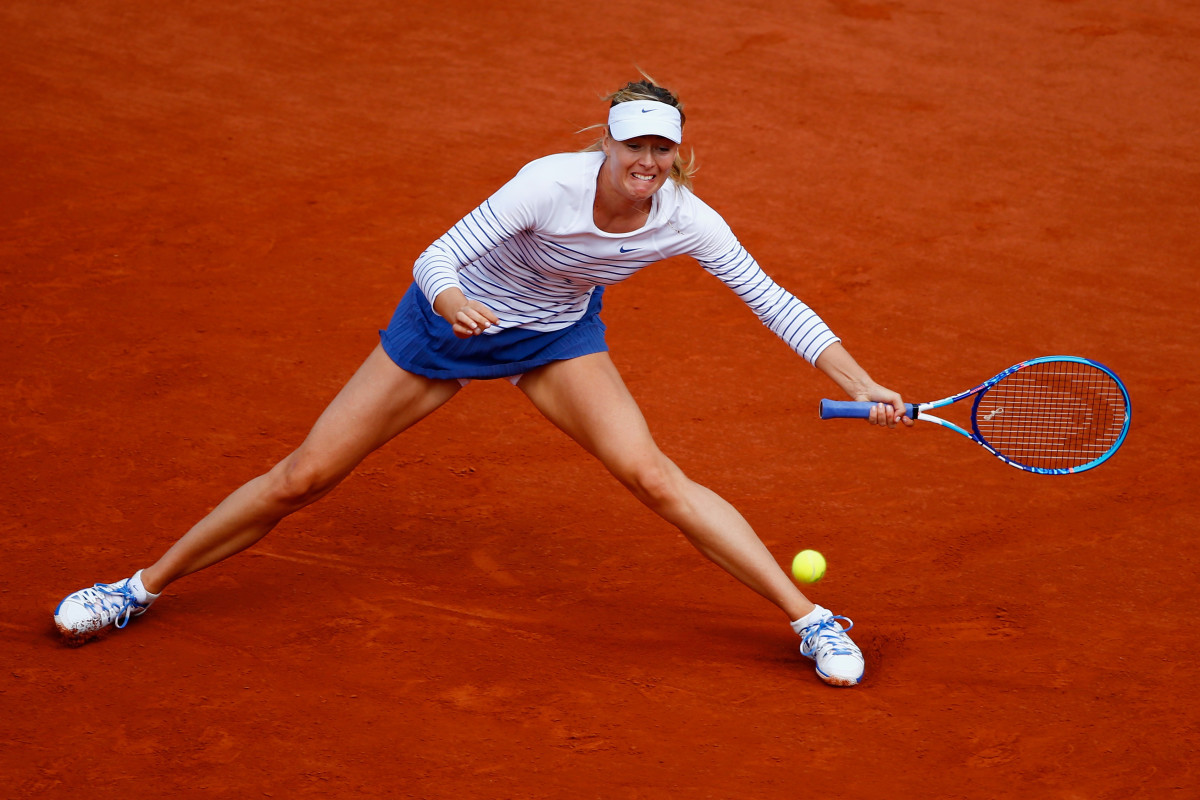
Maria Sharapova
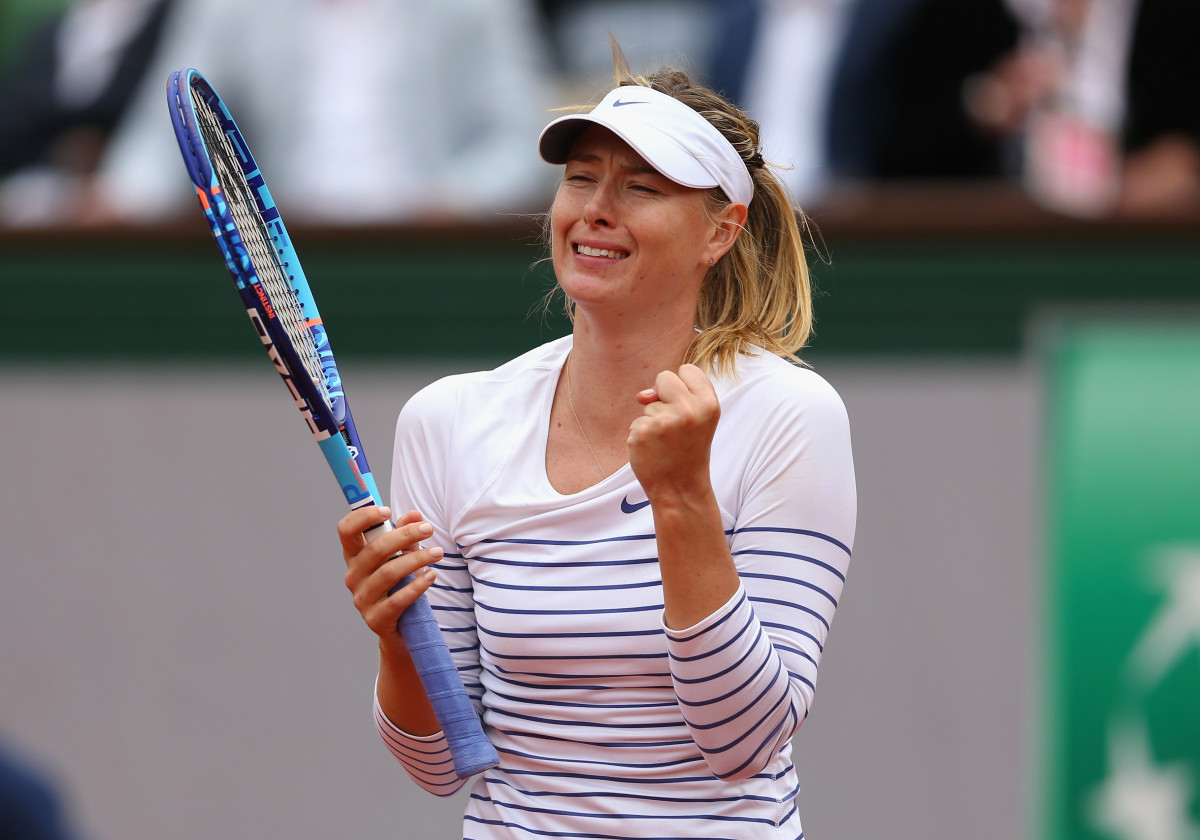
Maria Sharapova
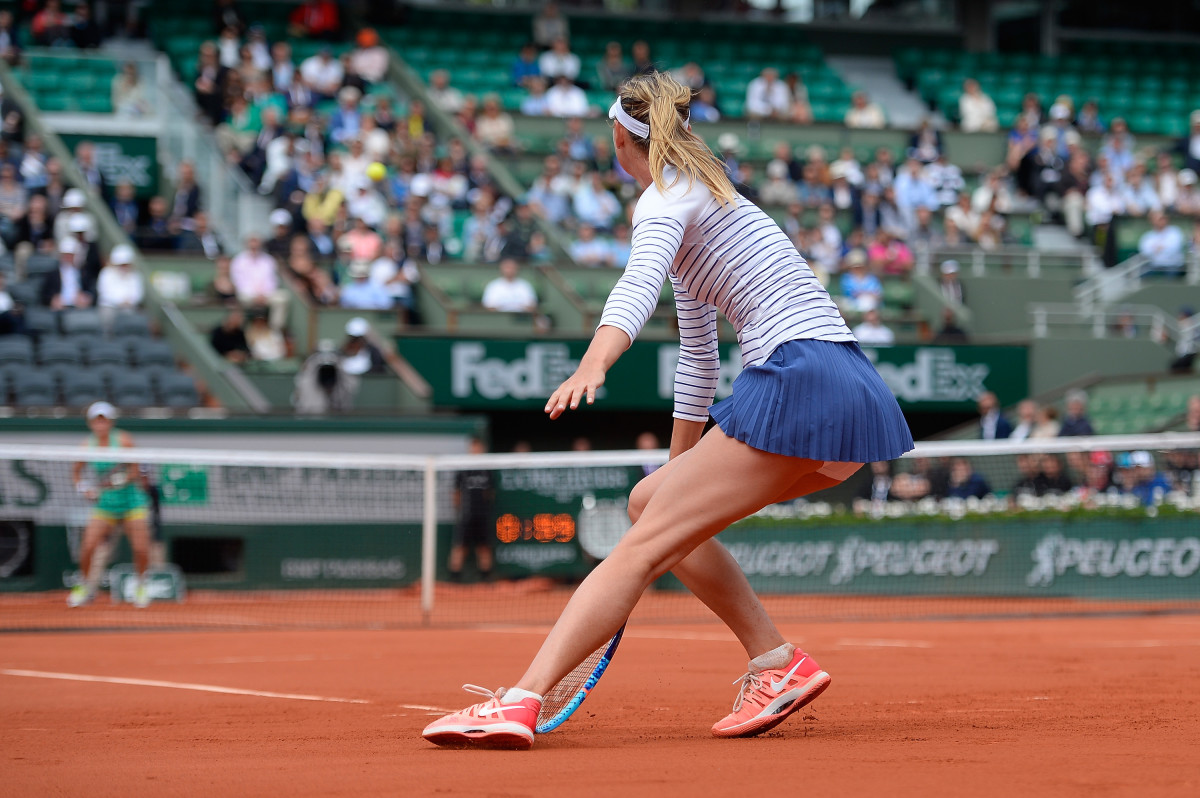
French Open
Serena Williams
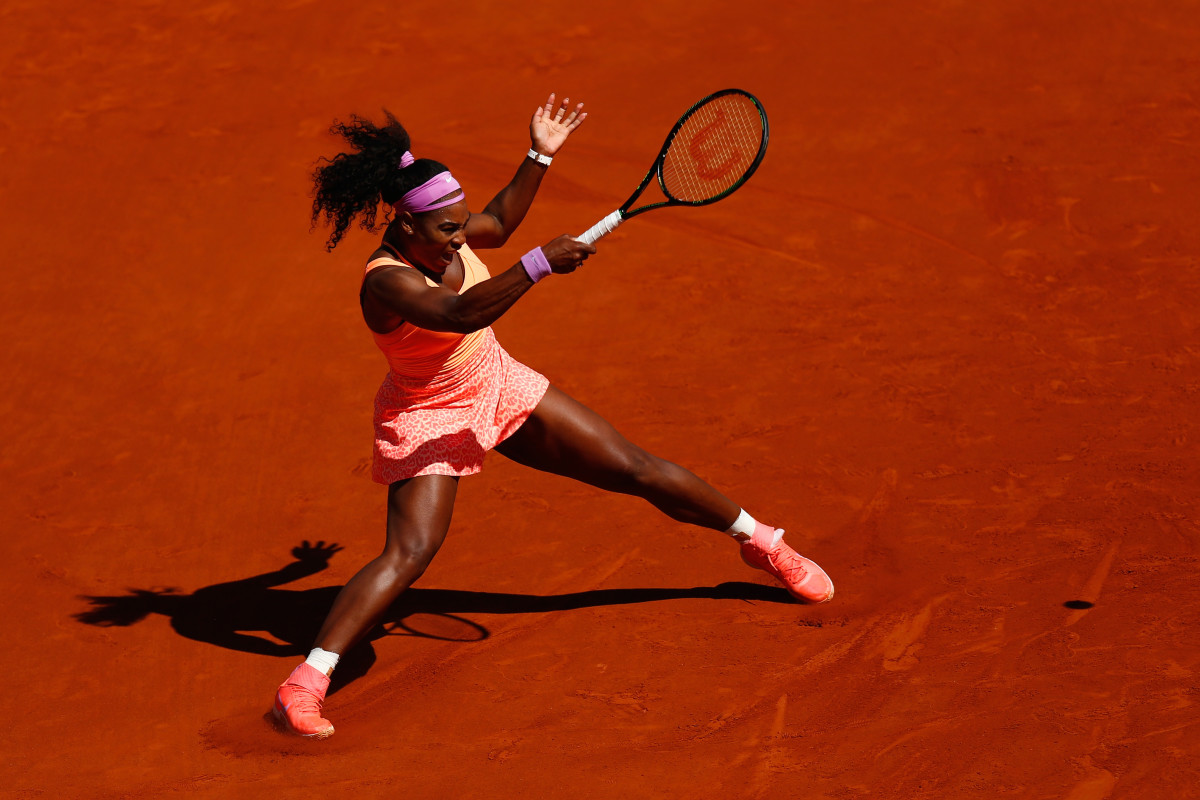
Mike Bryan
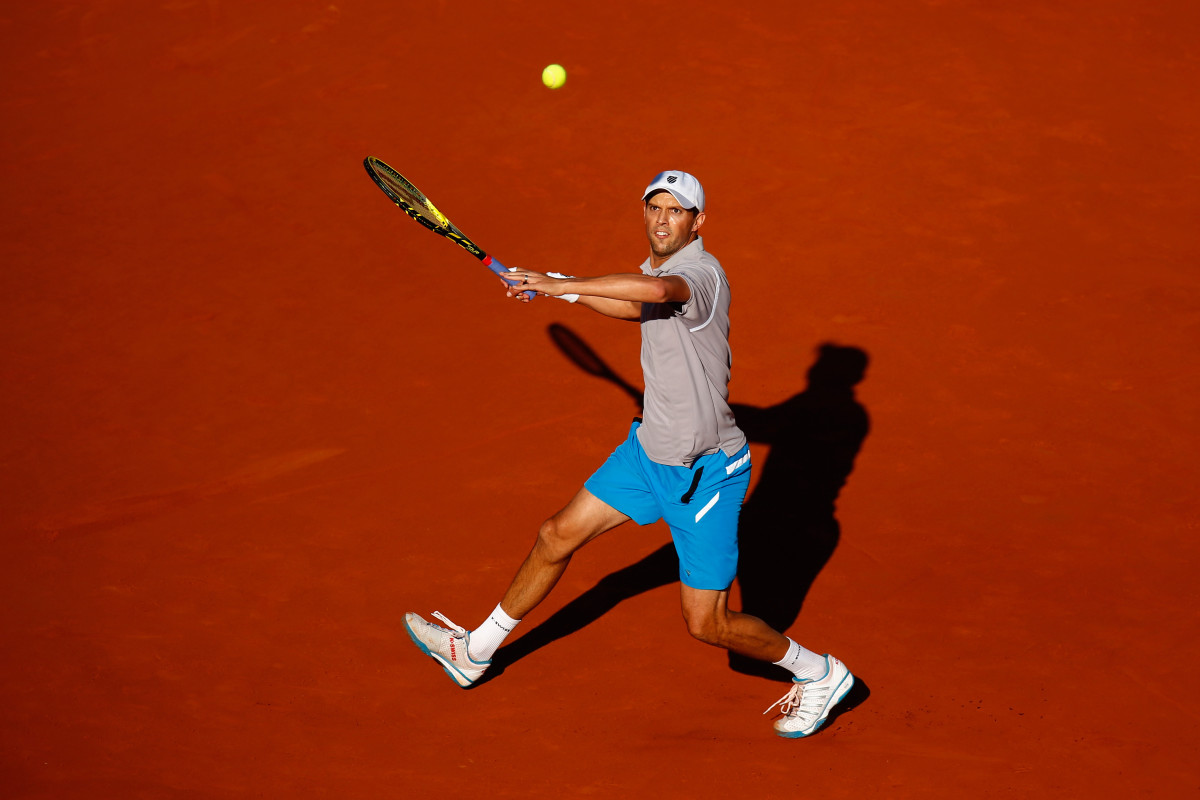
Jean Gachassin, Martina Navratilova, Serena Williams
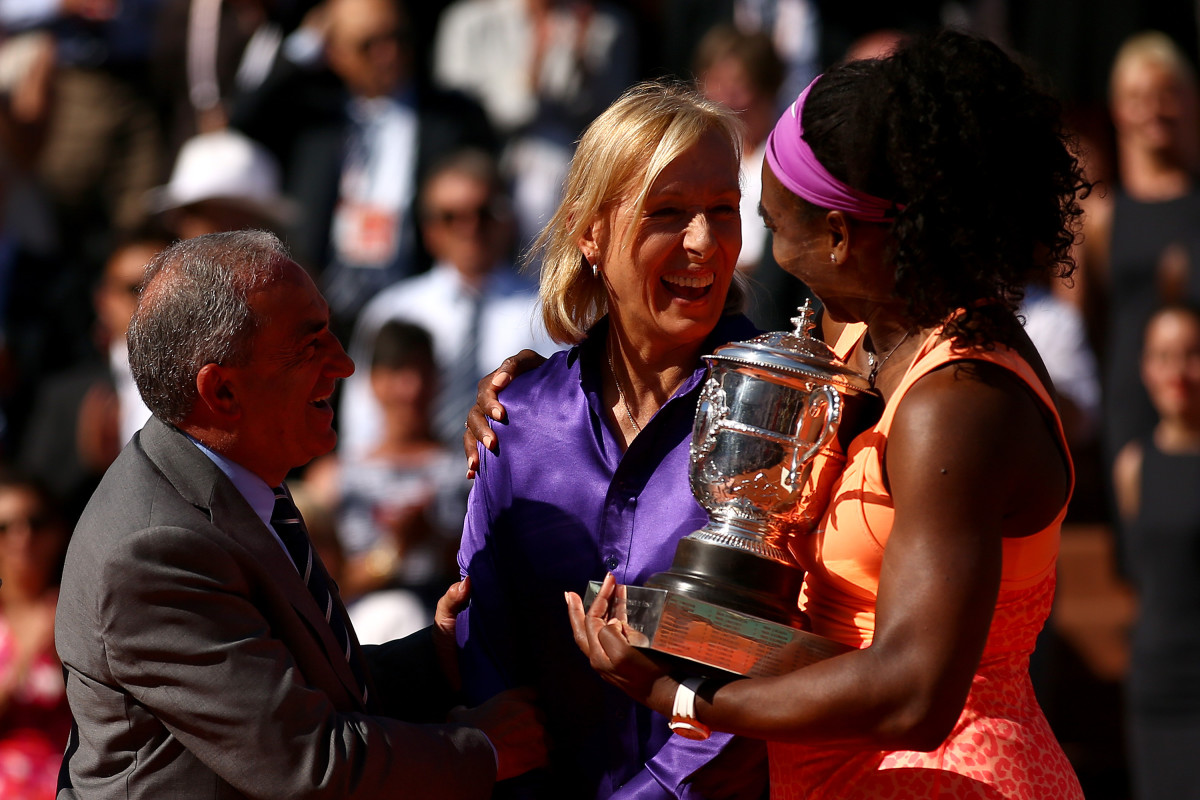
Serena Williams
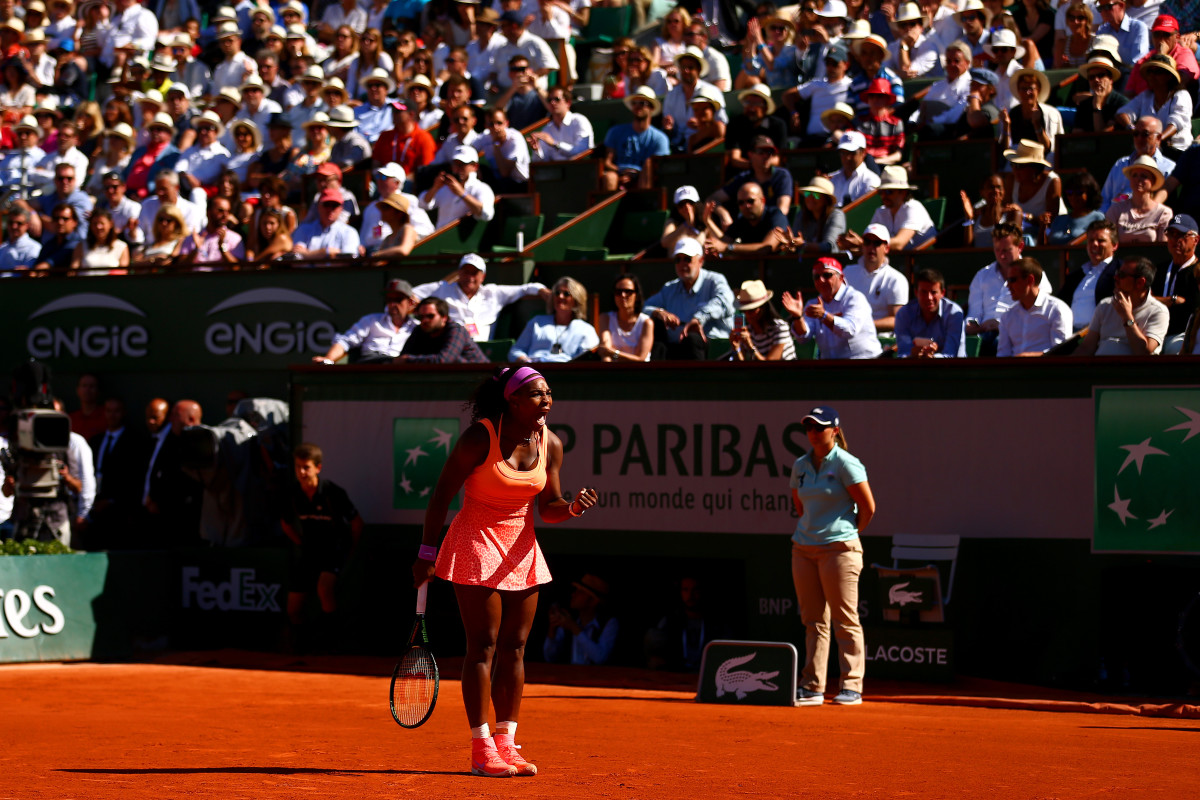
Serena Williams
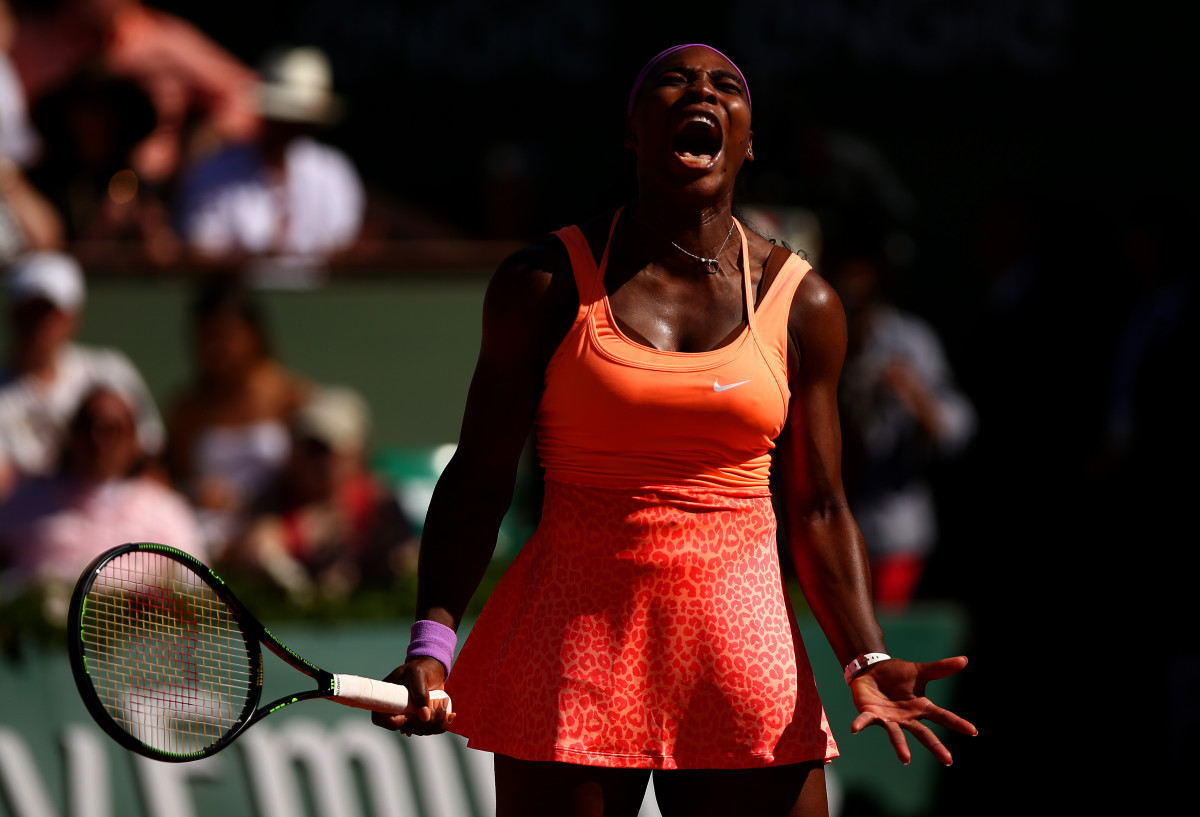
Stan Wawrinka
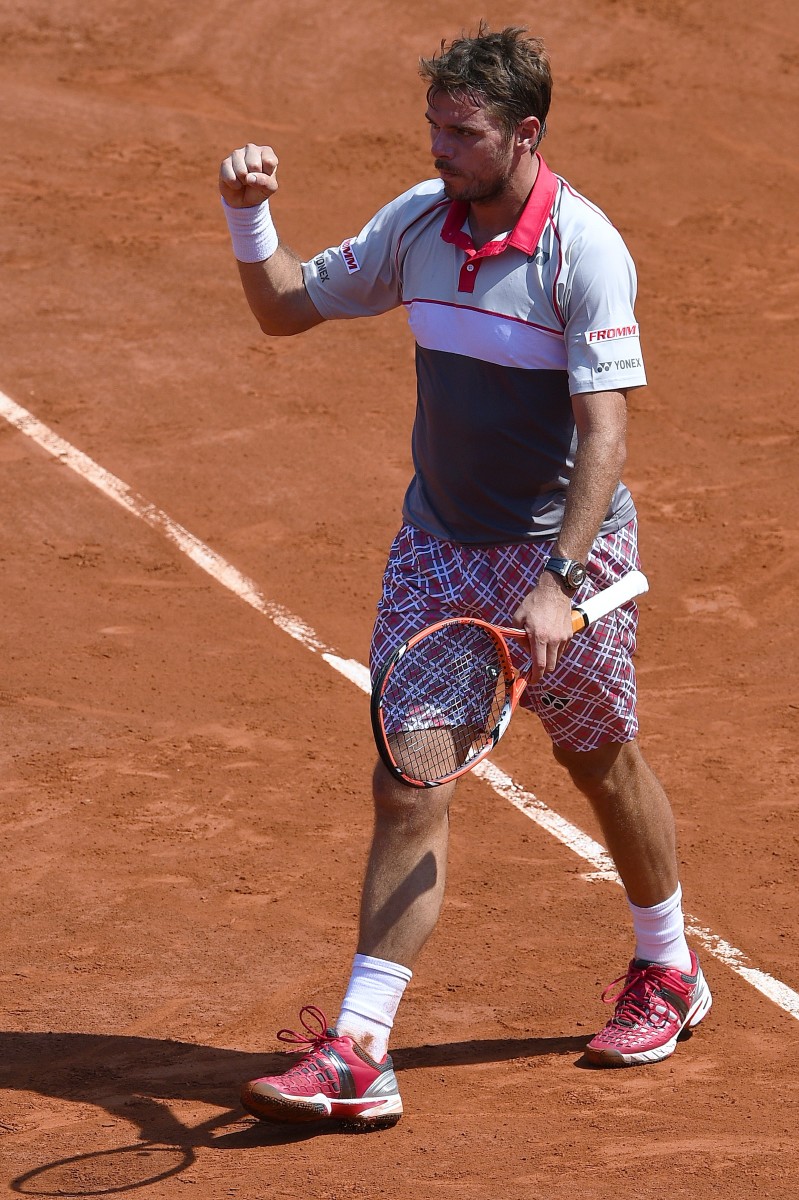
Shingo Kunieda and Gordon Reid
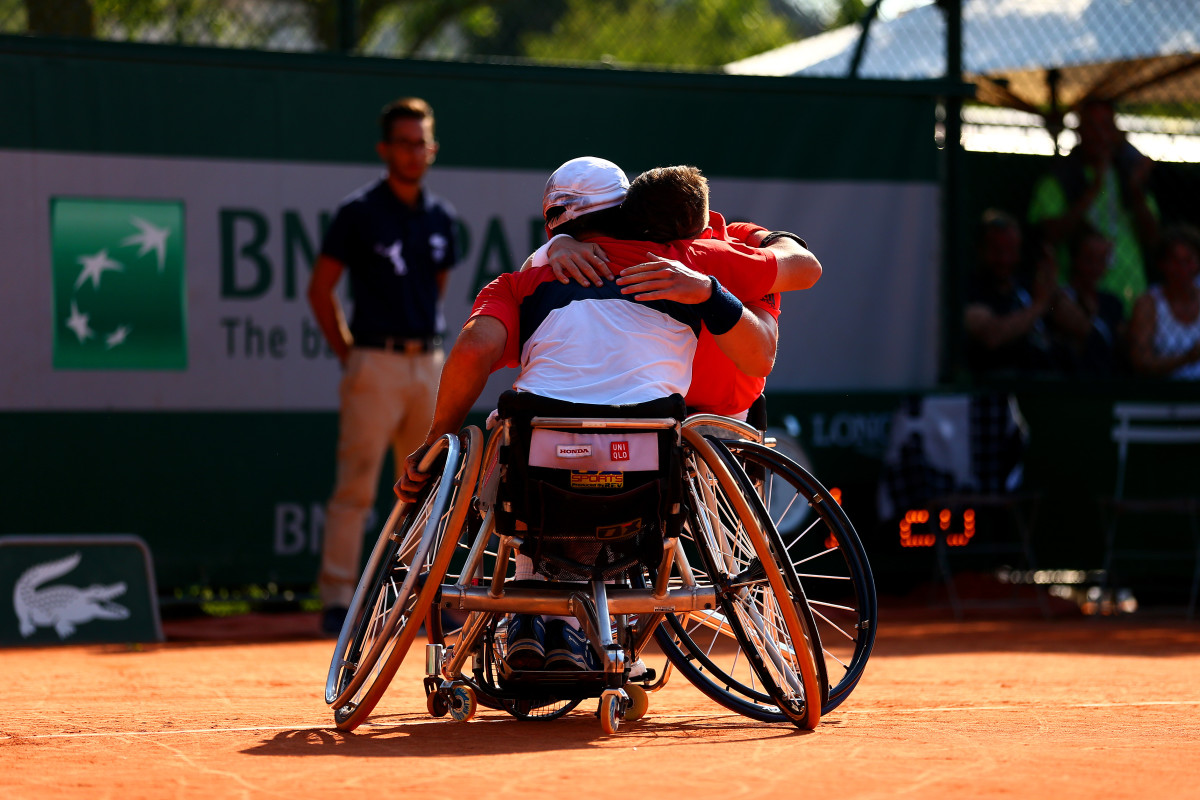
Taylor Harry Fritz and Tommy Paul
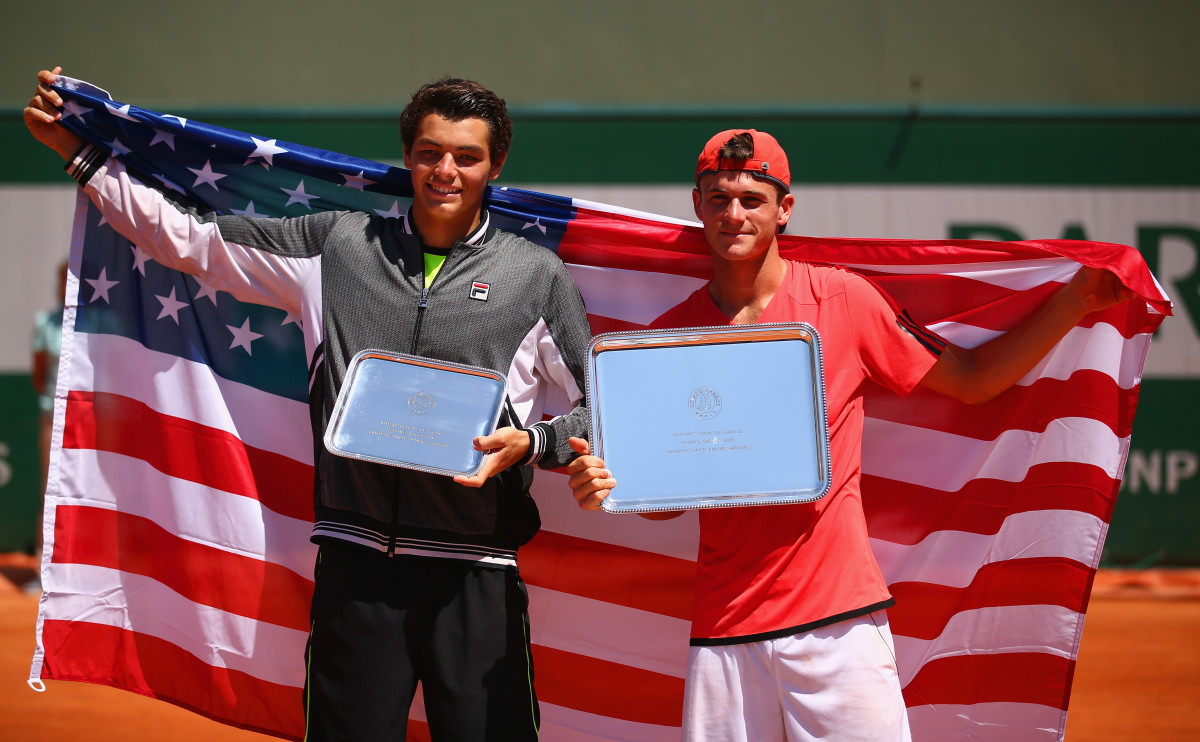
French Open
Andy Murray
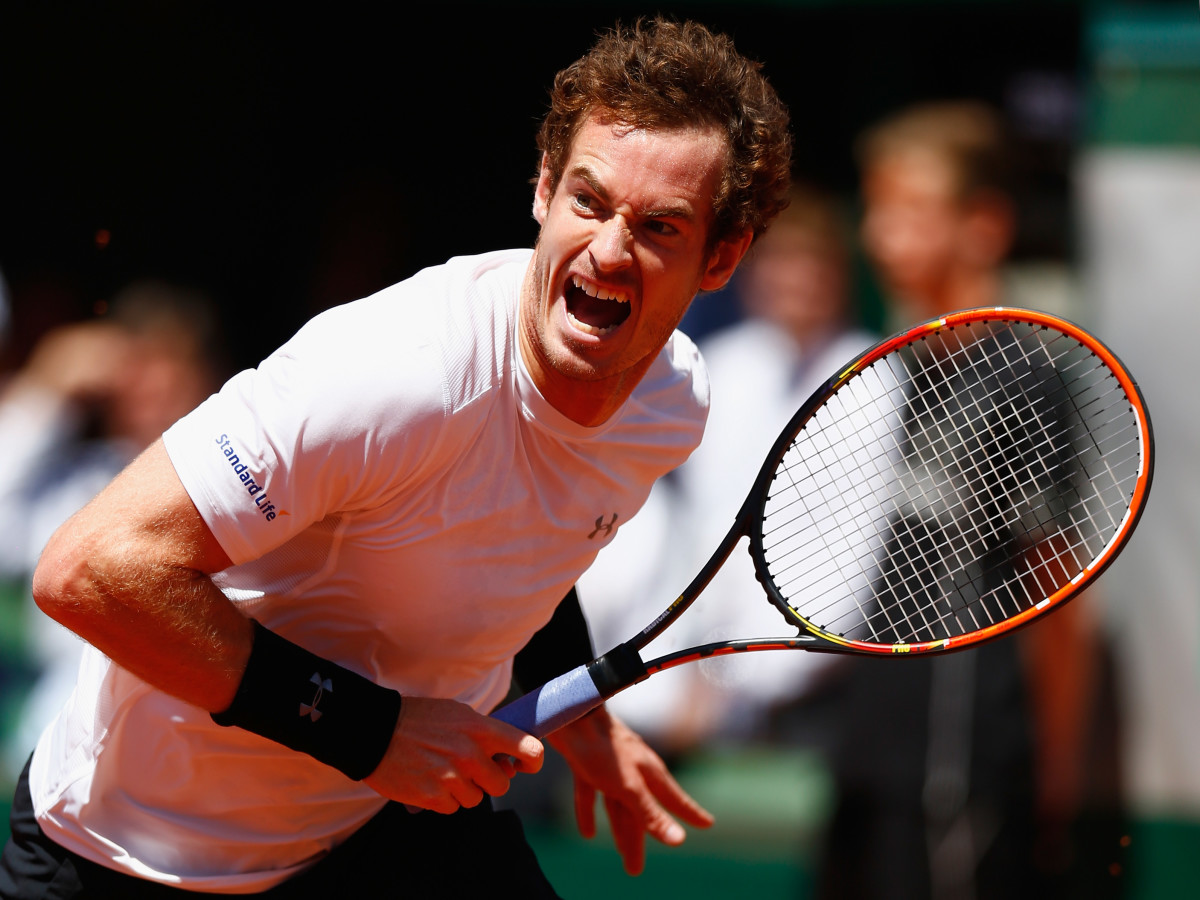
Serena Williams
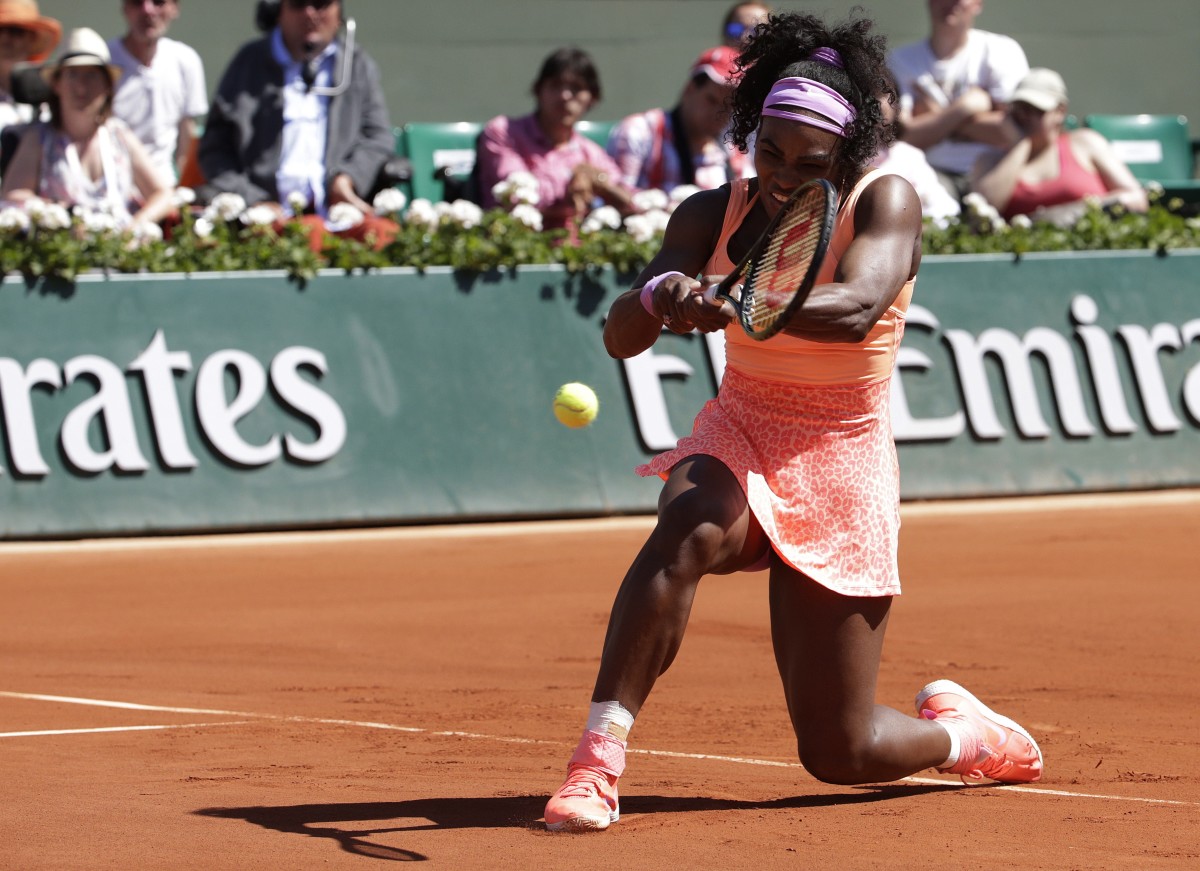
Lucie Safarova
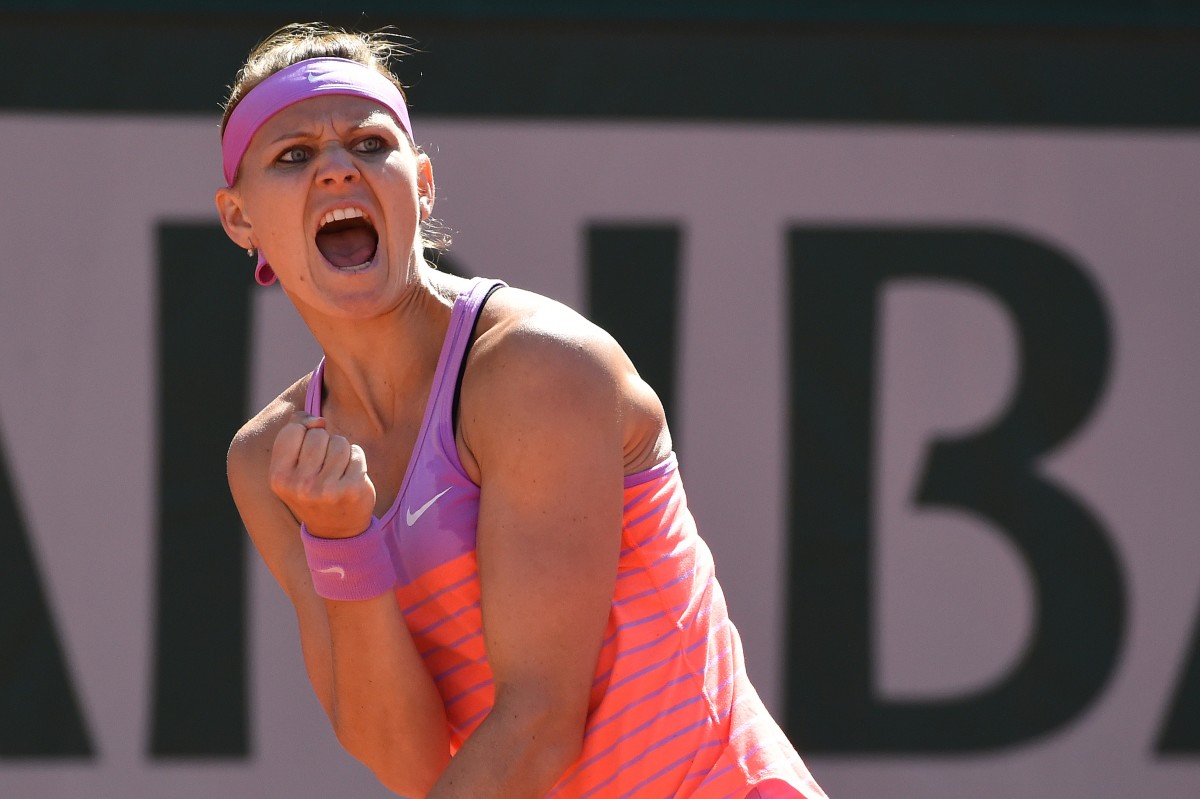
Serena Williams
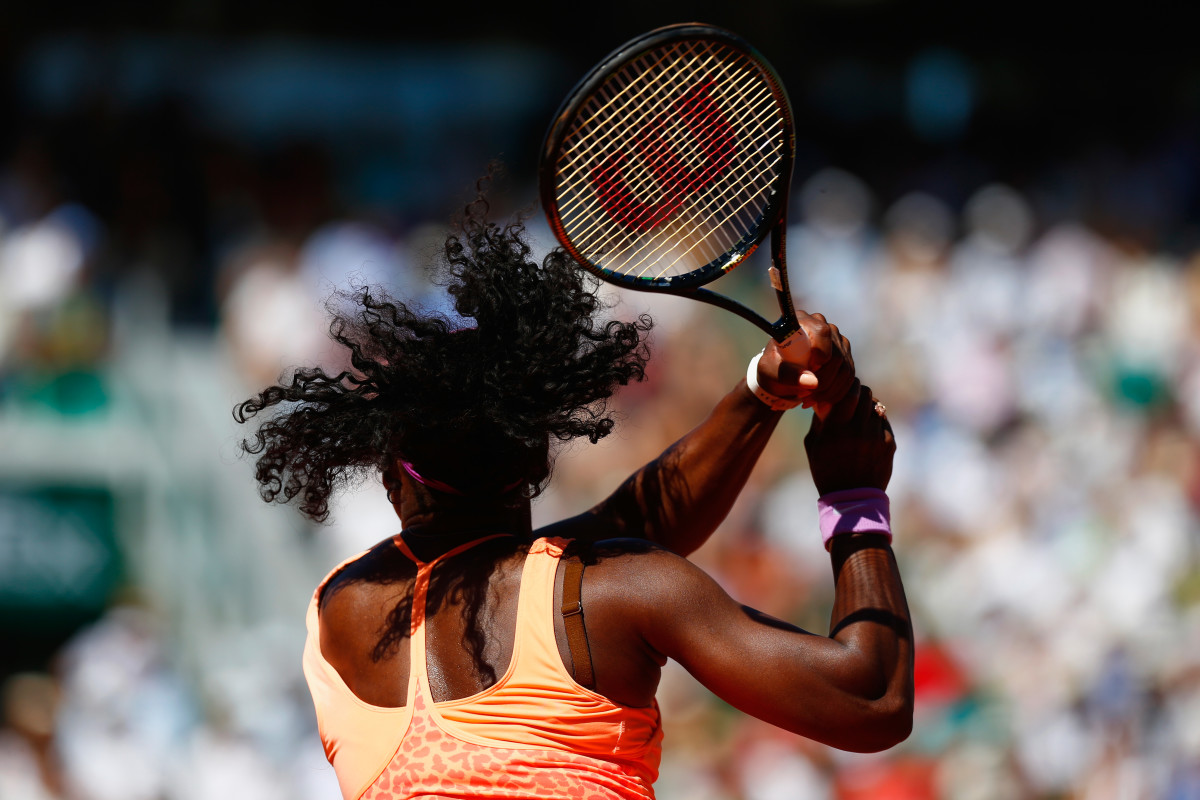
Serena Williams
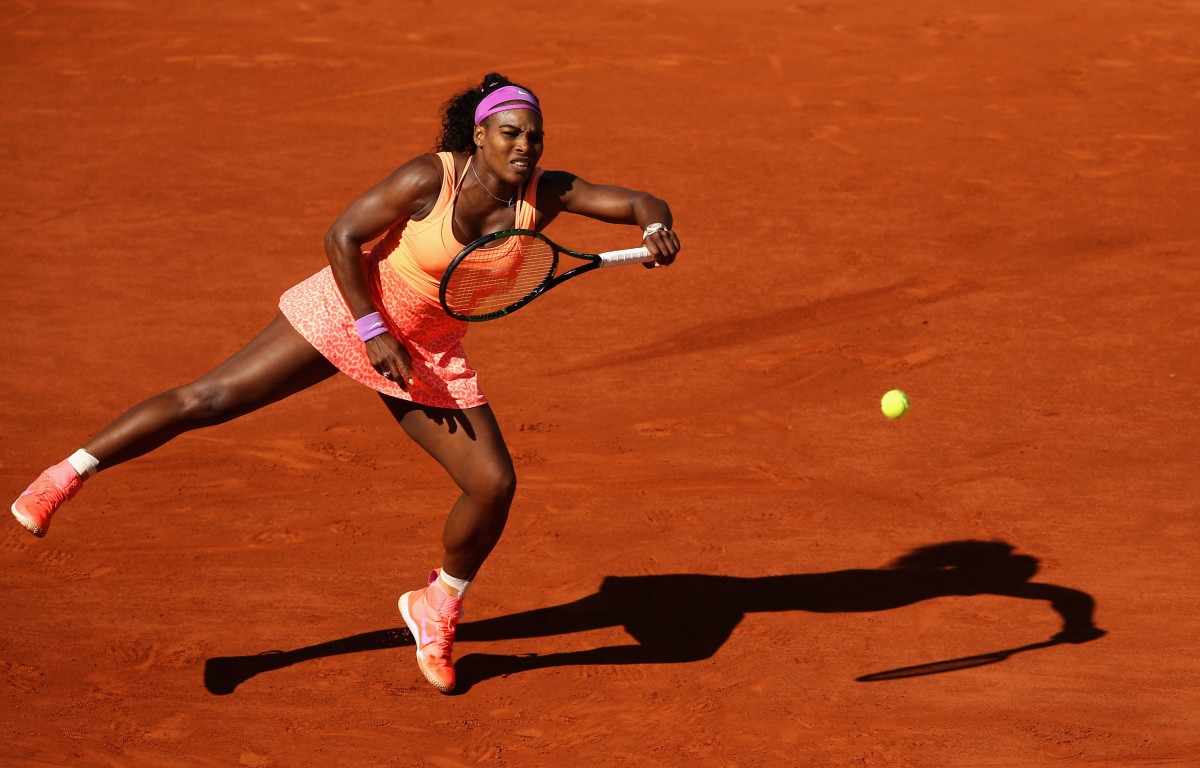
Serena Williams
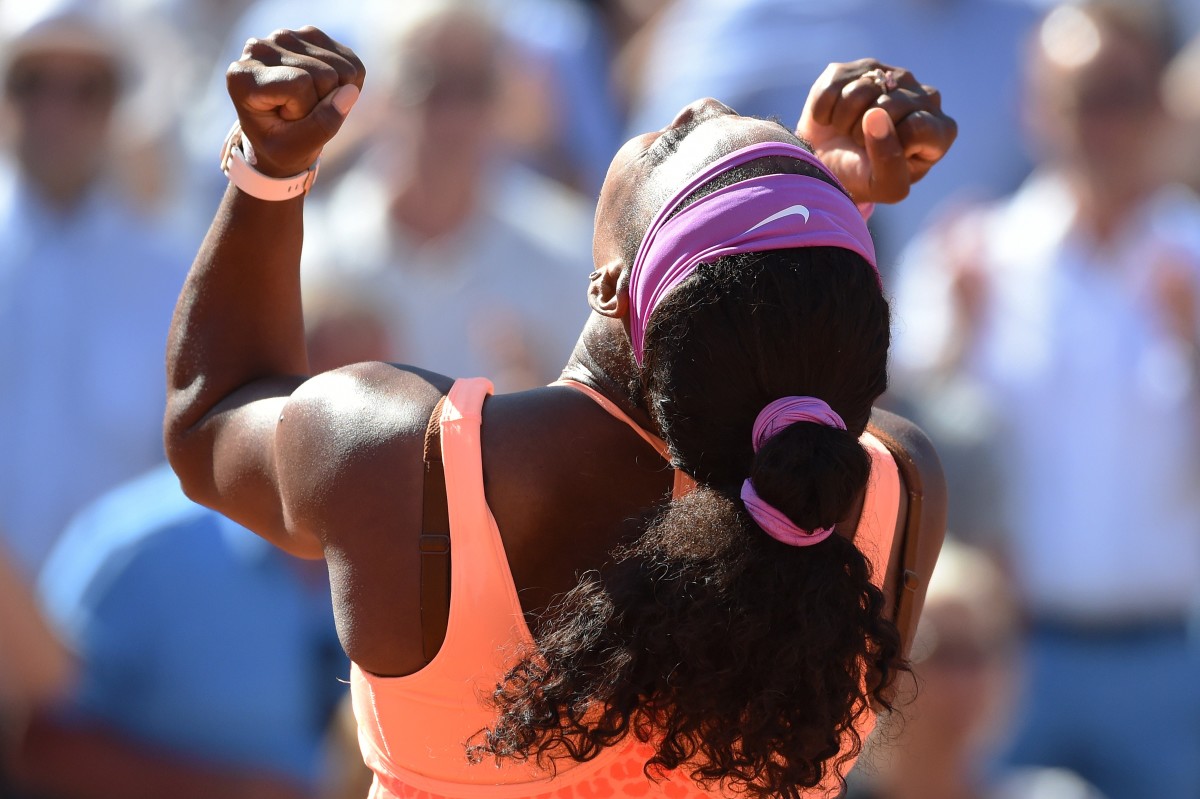
Novak Djokovic
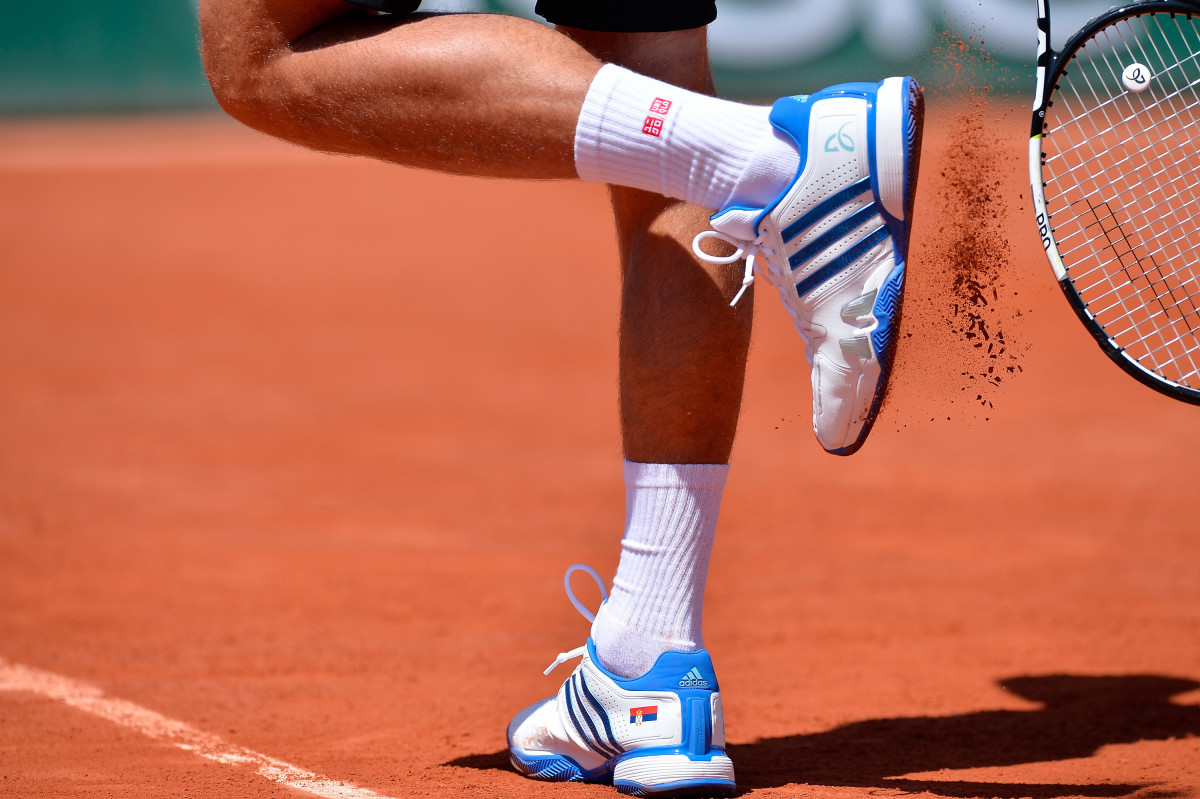
Novak Djokovic
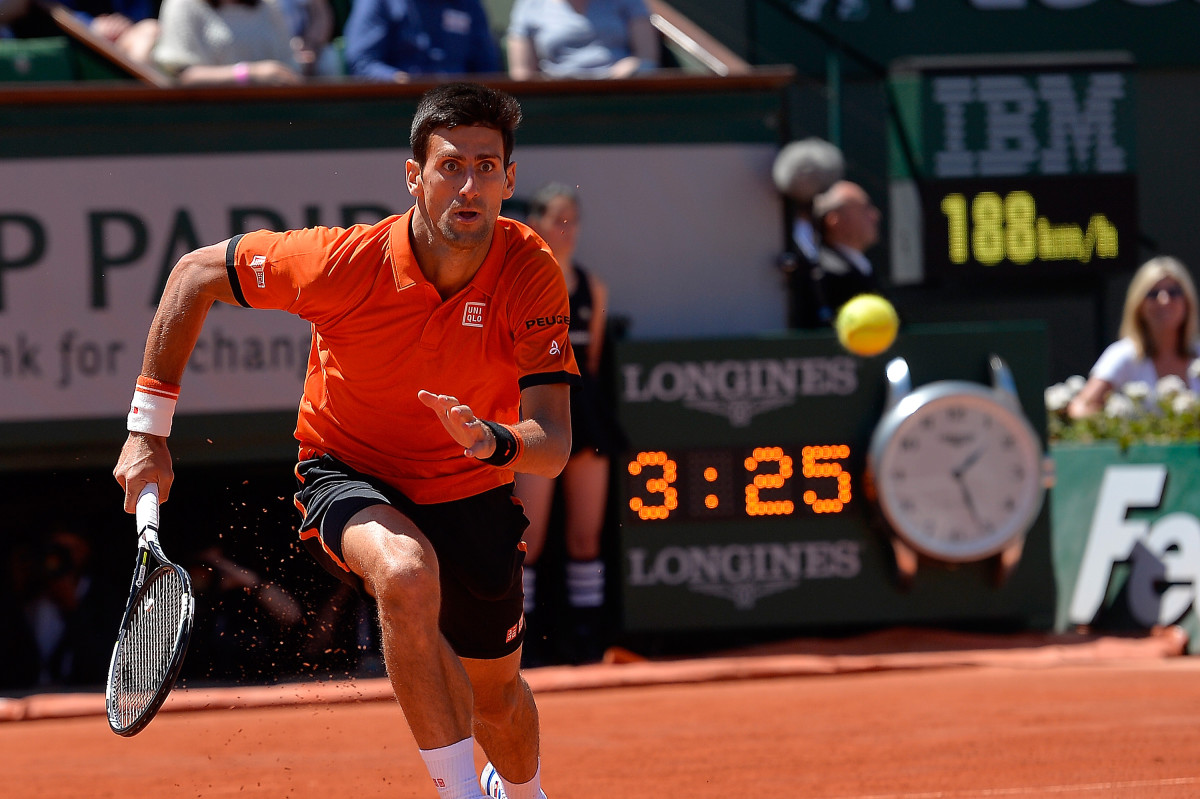
Serena Williams
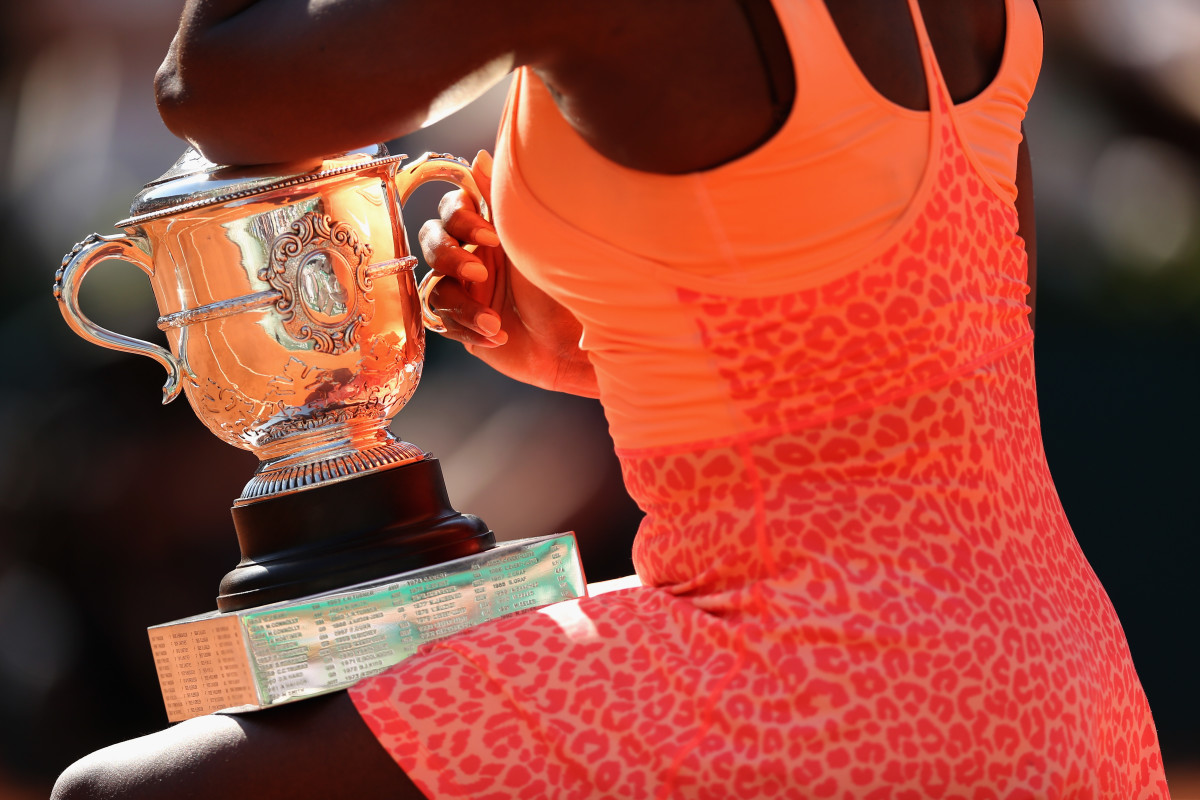
Serena Williams
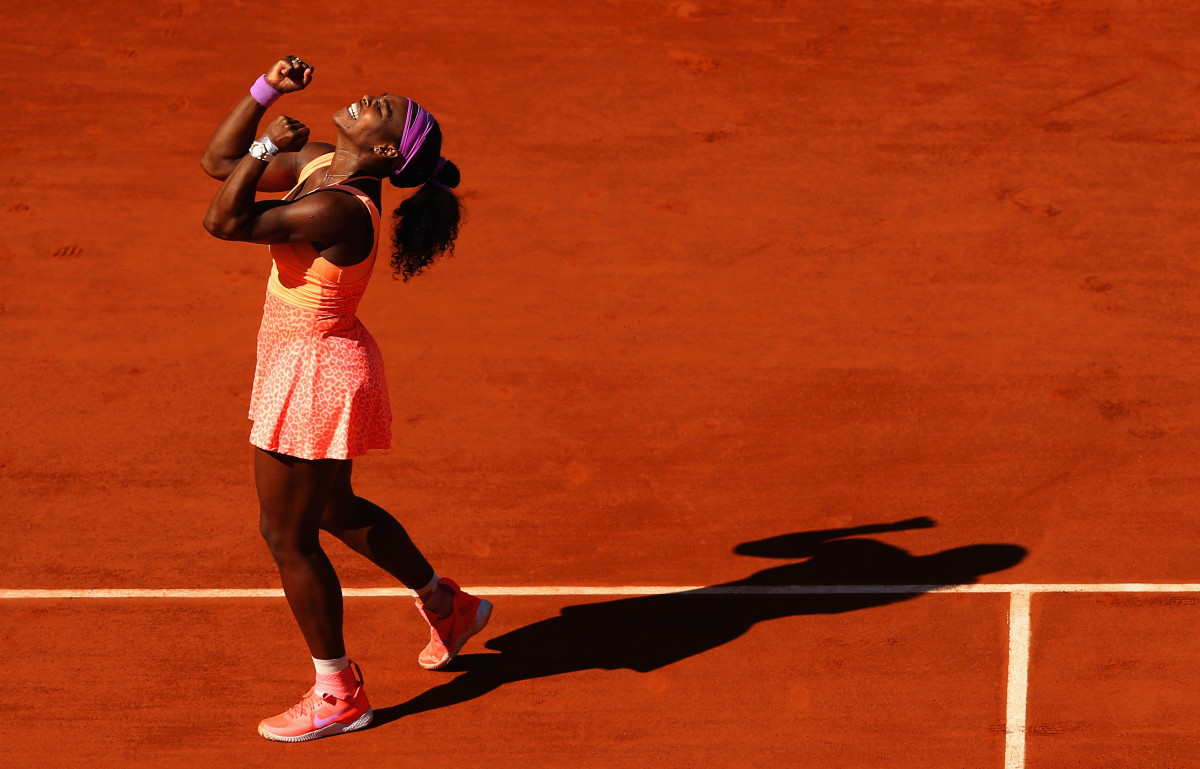
Serena Williams
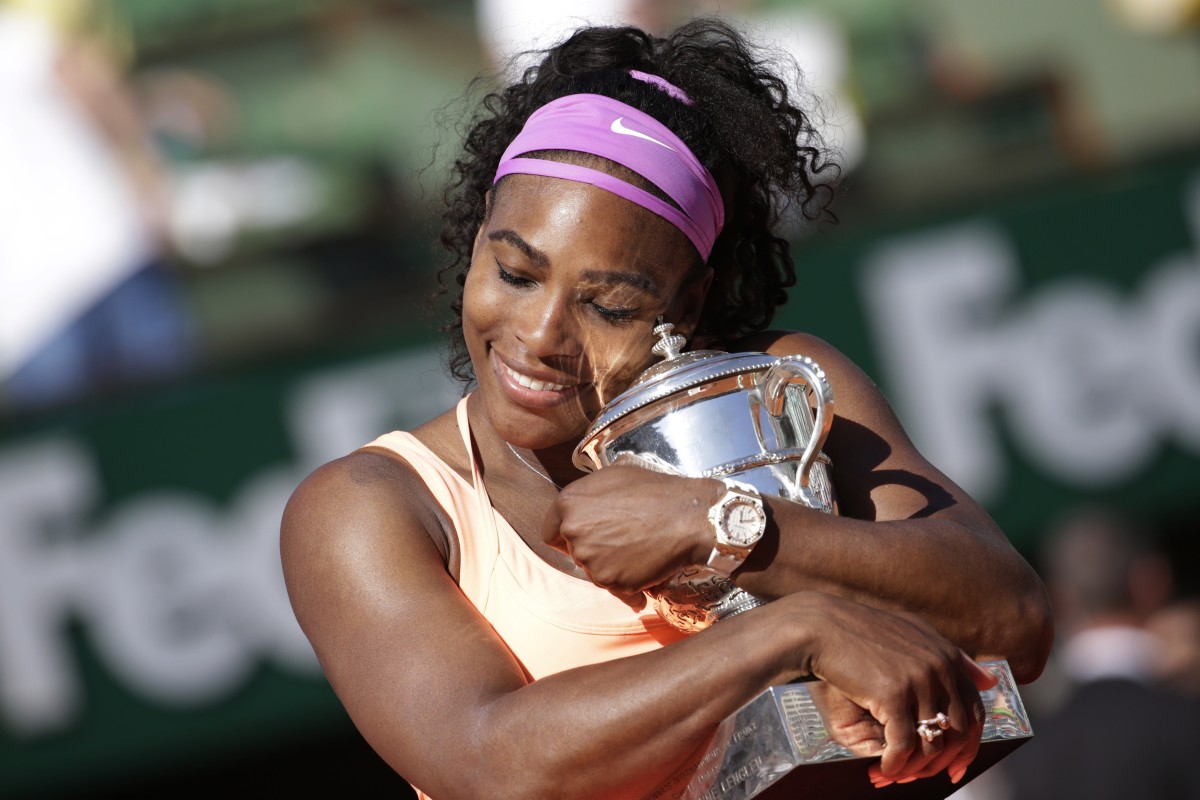
Lucie Safarova and Serena Williams
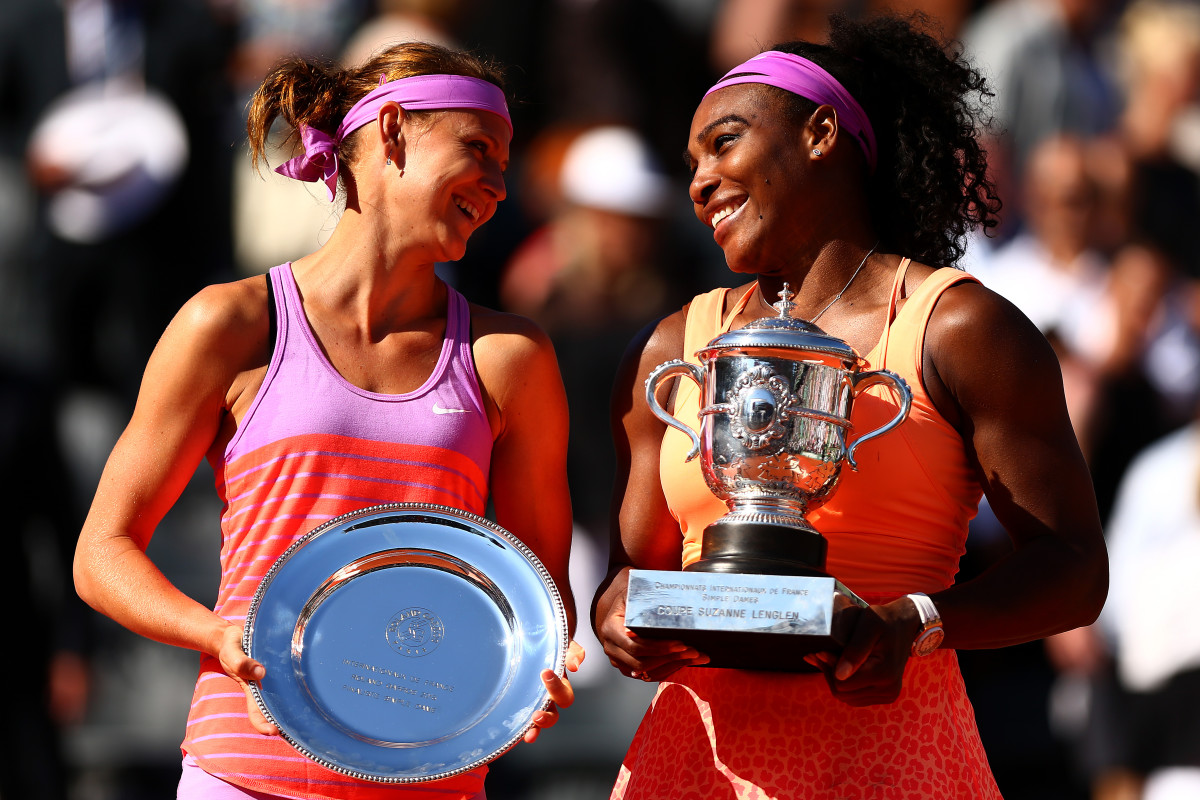
Serena Williams
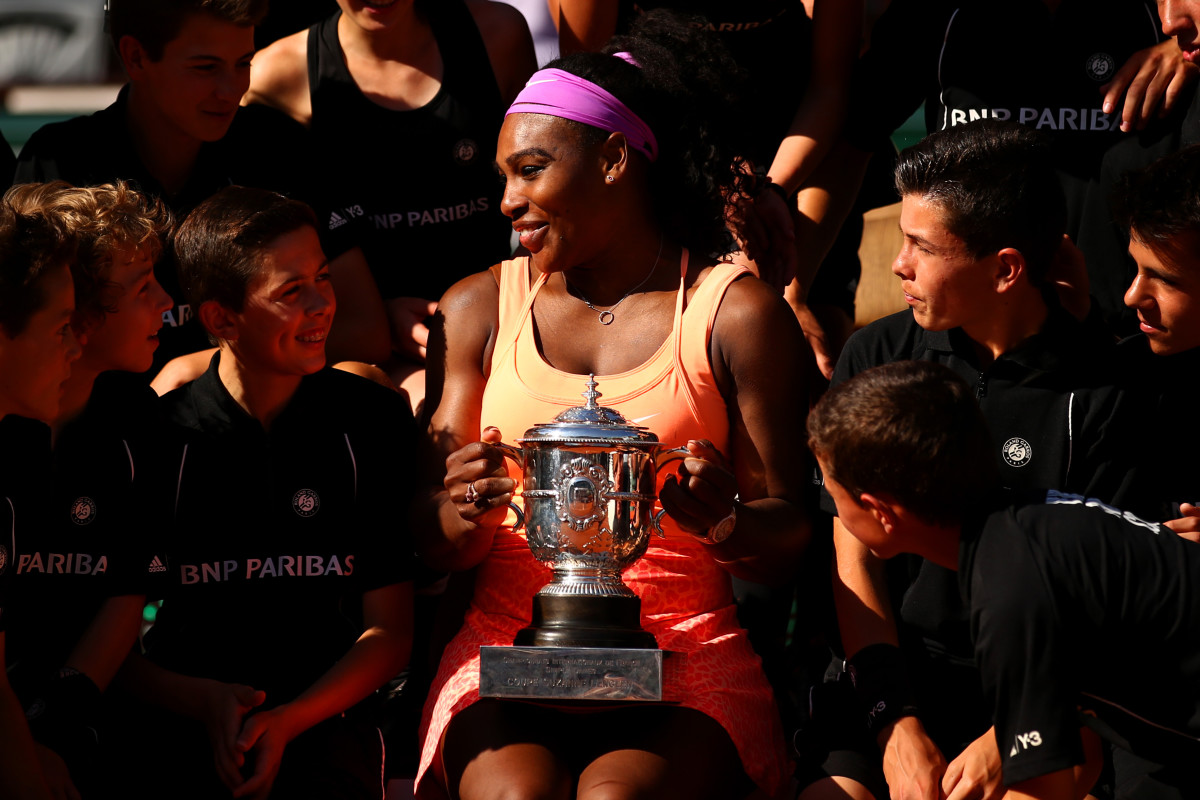
Luci Safarova and Bethanie Mattek-Sands
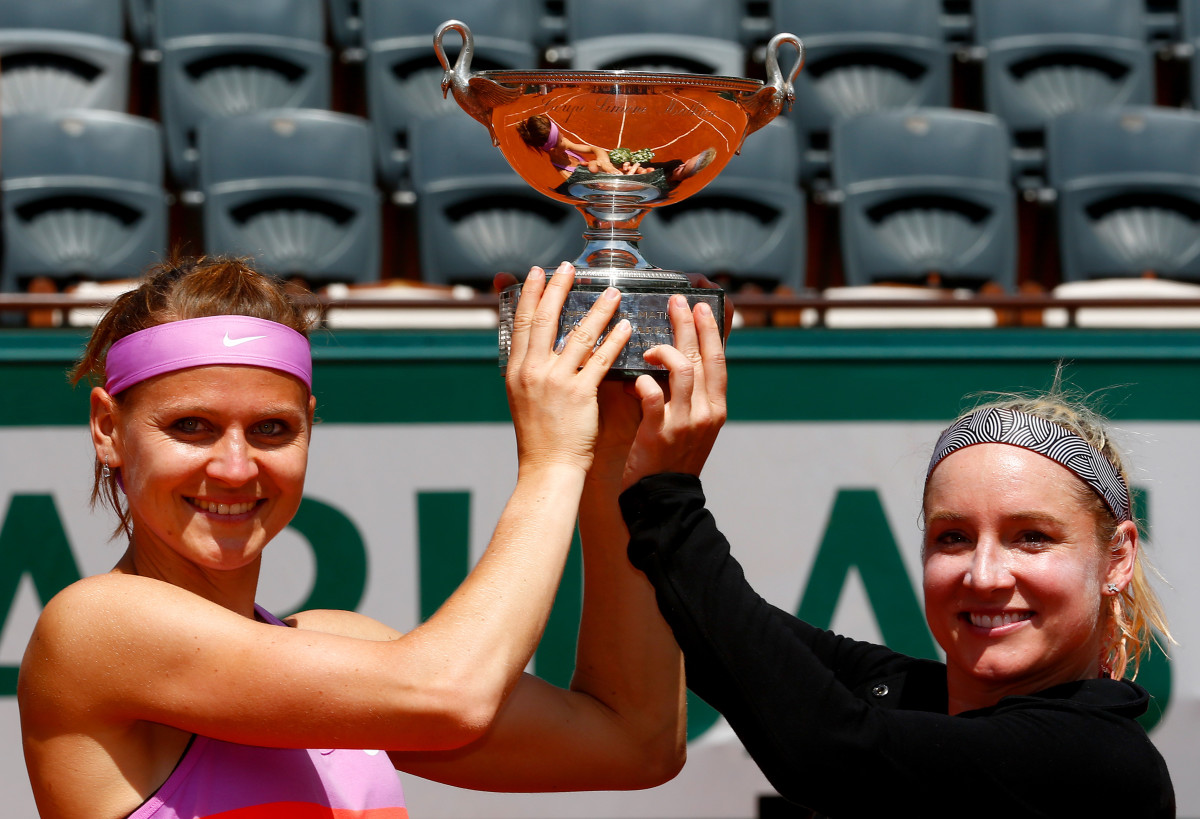
French Open
Stan Wawrinka
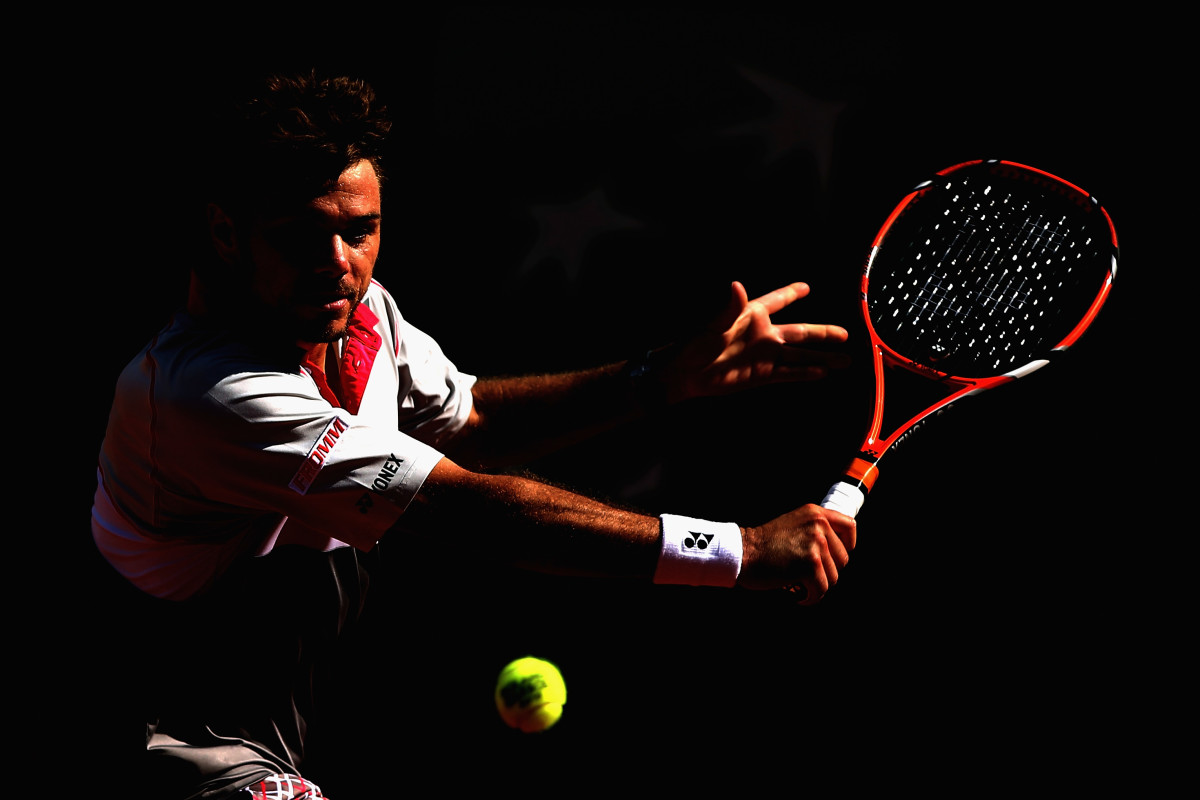
Stan Wawrinka
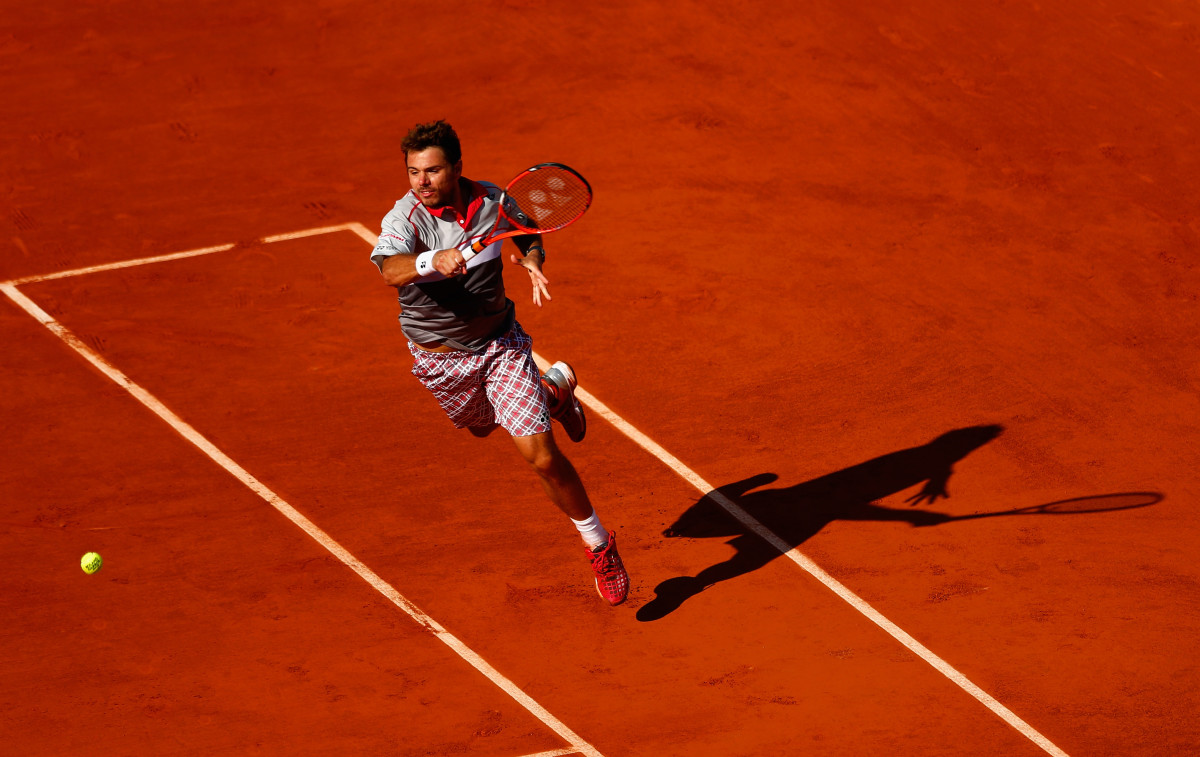
Novak Djokovic
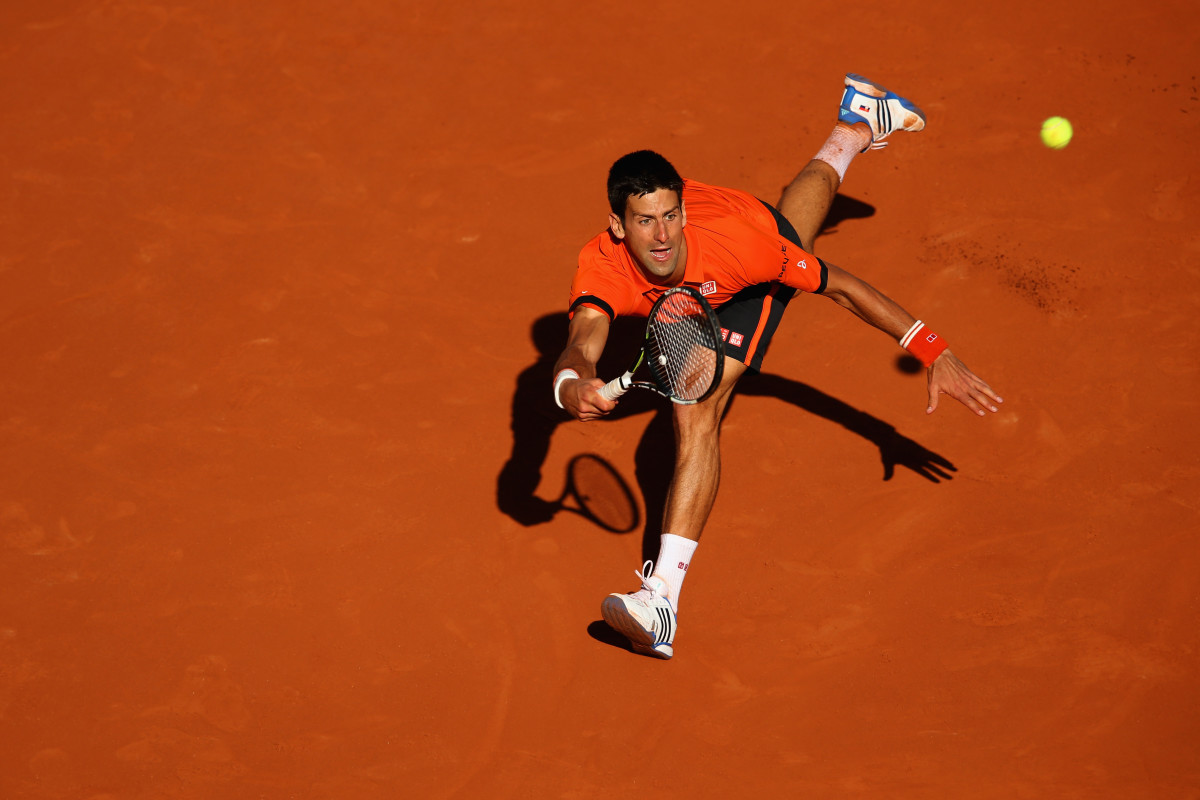
Stan Wawrinka and Novak Djokovic
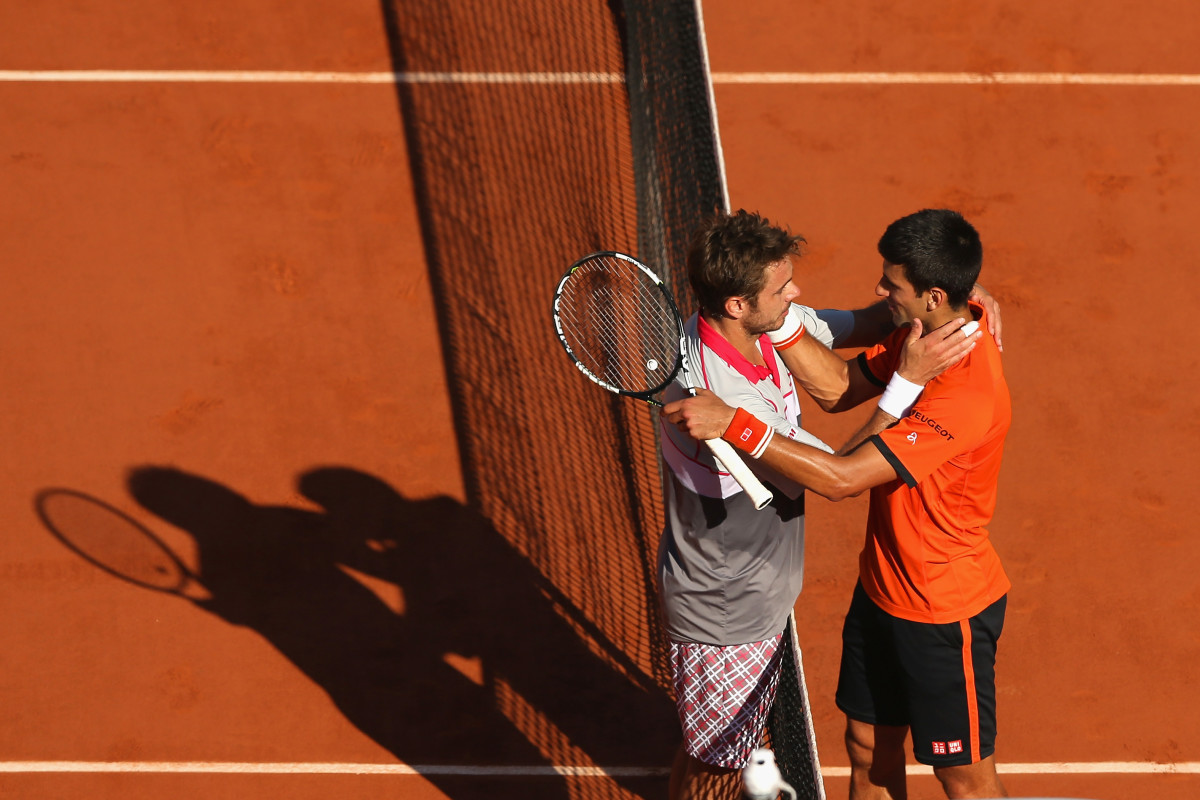
Stan Wawrinka
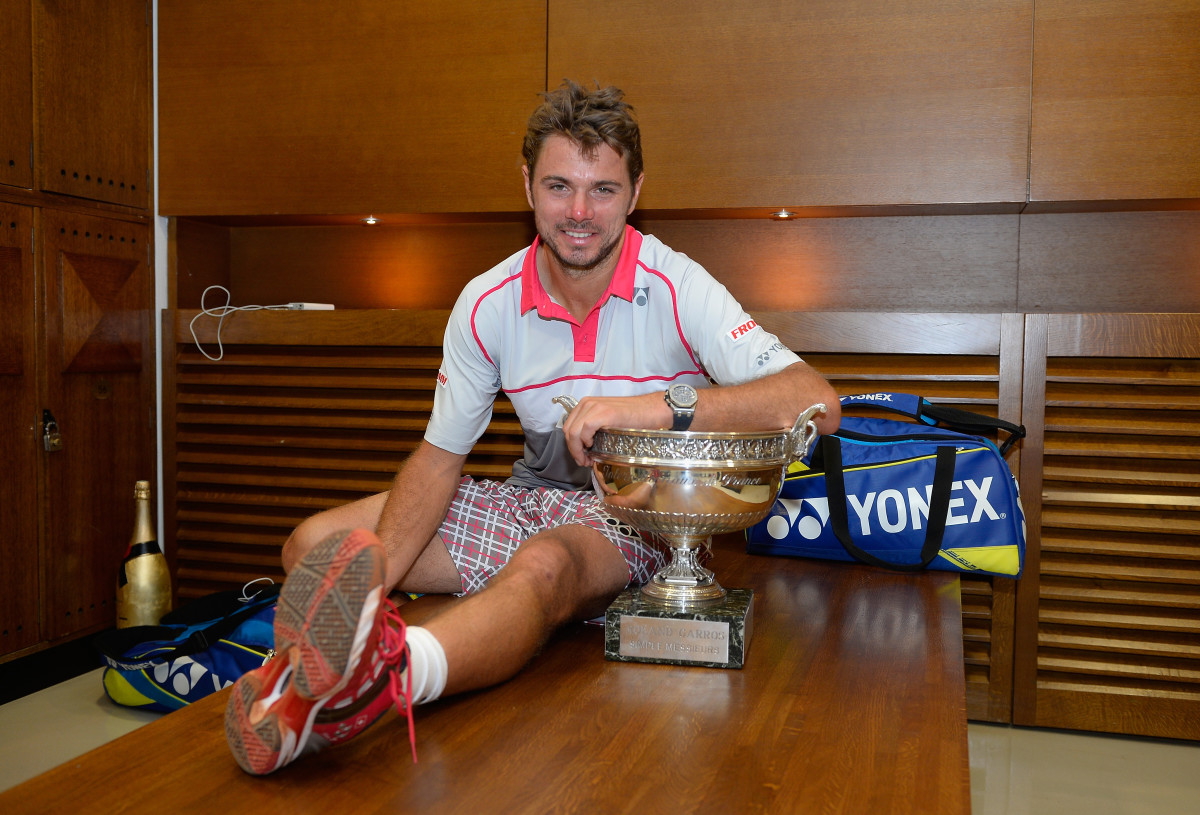
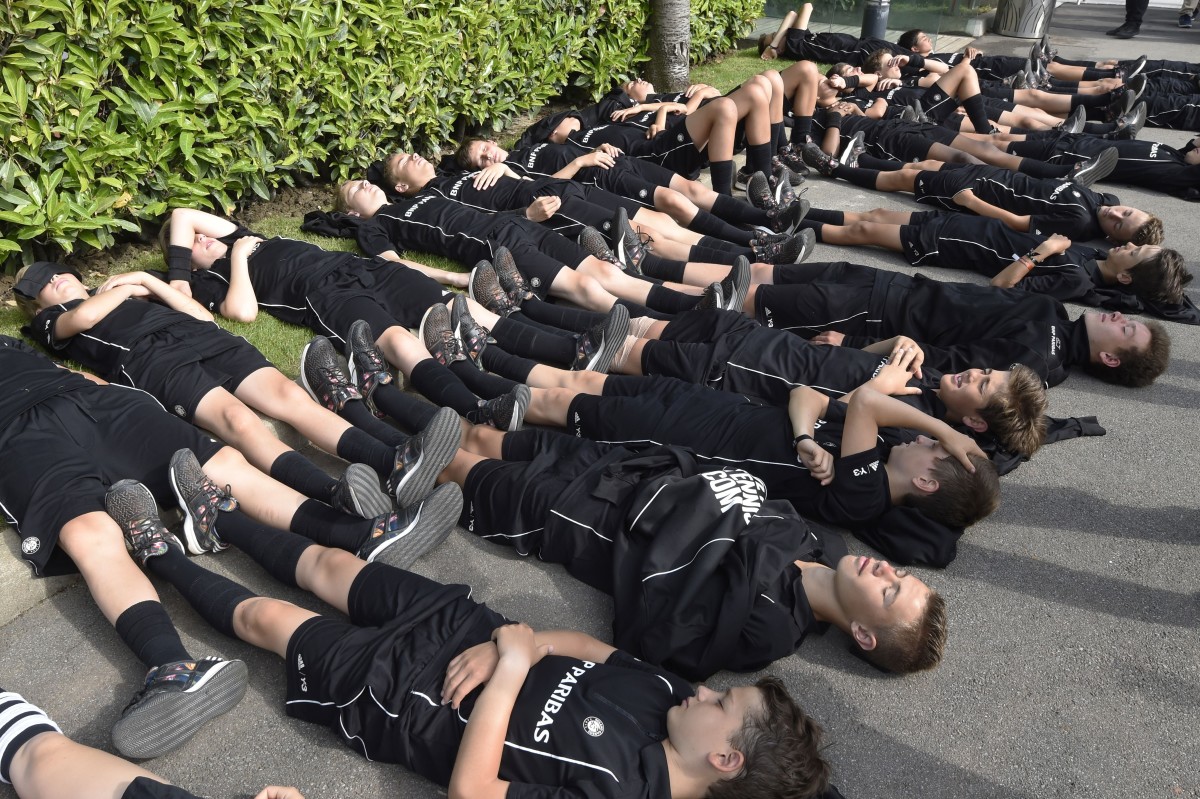
Simona Halep
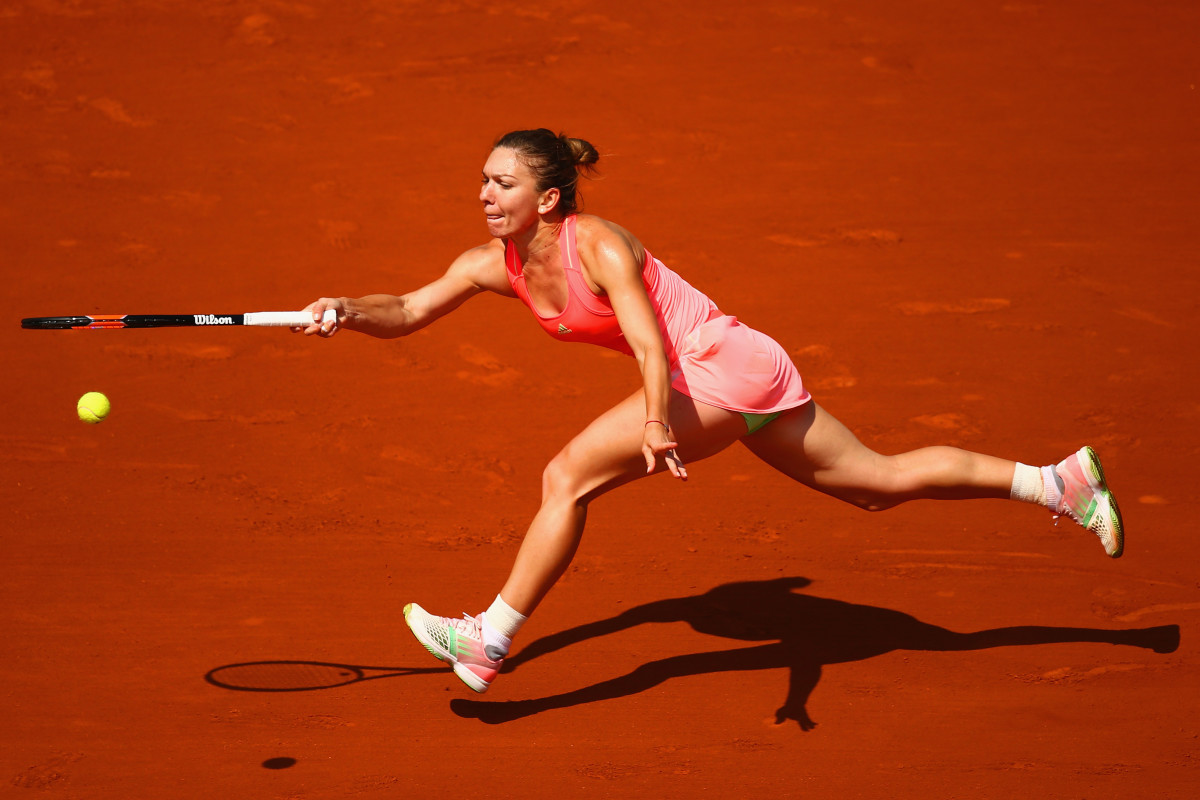
Jo-Wilfried Tsonga
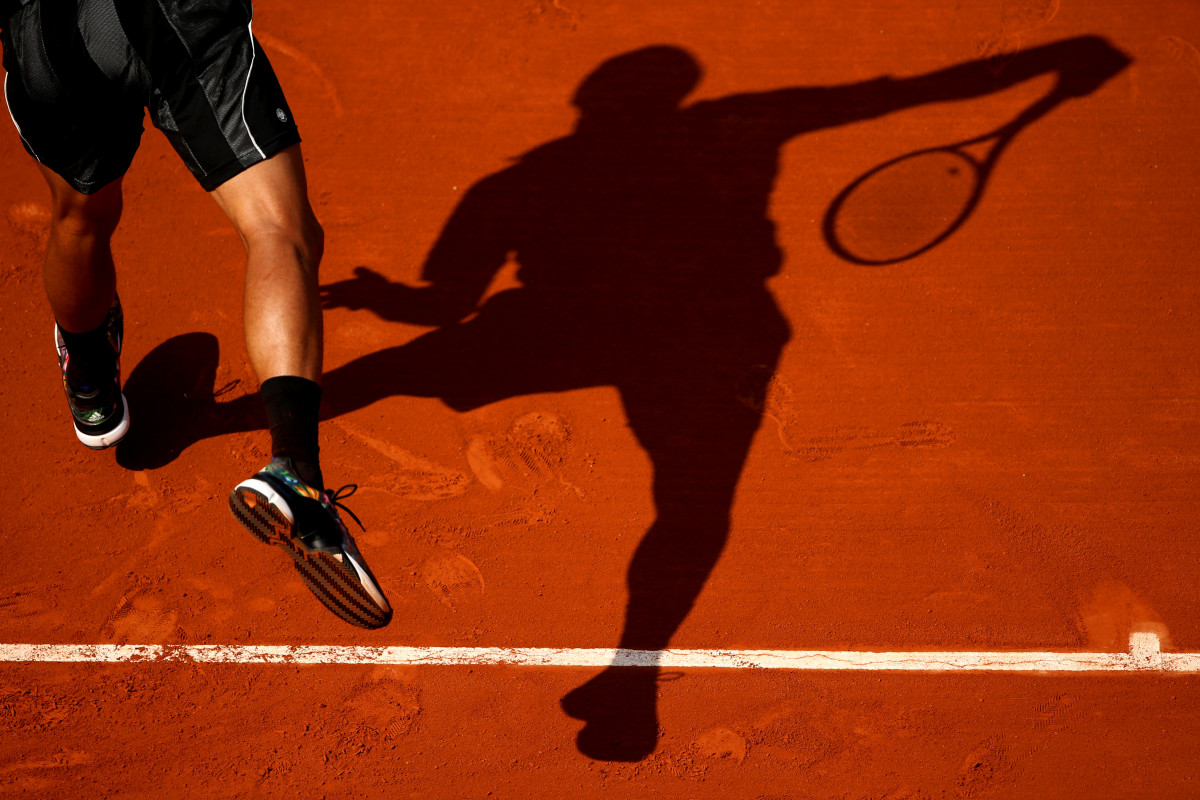
Jack Sock
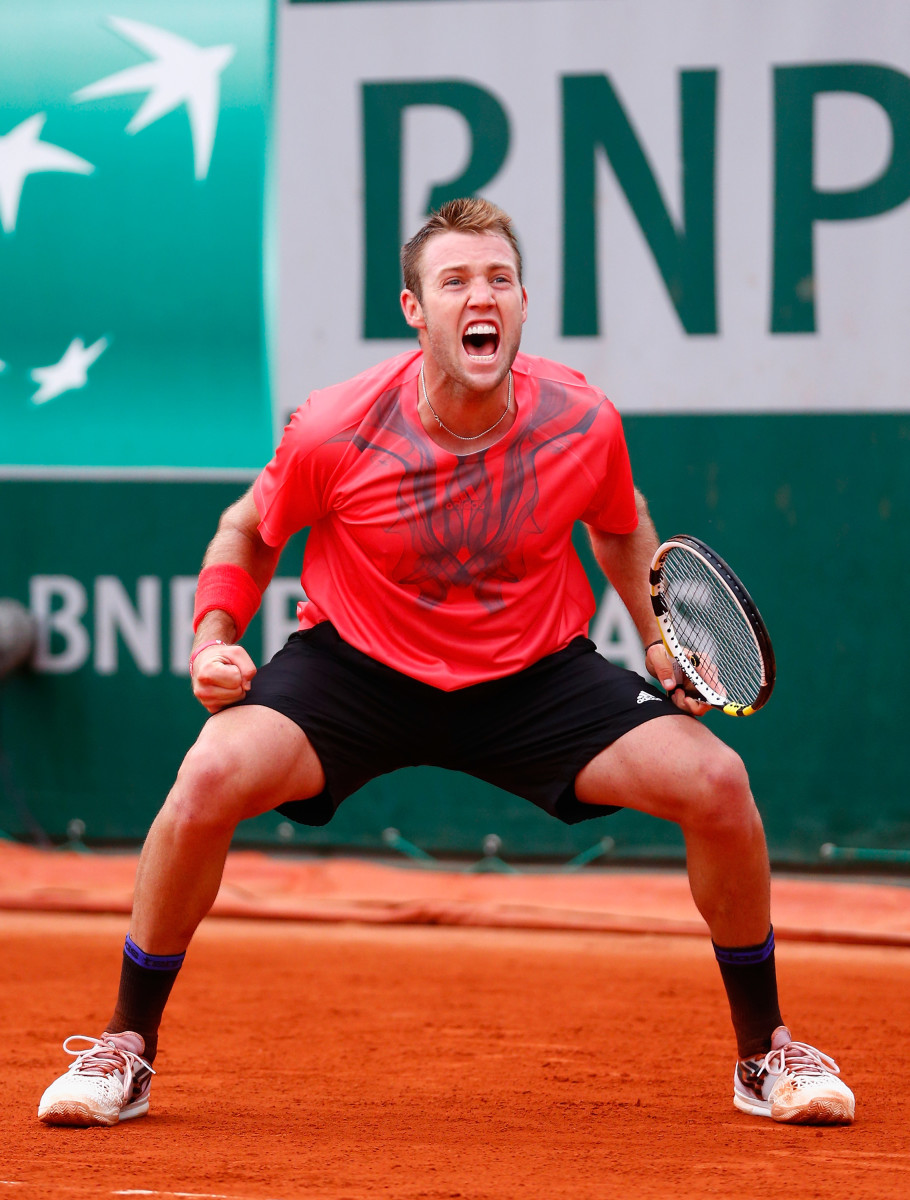
Andy Murray
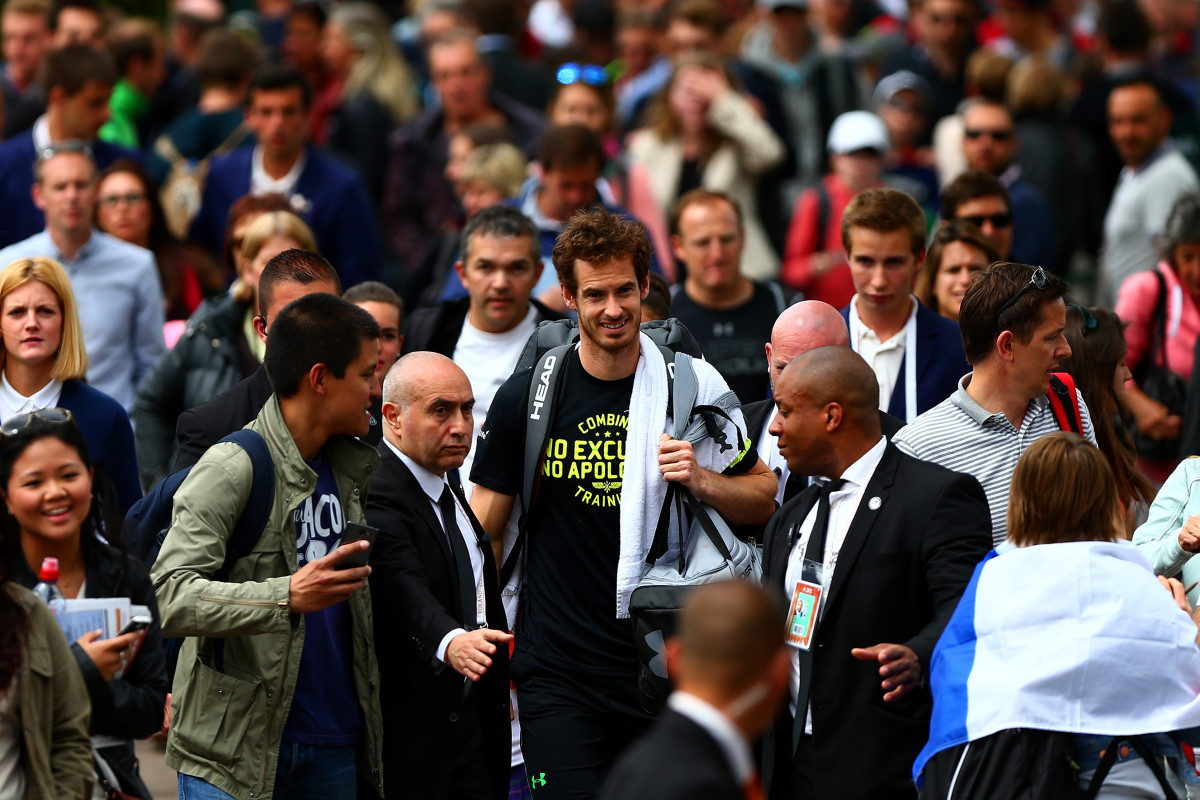
Gael Monfils
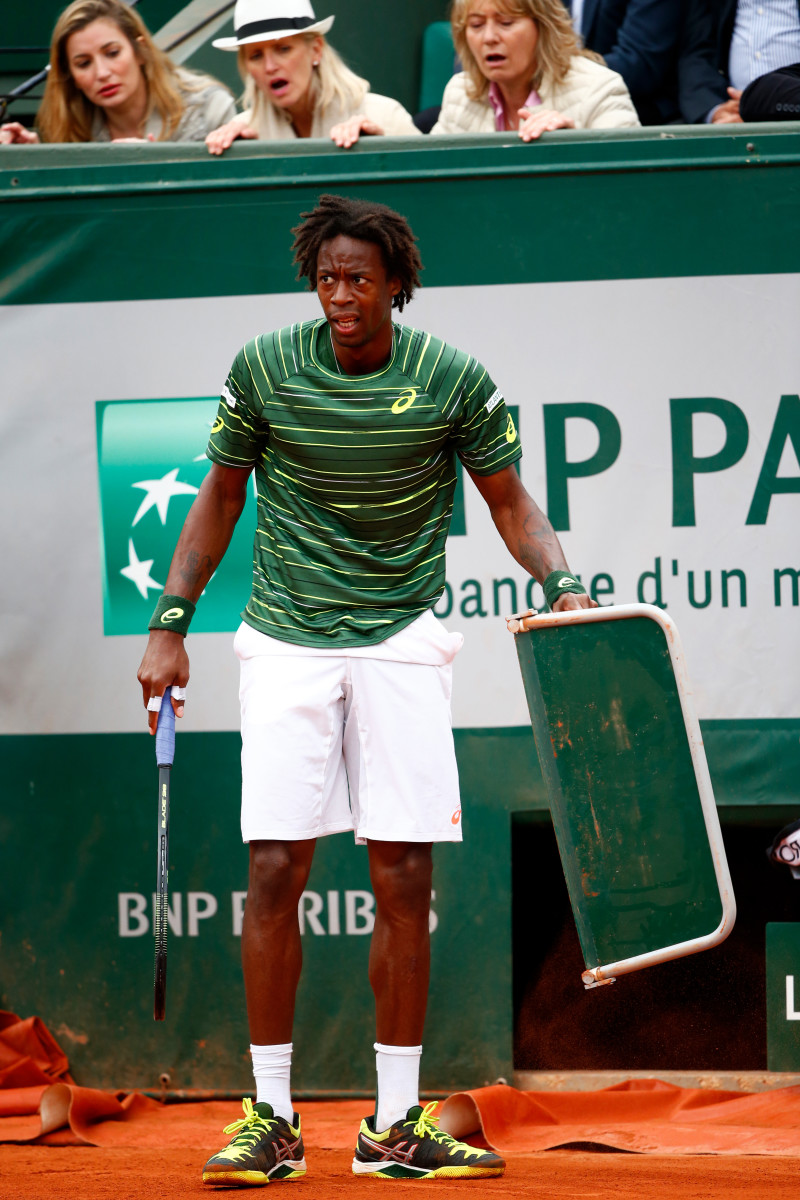
Jo-Wilfried Tsonga
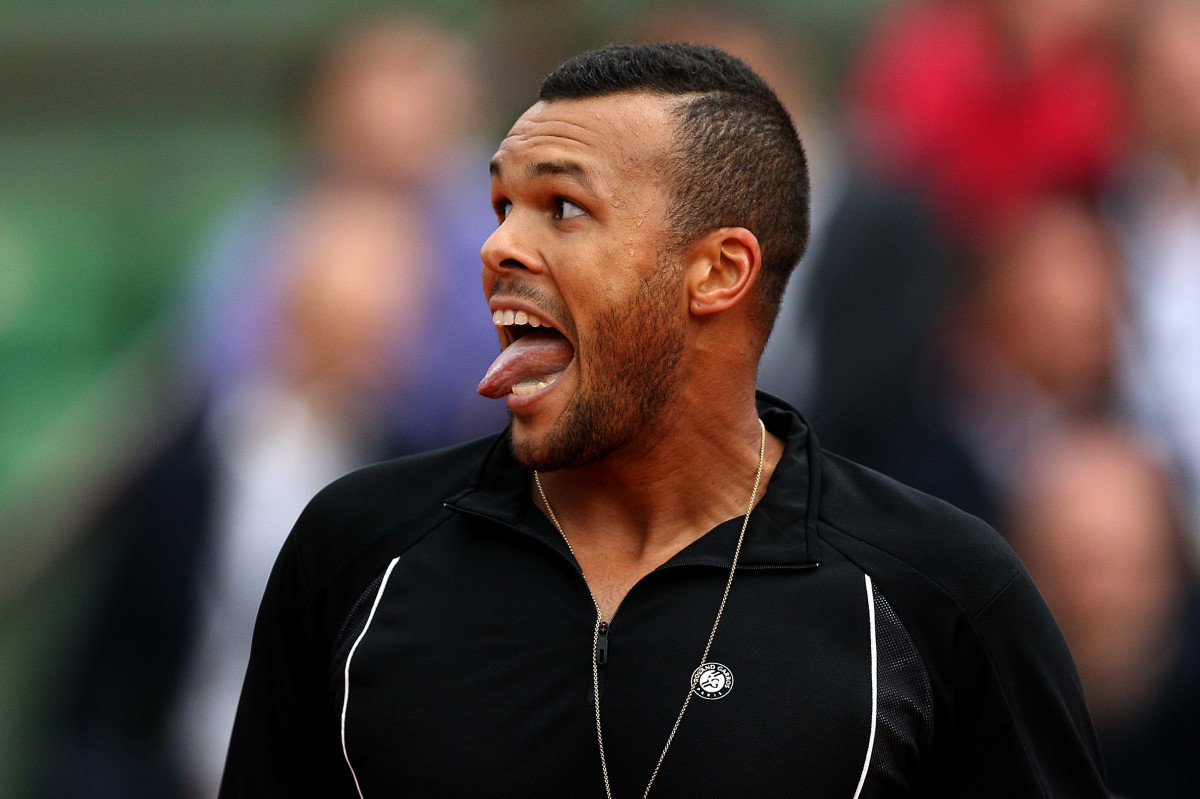
Andy Murray
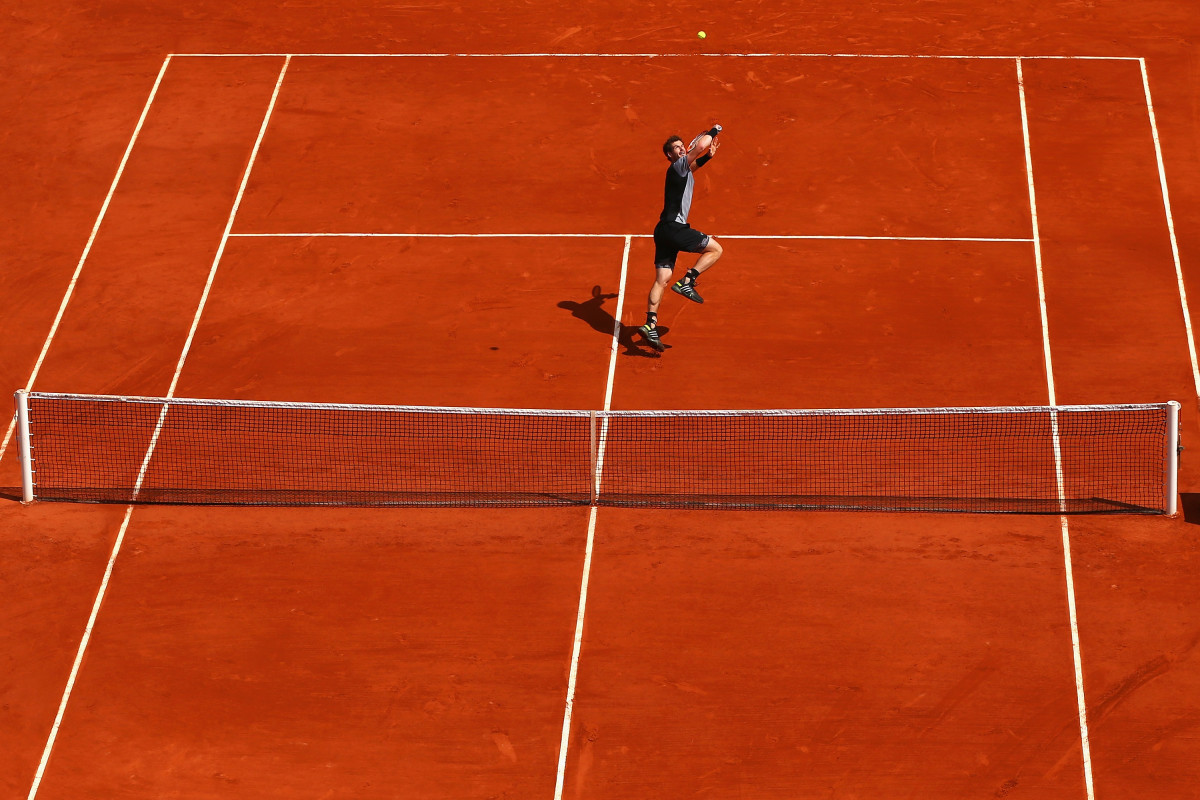
Nick Kyrgios
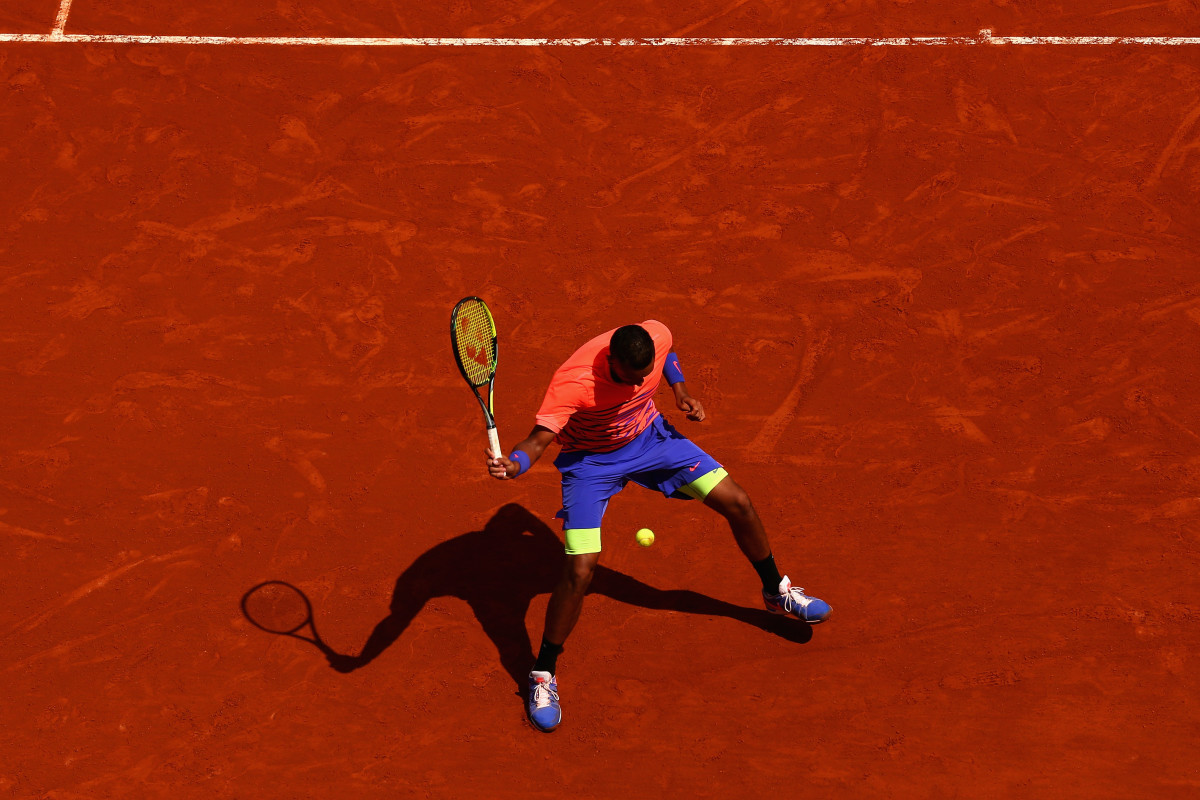
Serena Williams
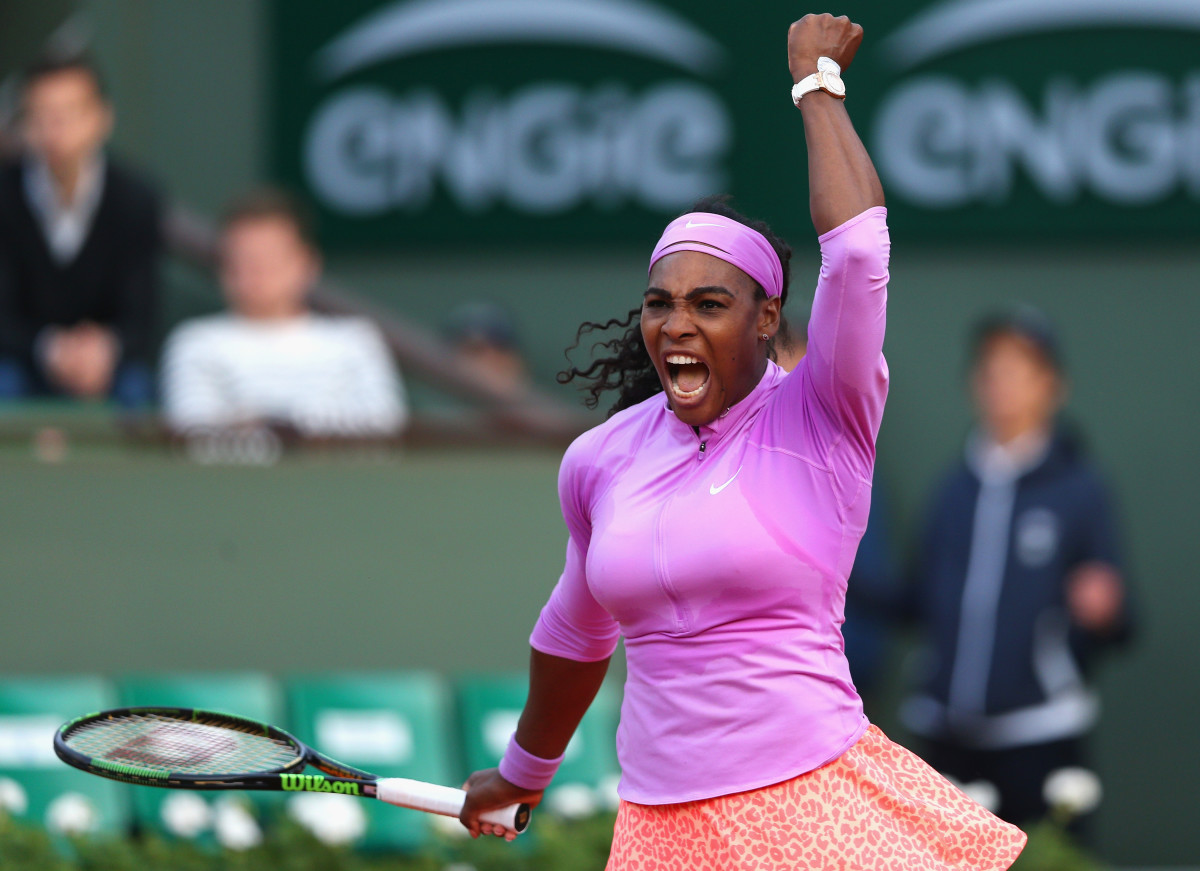
Jo-Wilfried Tsonga
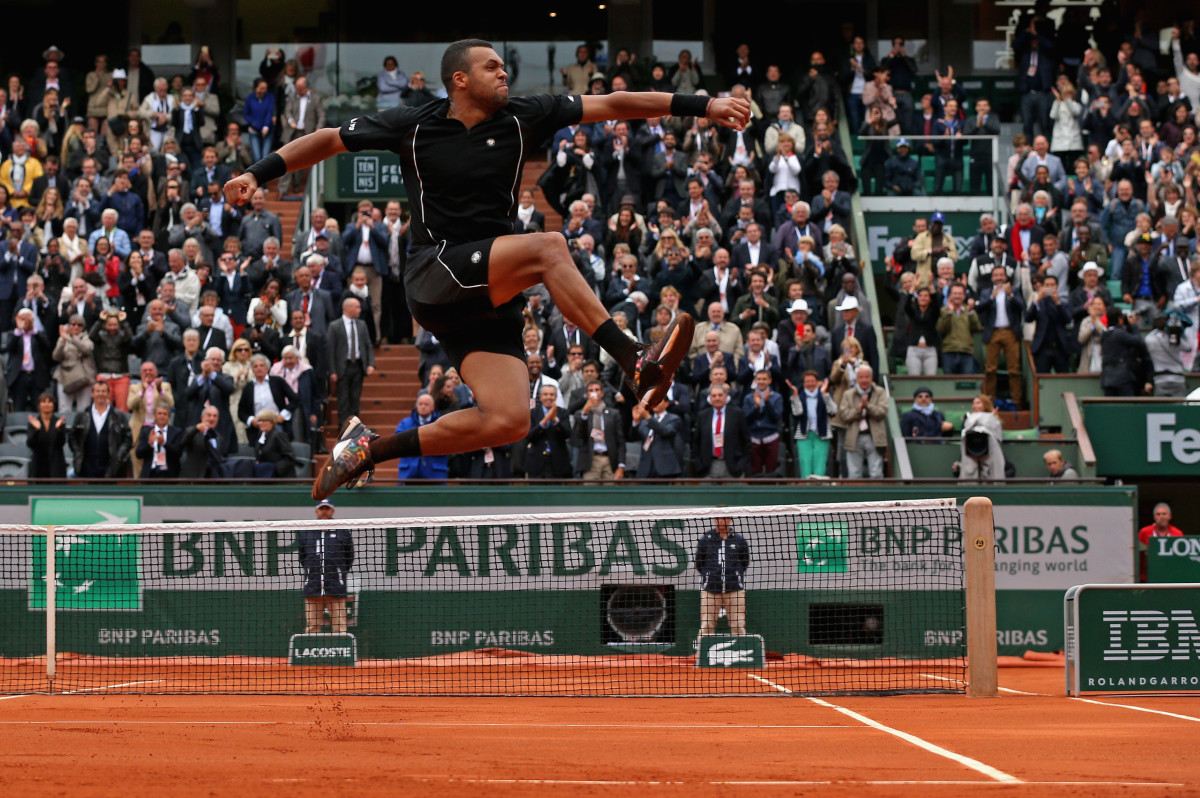
Timea Bacsinszky
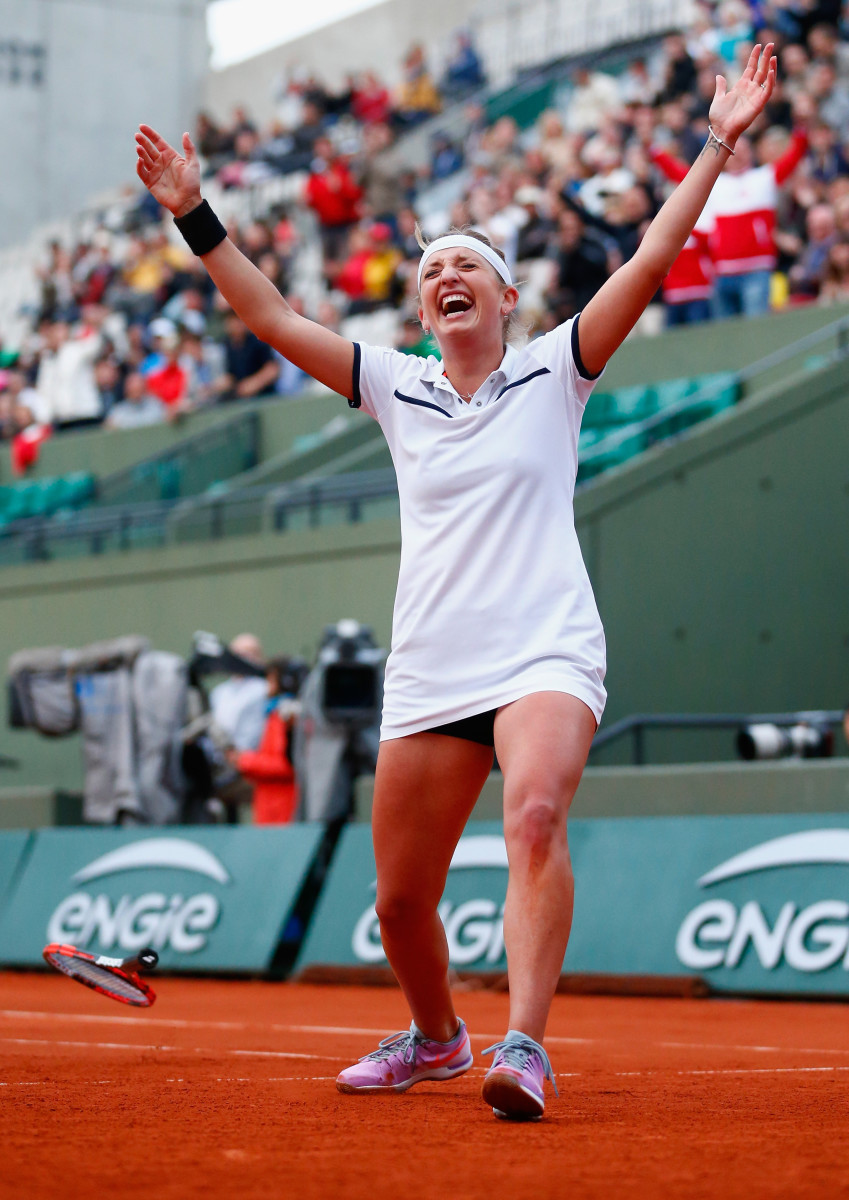
French Open
Lucie Safarova
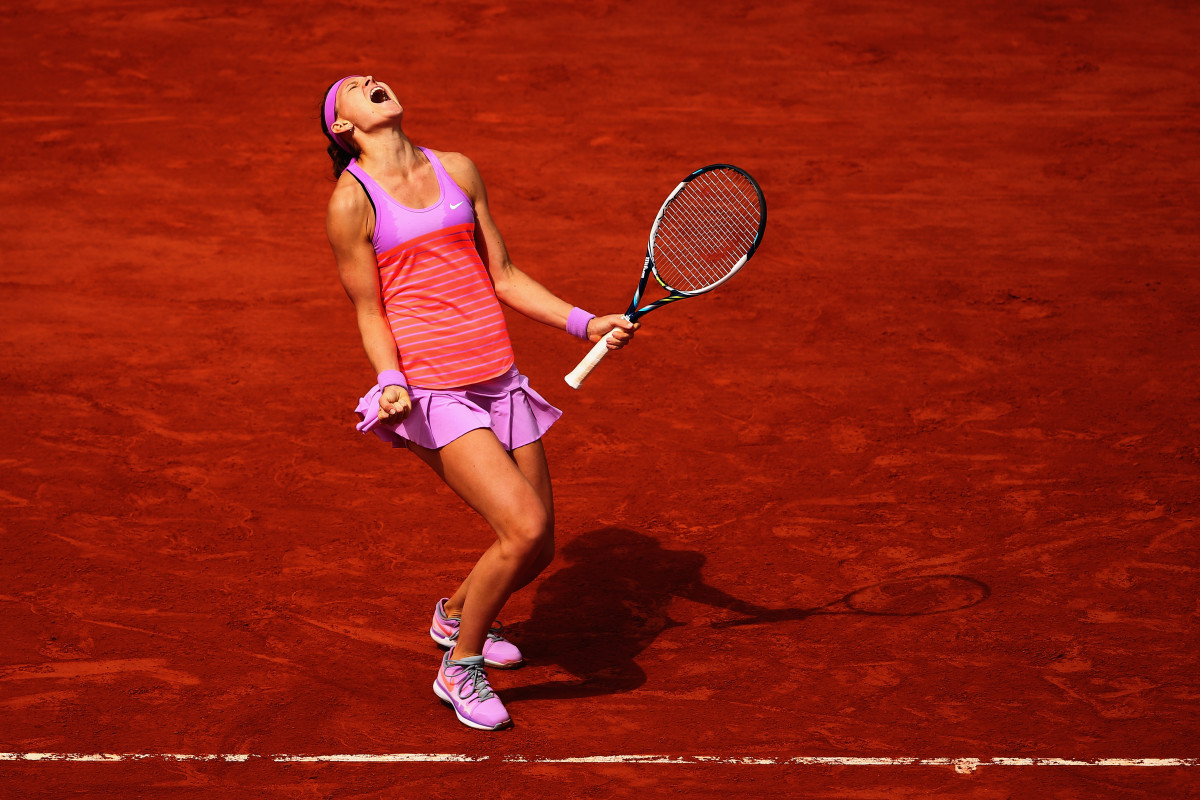
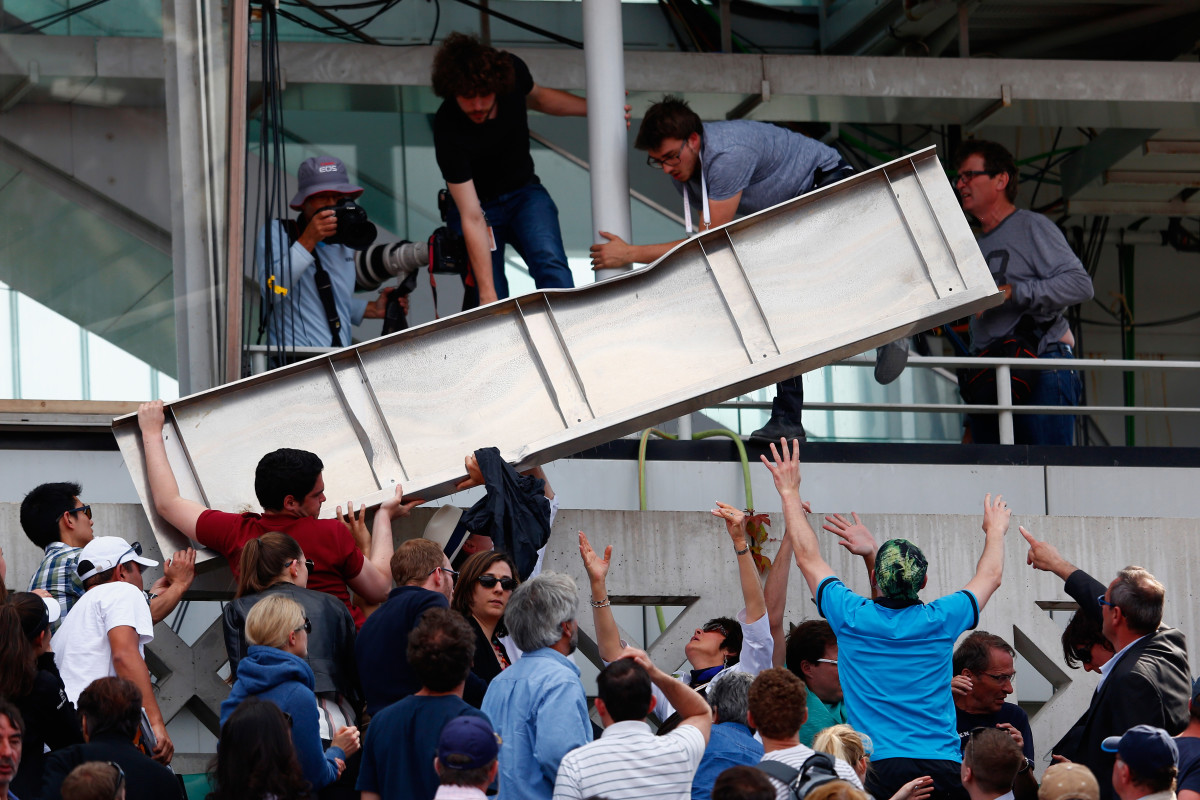
Roger Federer
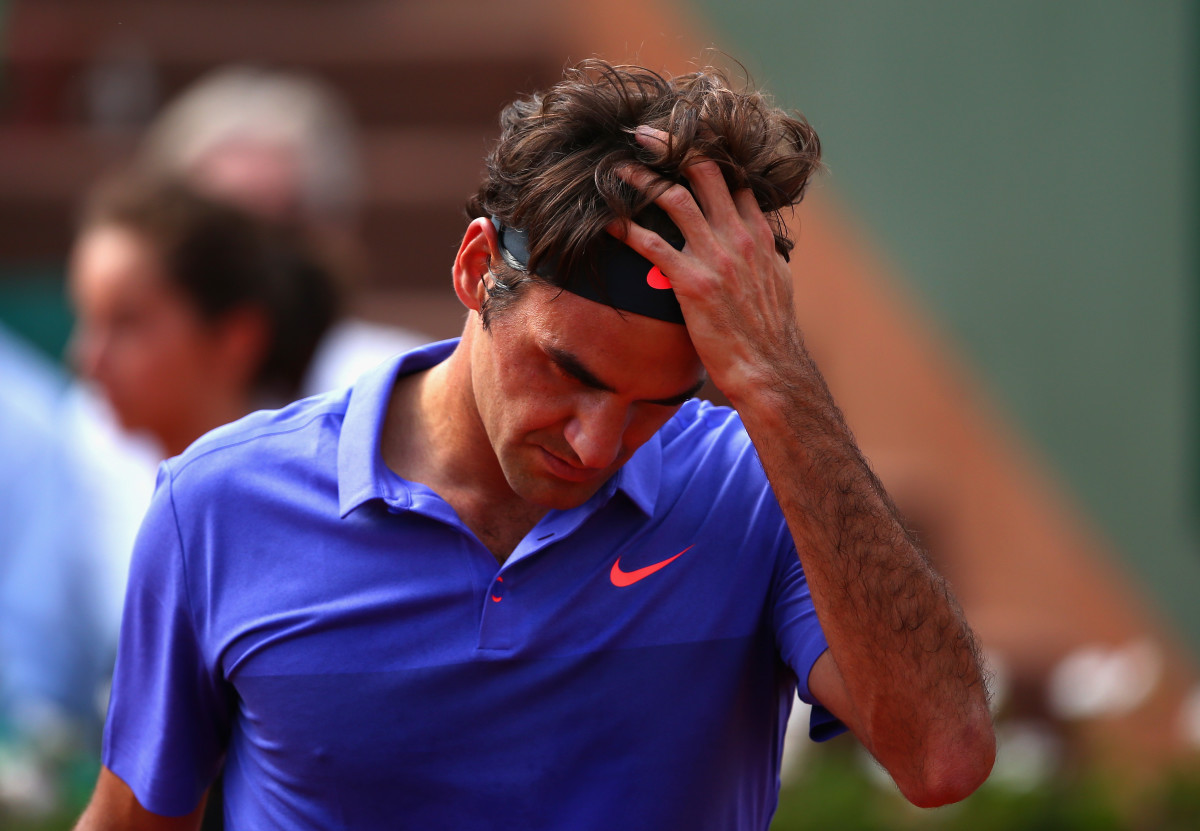
Jo-Wilfried Tsonga
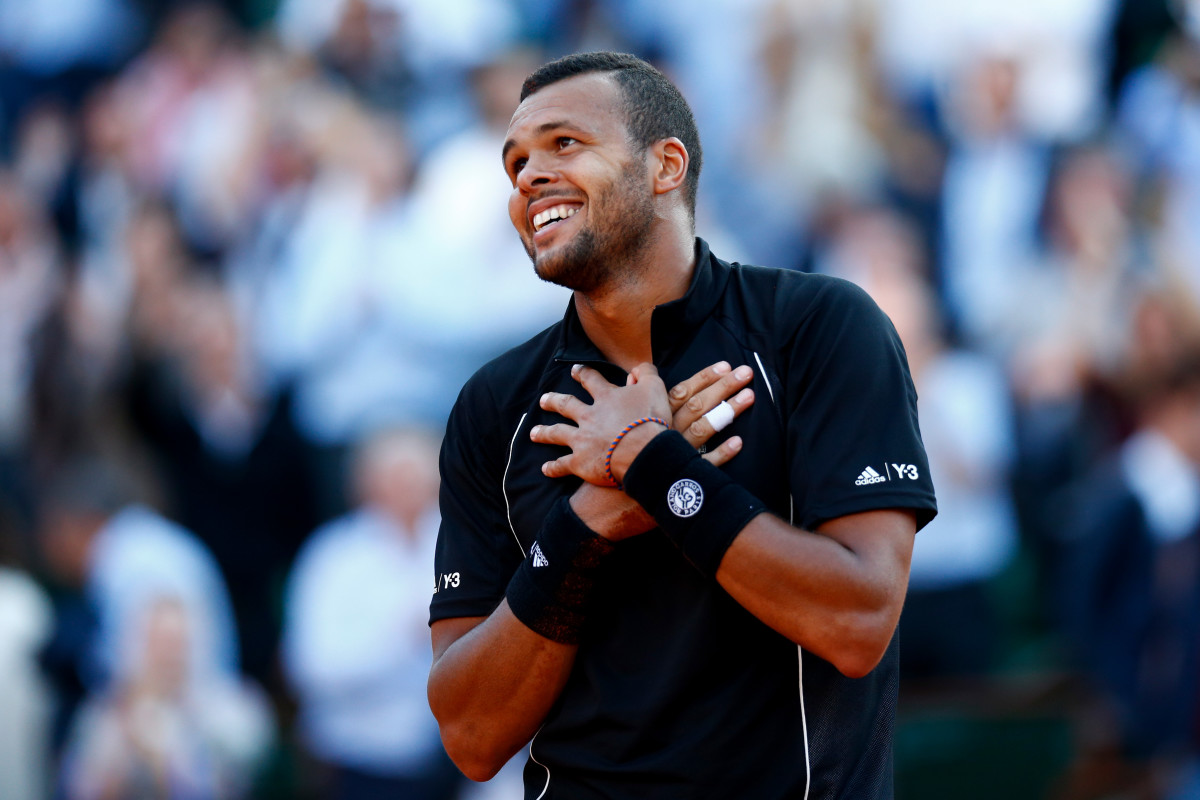
Roger Federer
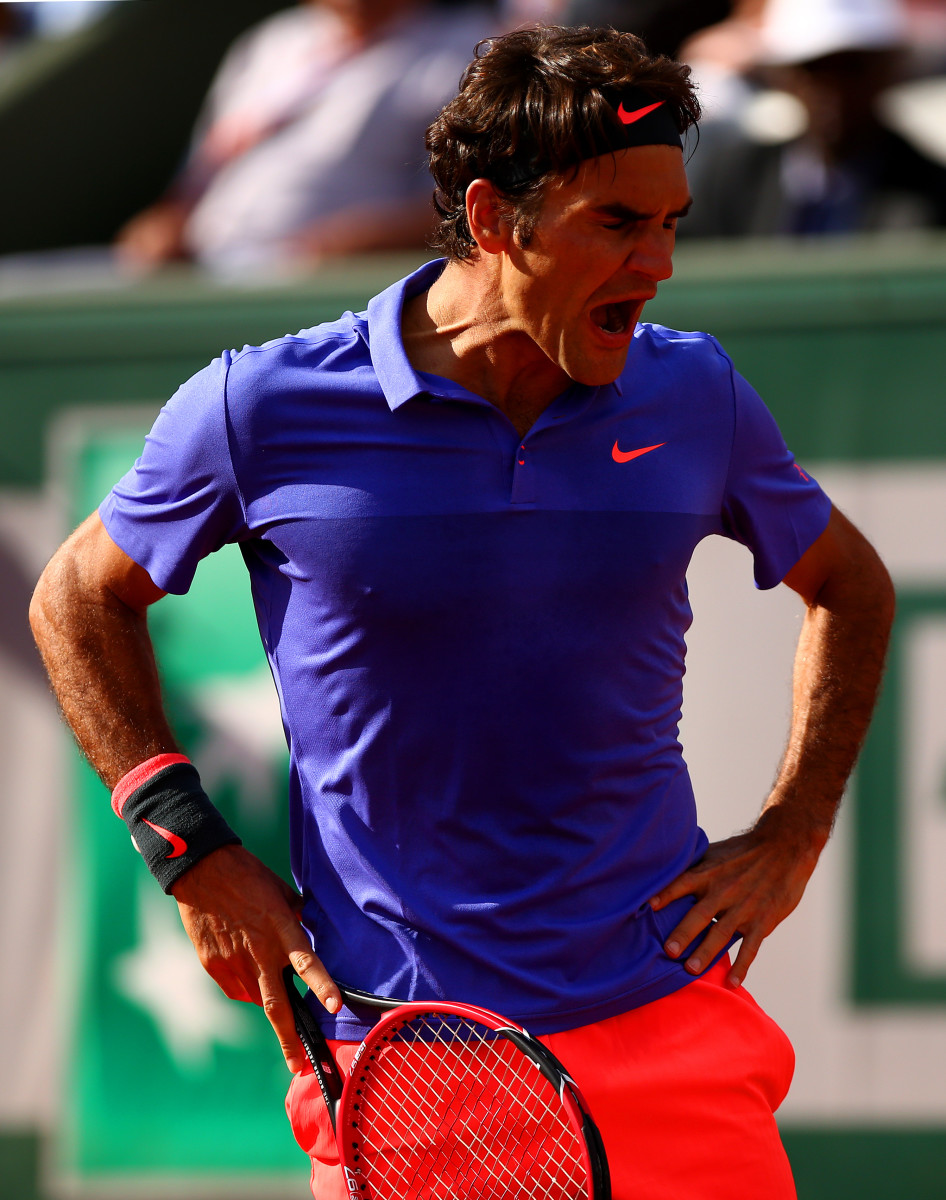
French Open
Rafael Nadal, Novak Djokovic
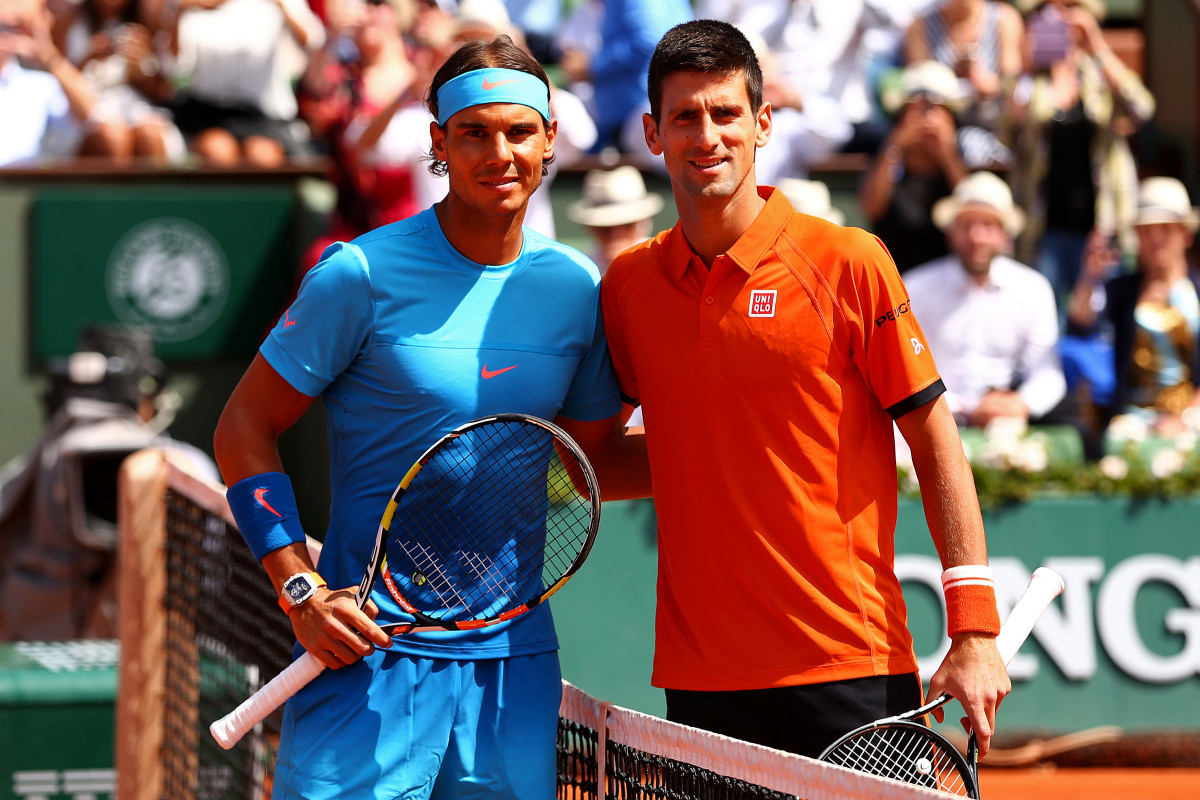
Rafael Nadal
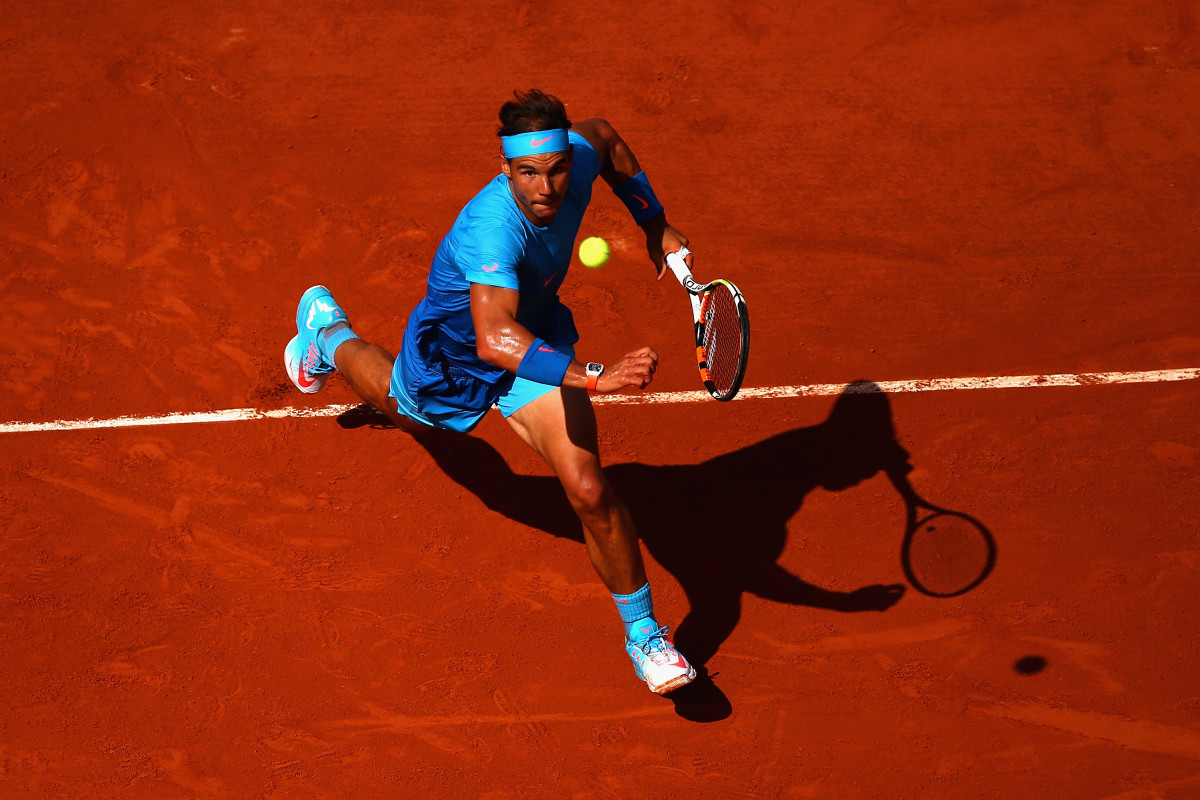
Novak Djokovic, Rafael Nadal
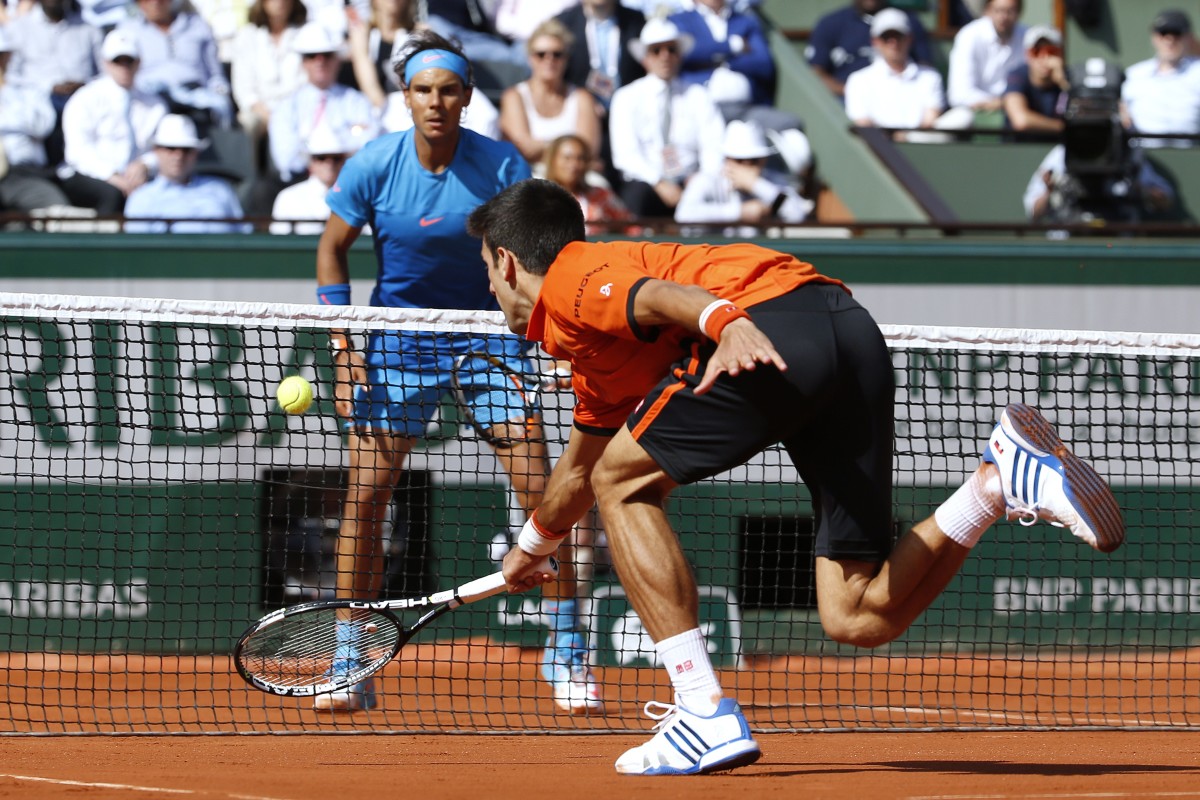
Rafael Nadal
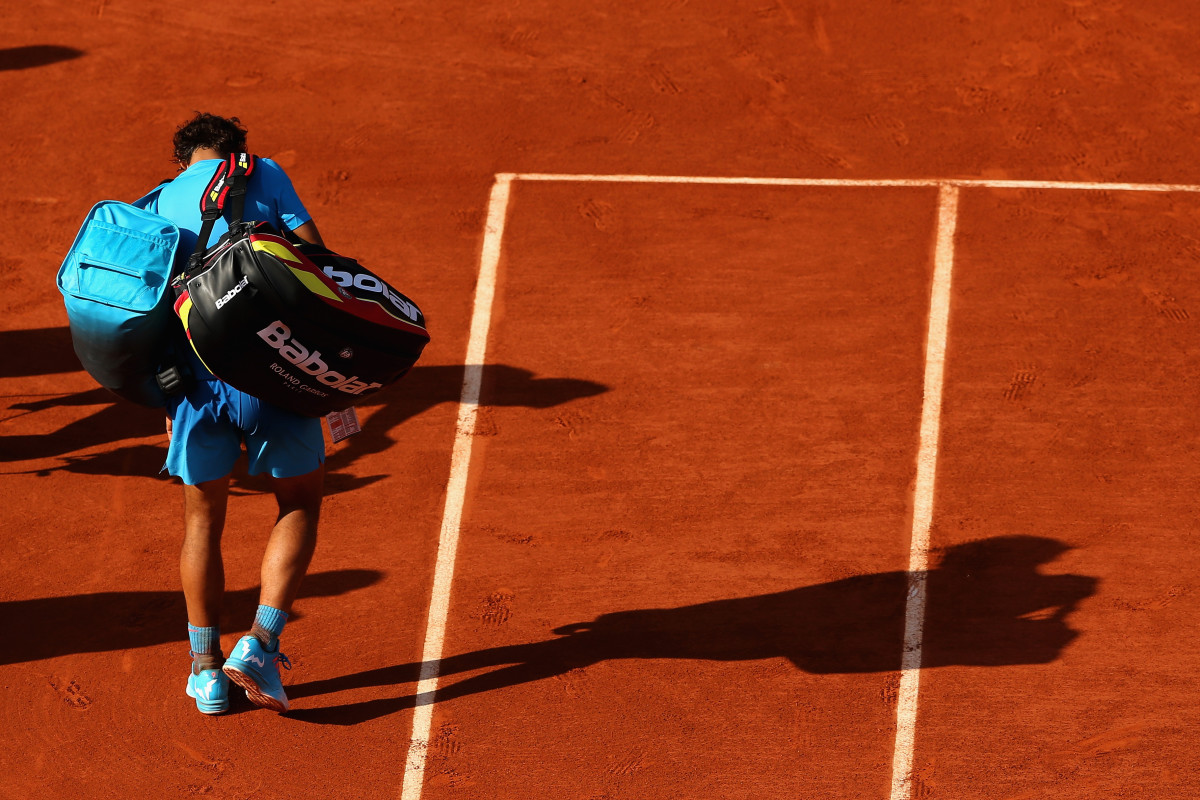
Rafael Nadal, Novak Djokovic
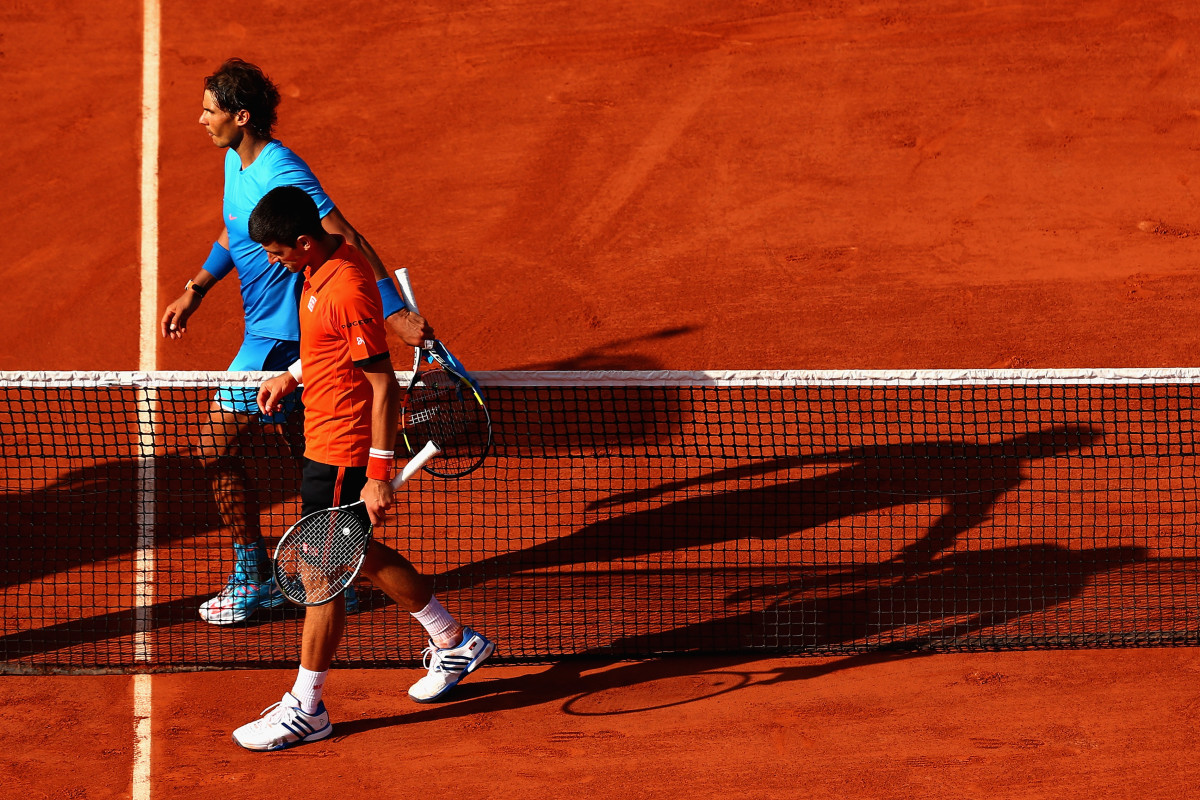
Rafael Nadal
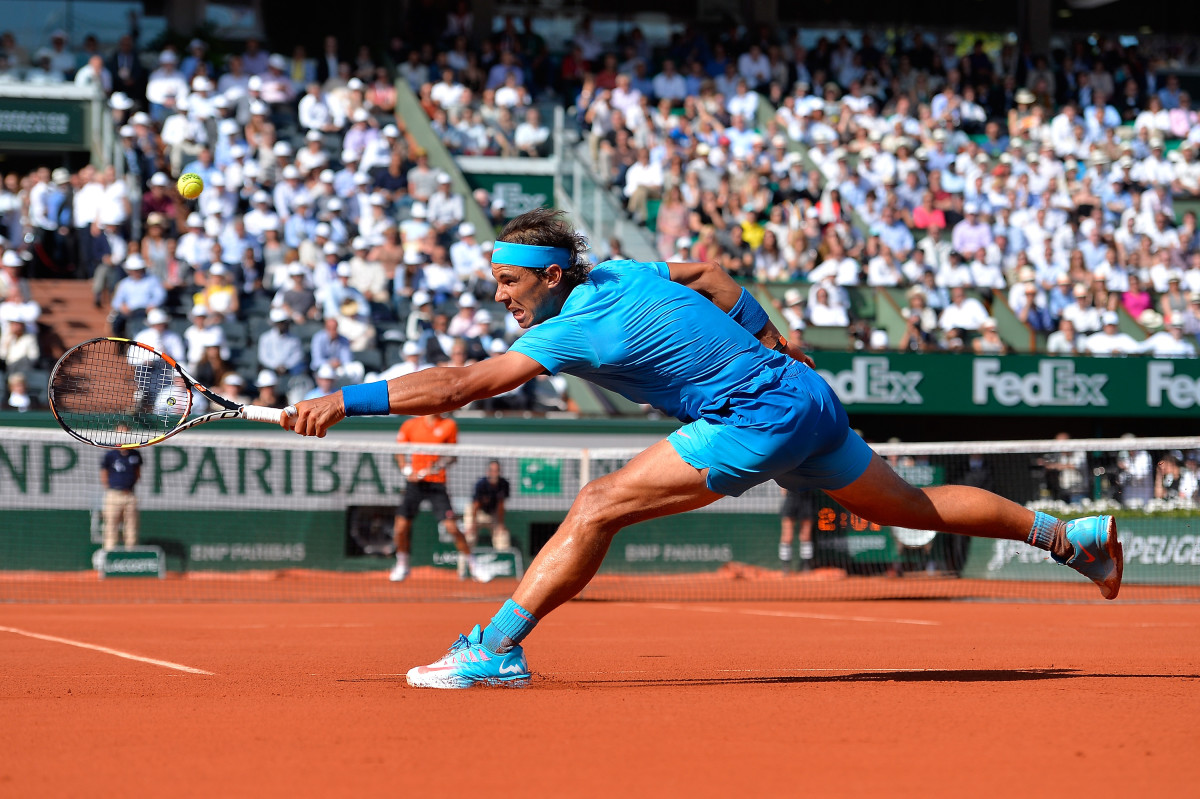
Rafael Nadal
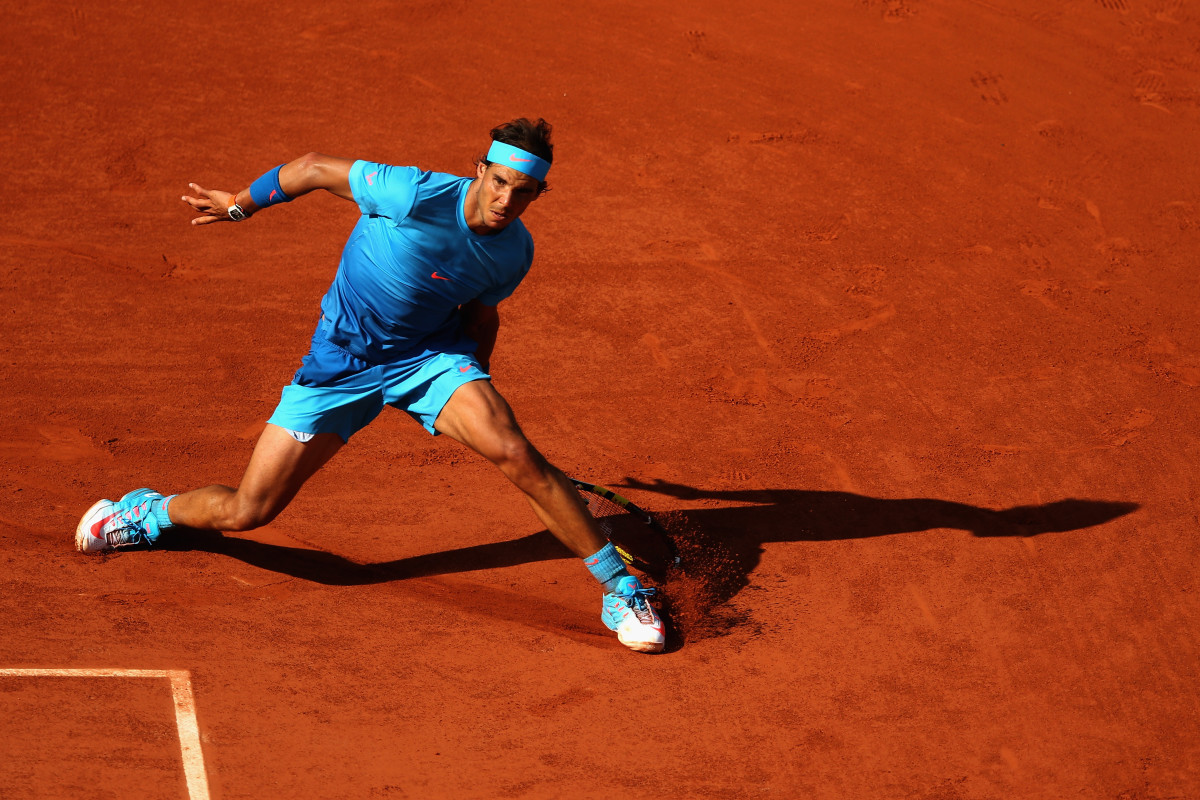
Amelie Mauresmo, Matt Little, Mark Bender and Kim Murray
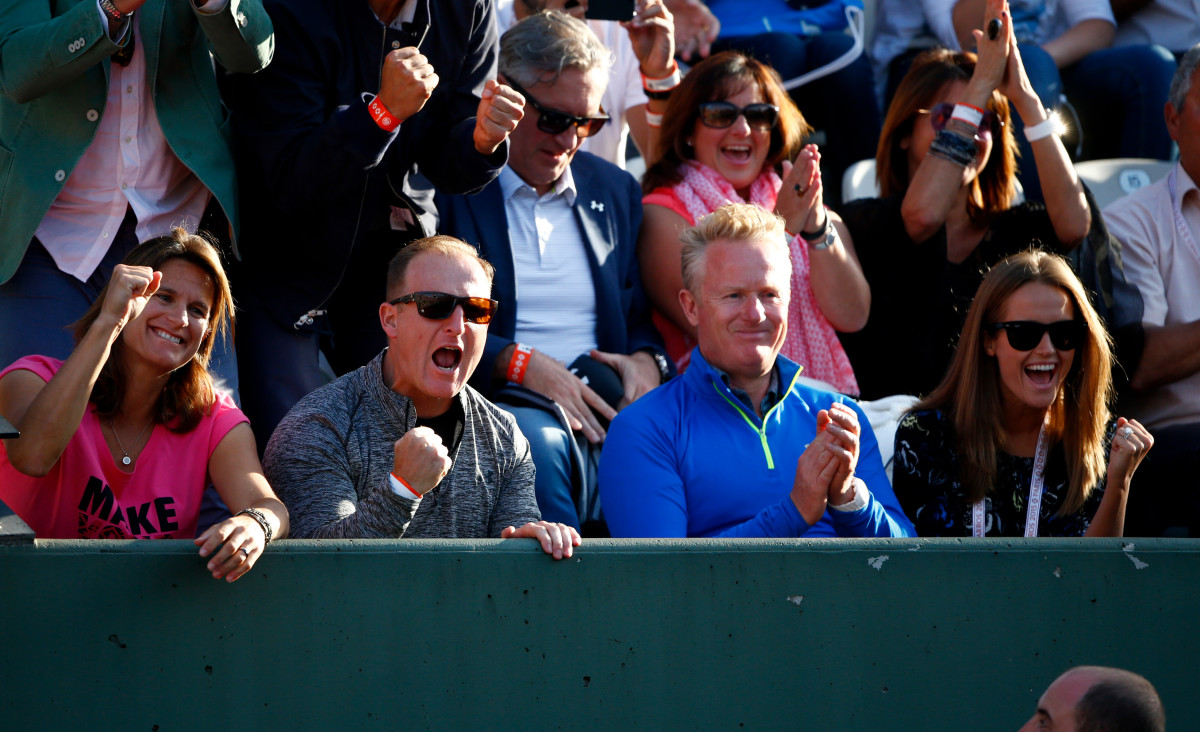
Andy Murray
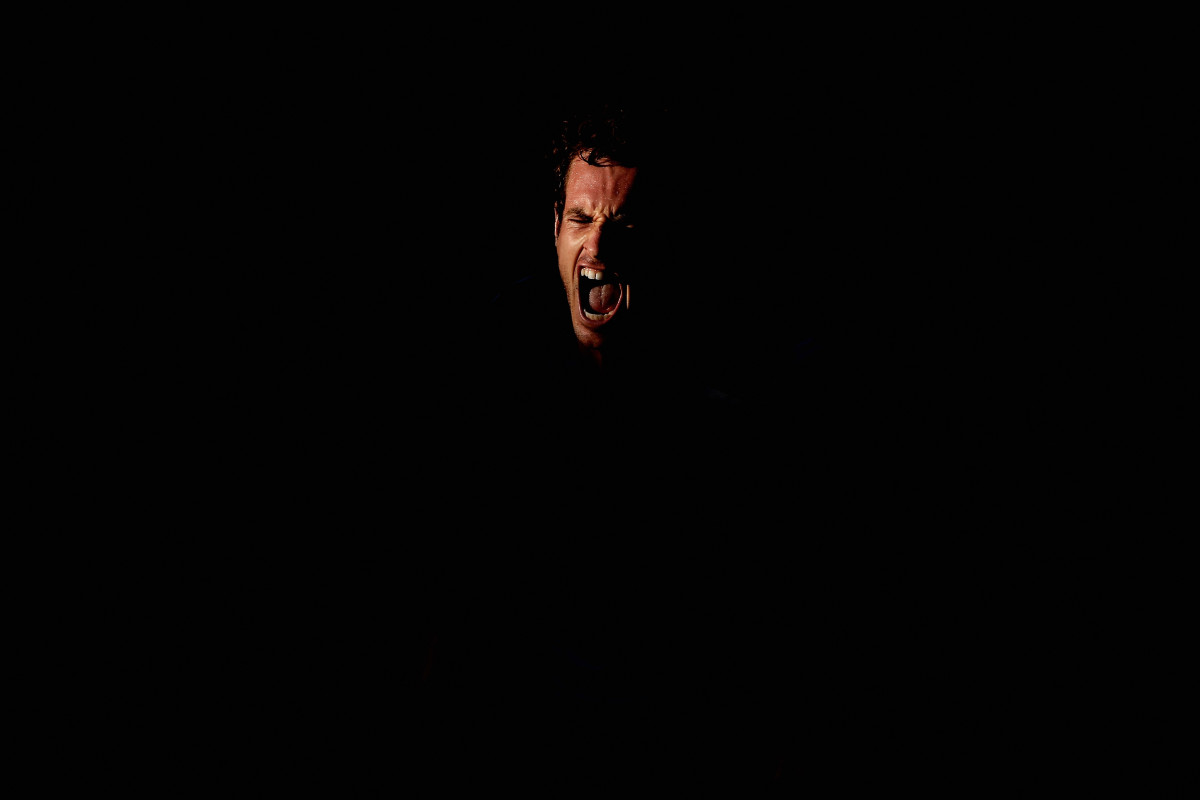
Serena Williams
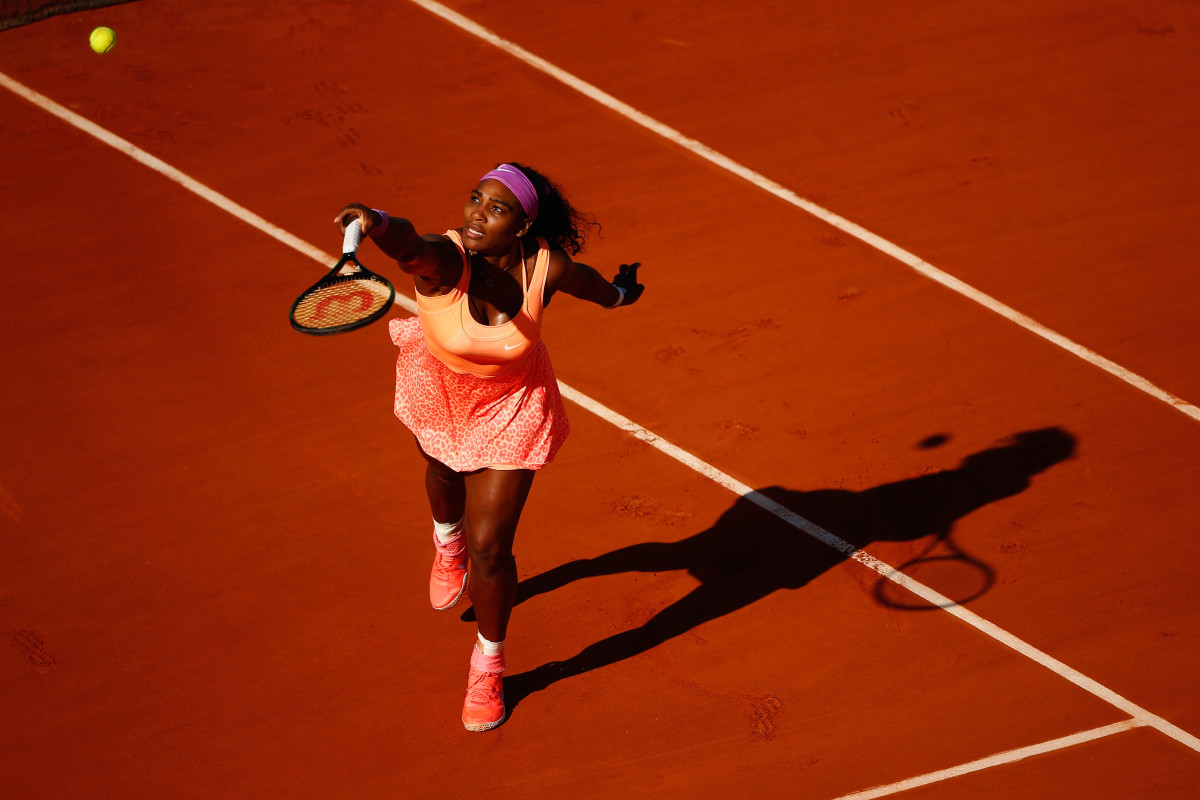
Serena Williams
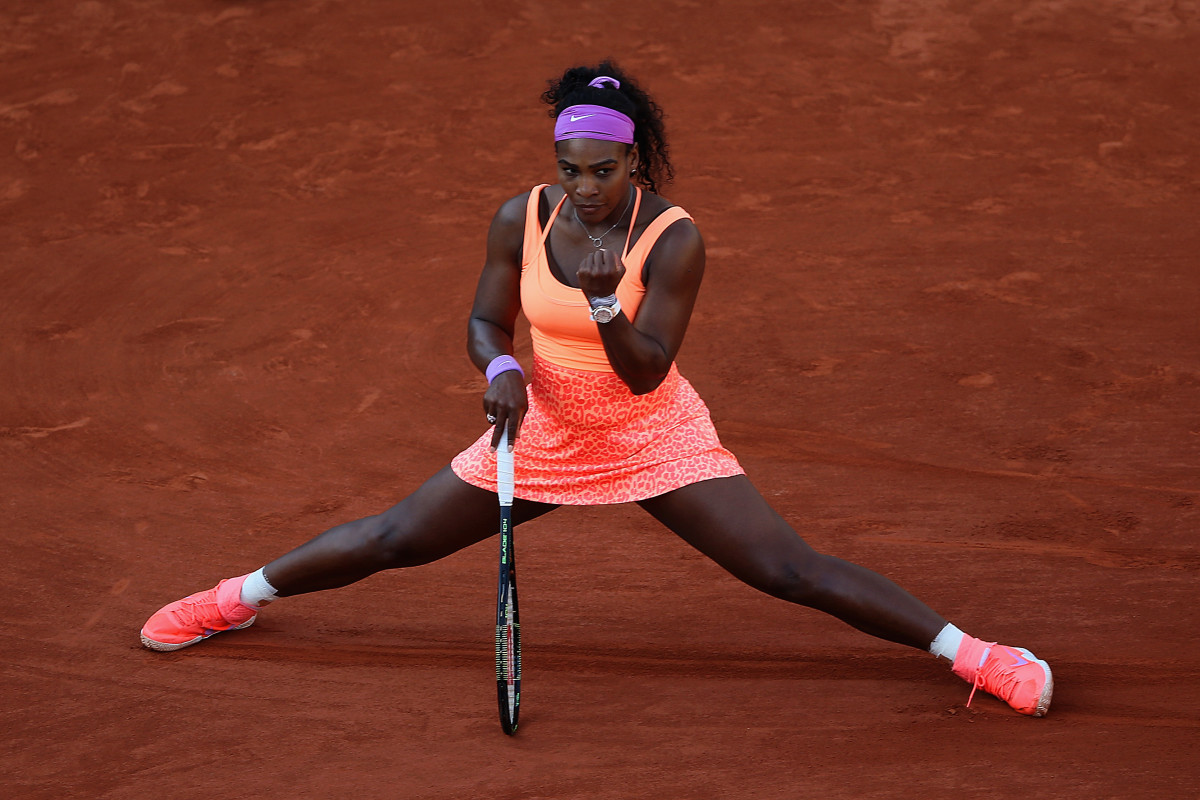
Simona Halep
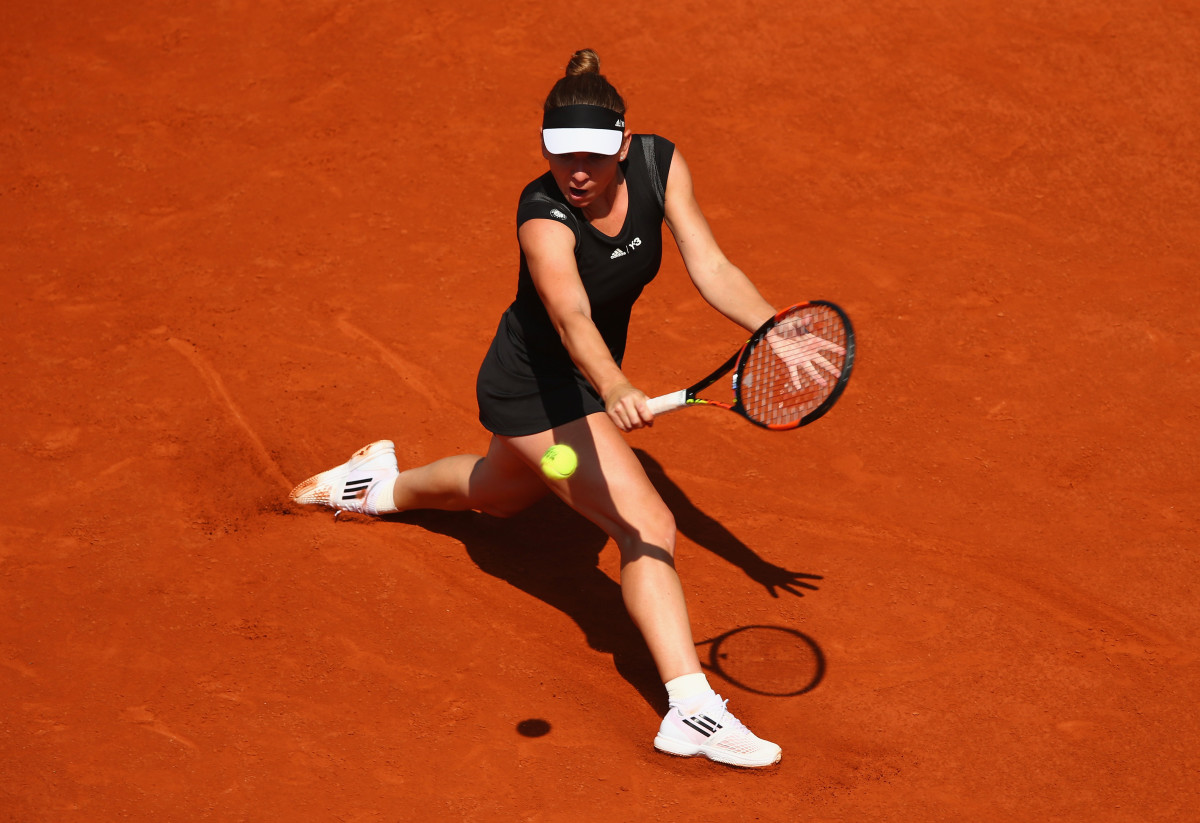
Amelie Mauresmo
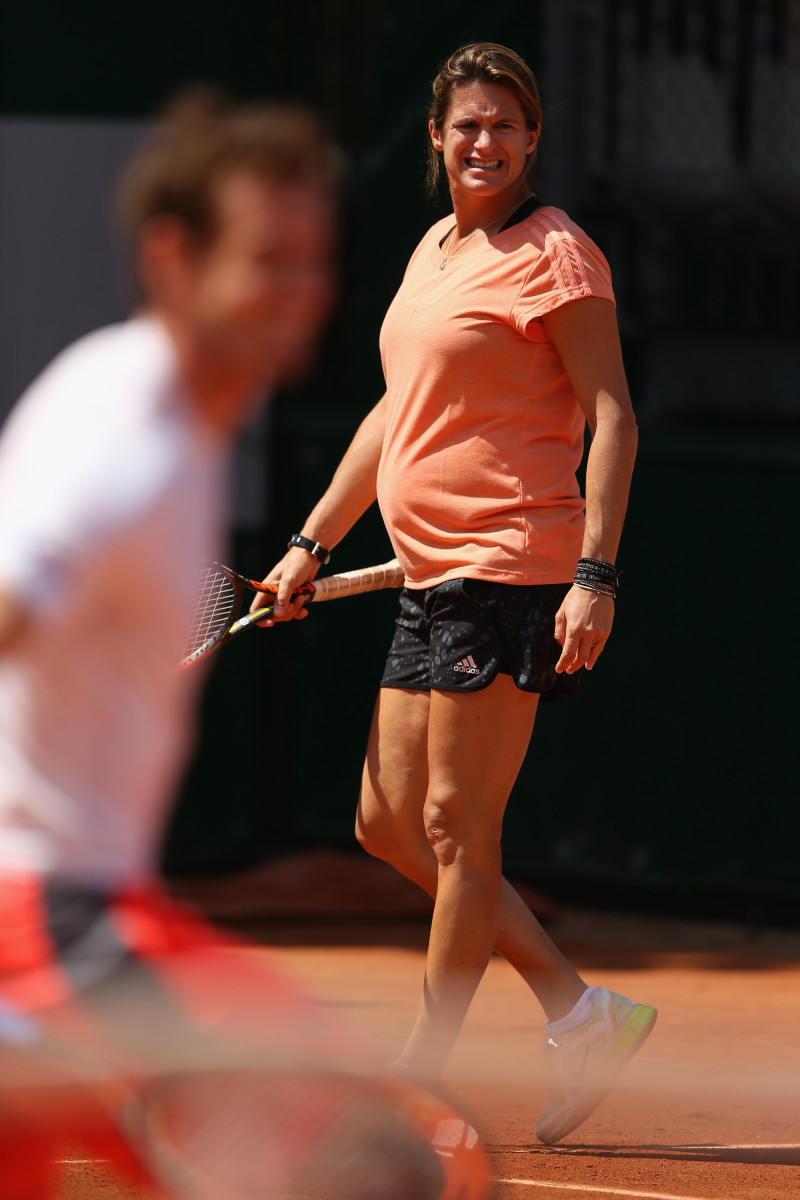
Roger Federer
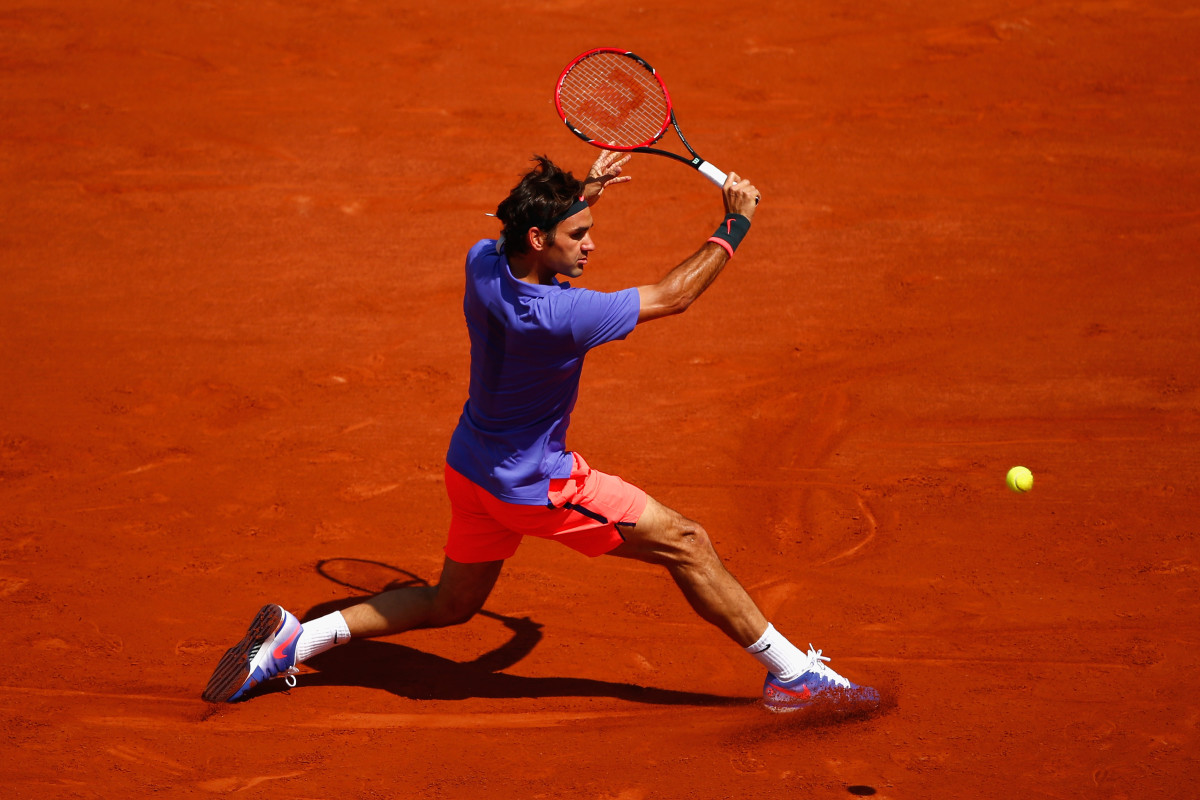
Kei Nishikori
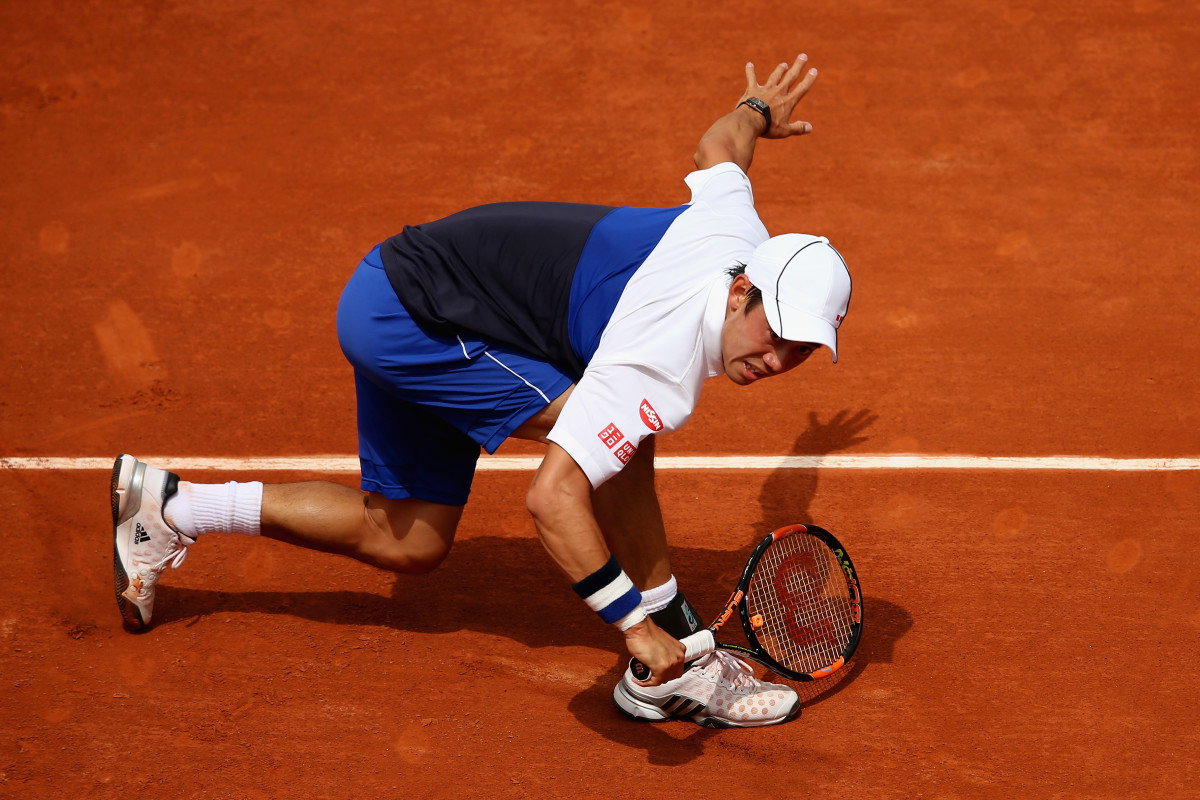
Hugh Grant and Anna Elisabet Eberstein
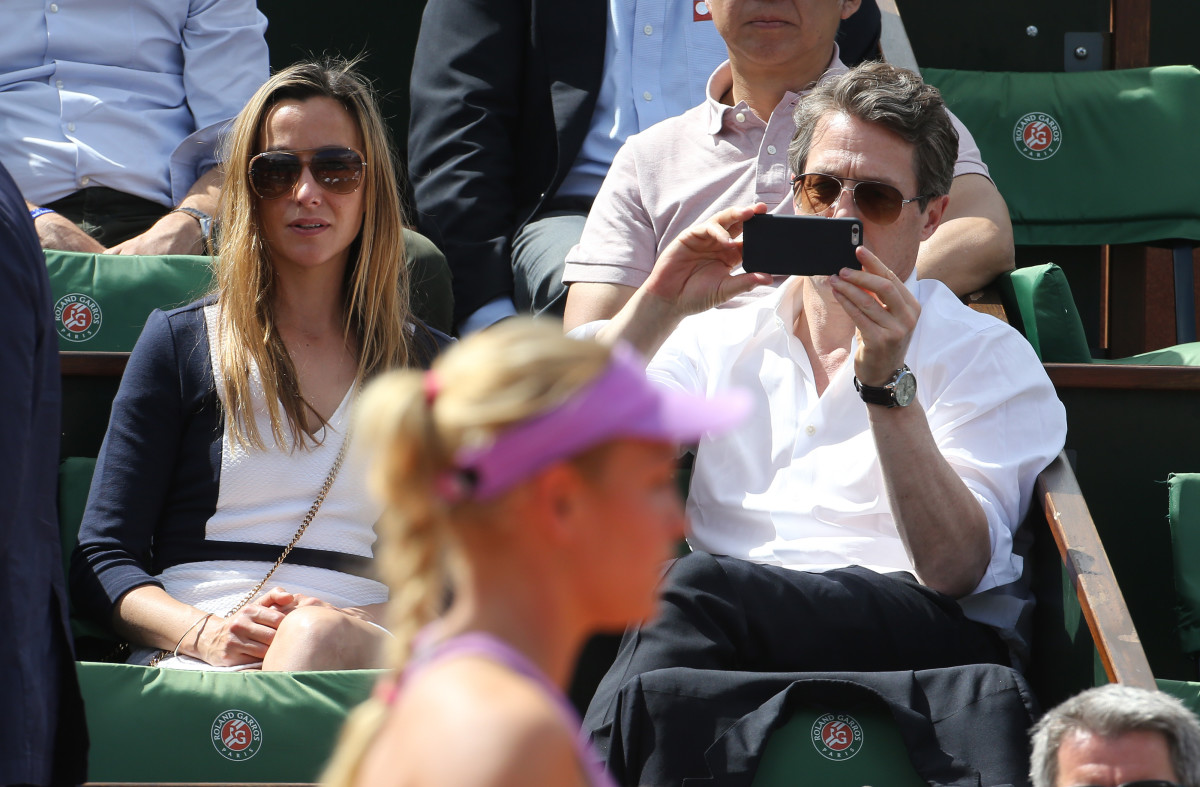
Sam Groth
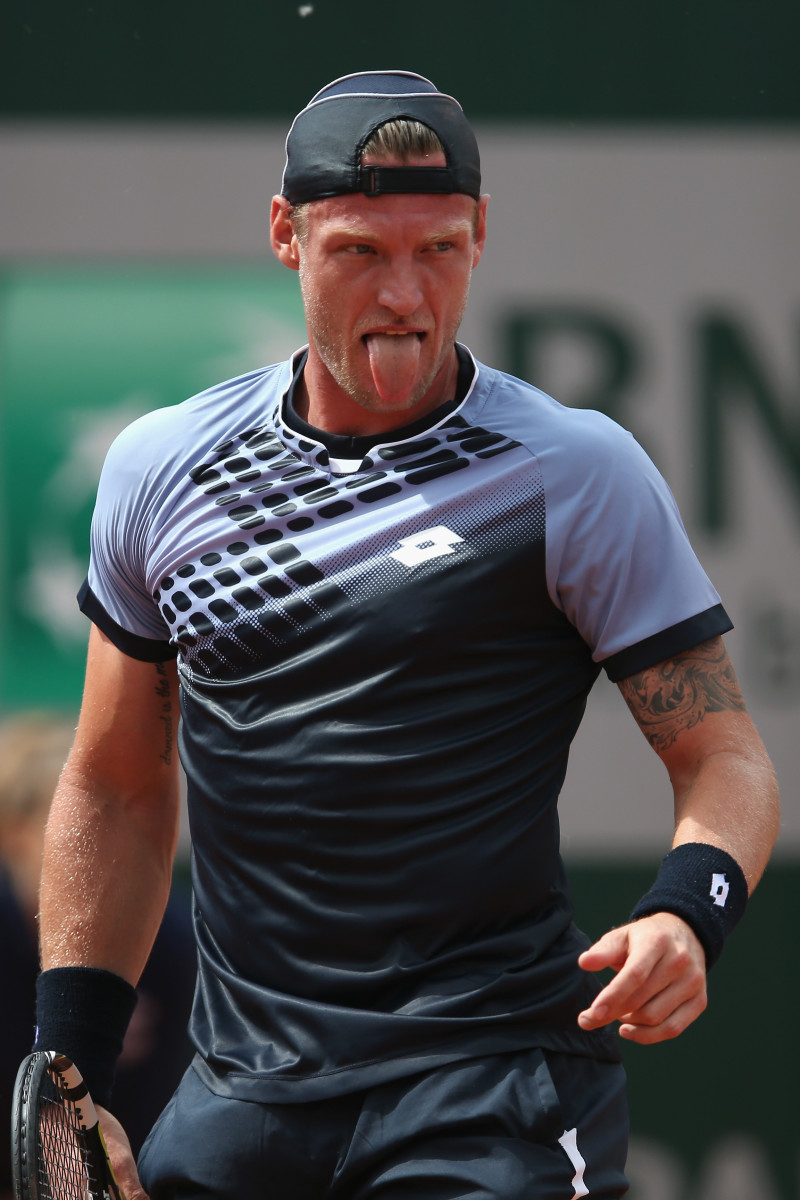
Virginie Razzano
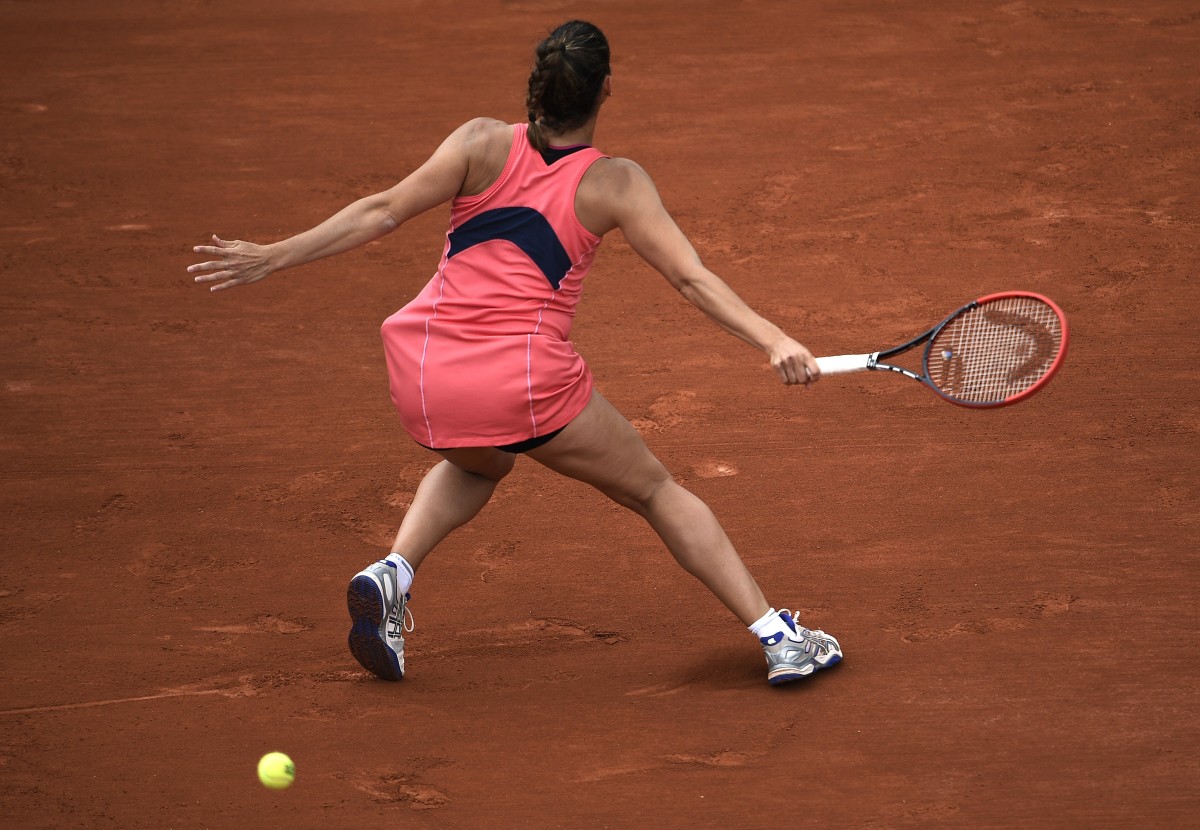
Sam Stosur
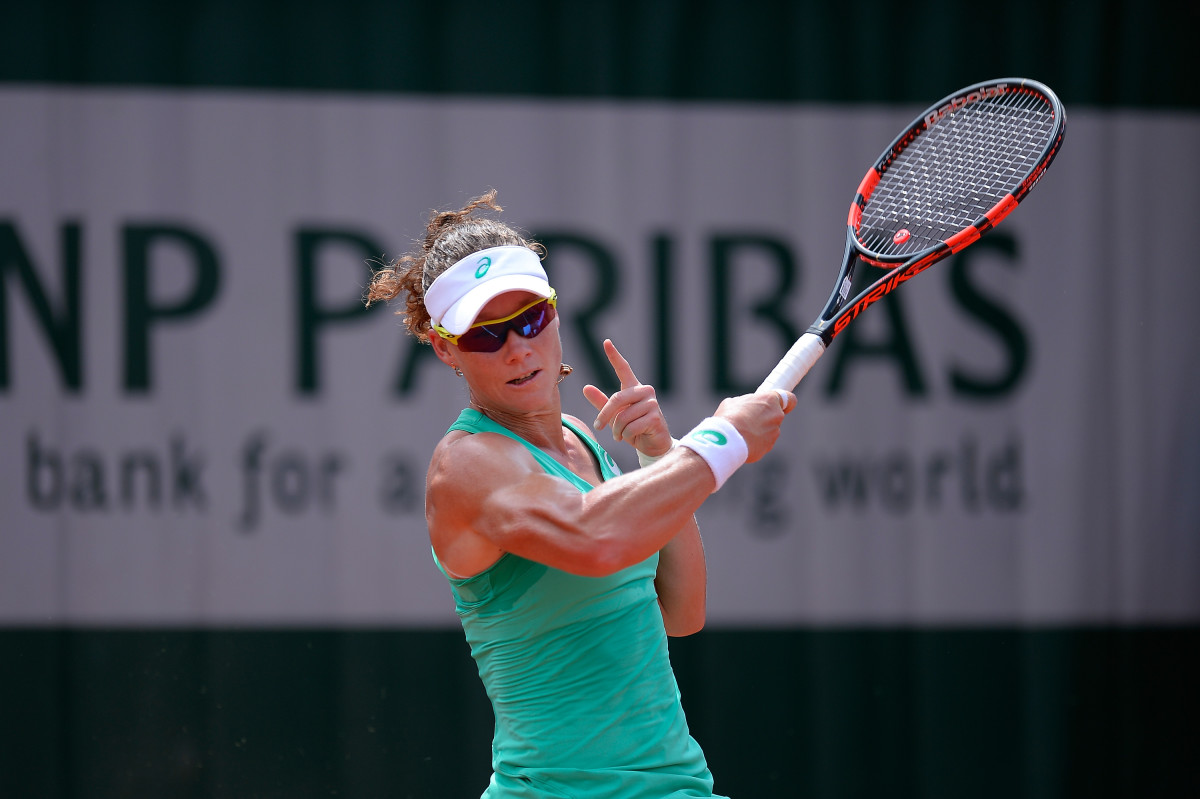
John McEnroe
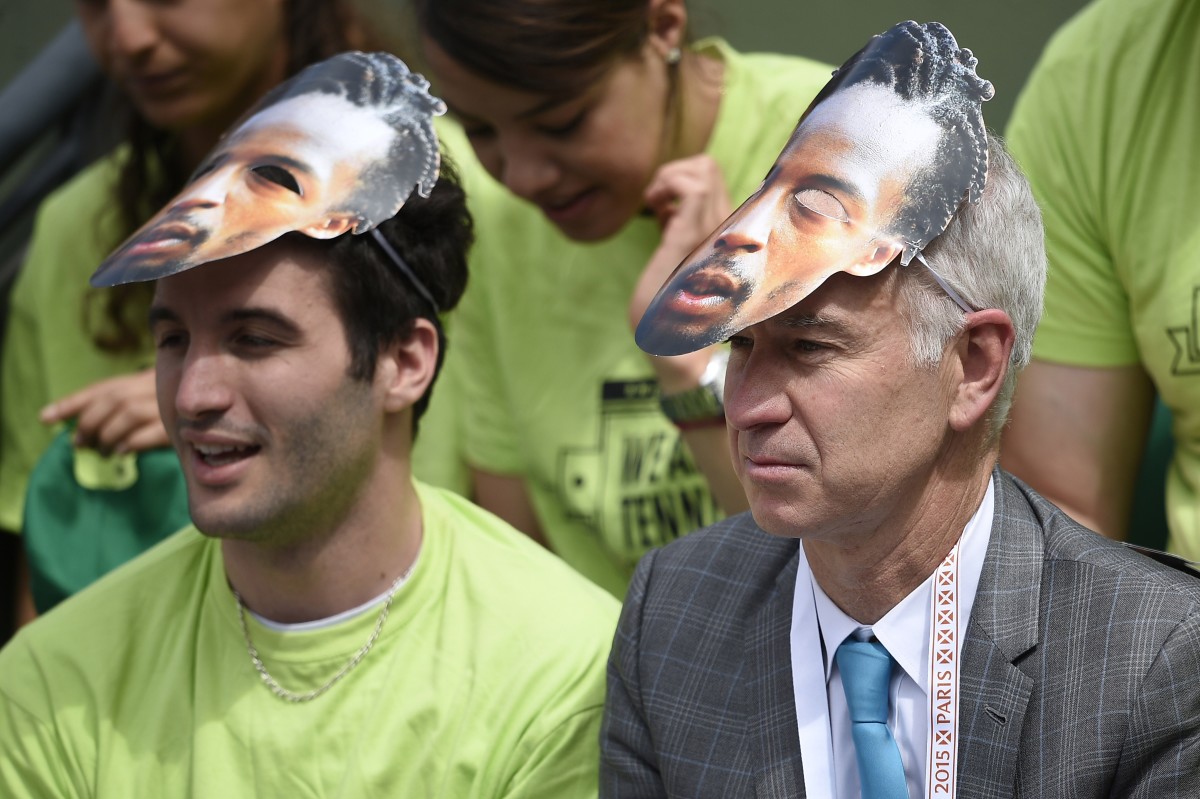
Steve Johnson
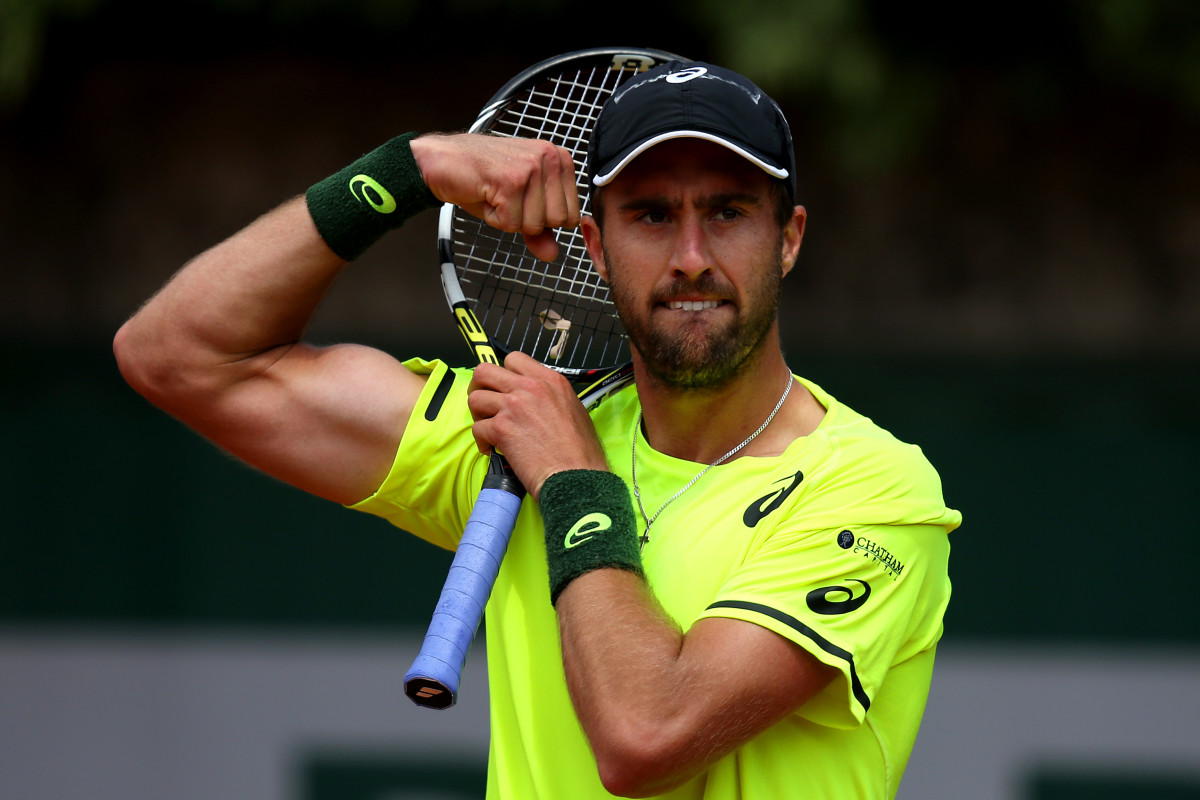
Leander Paes and Daniel Nestor
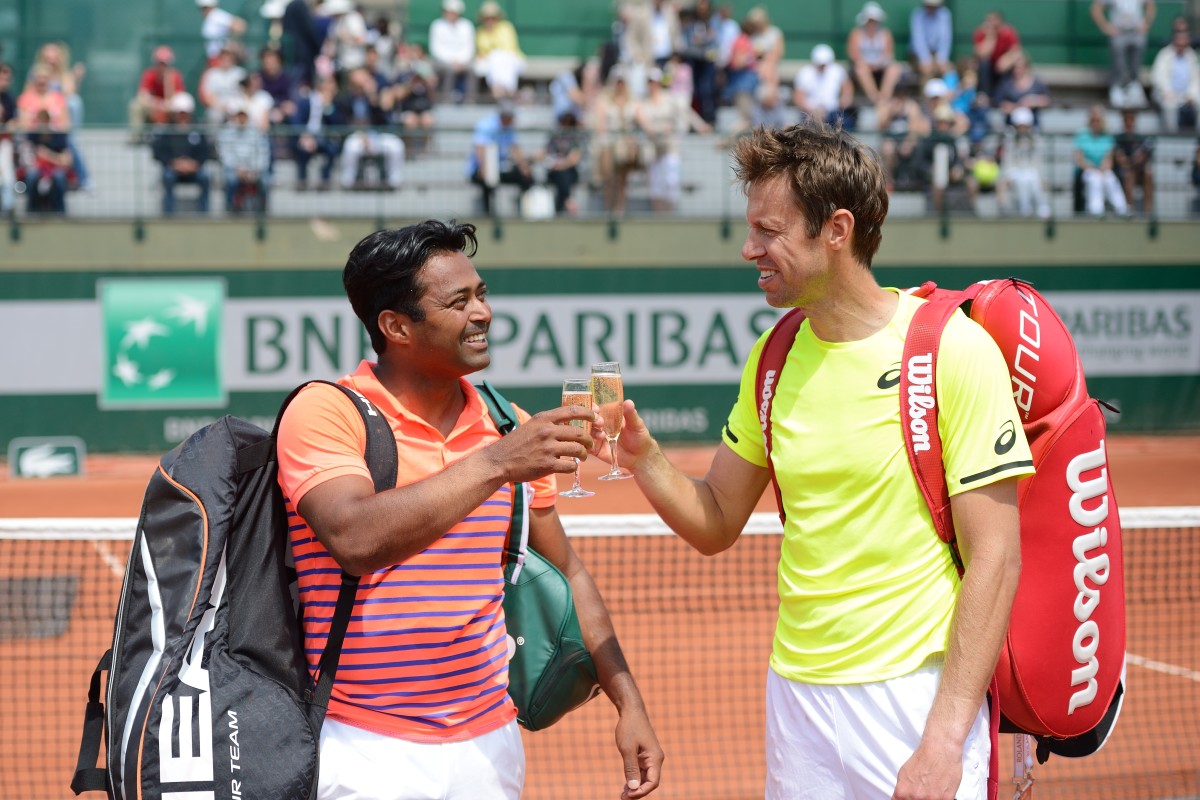
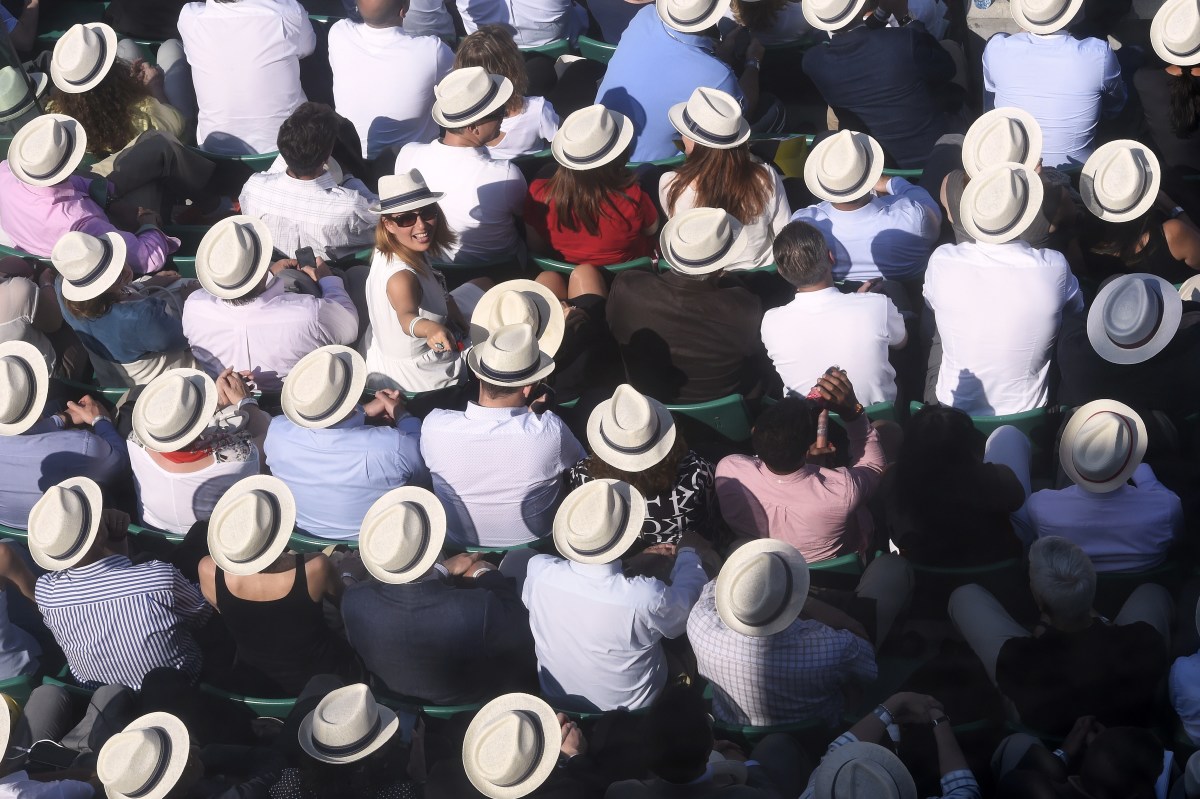
Gael Monfils
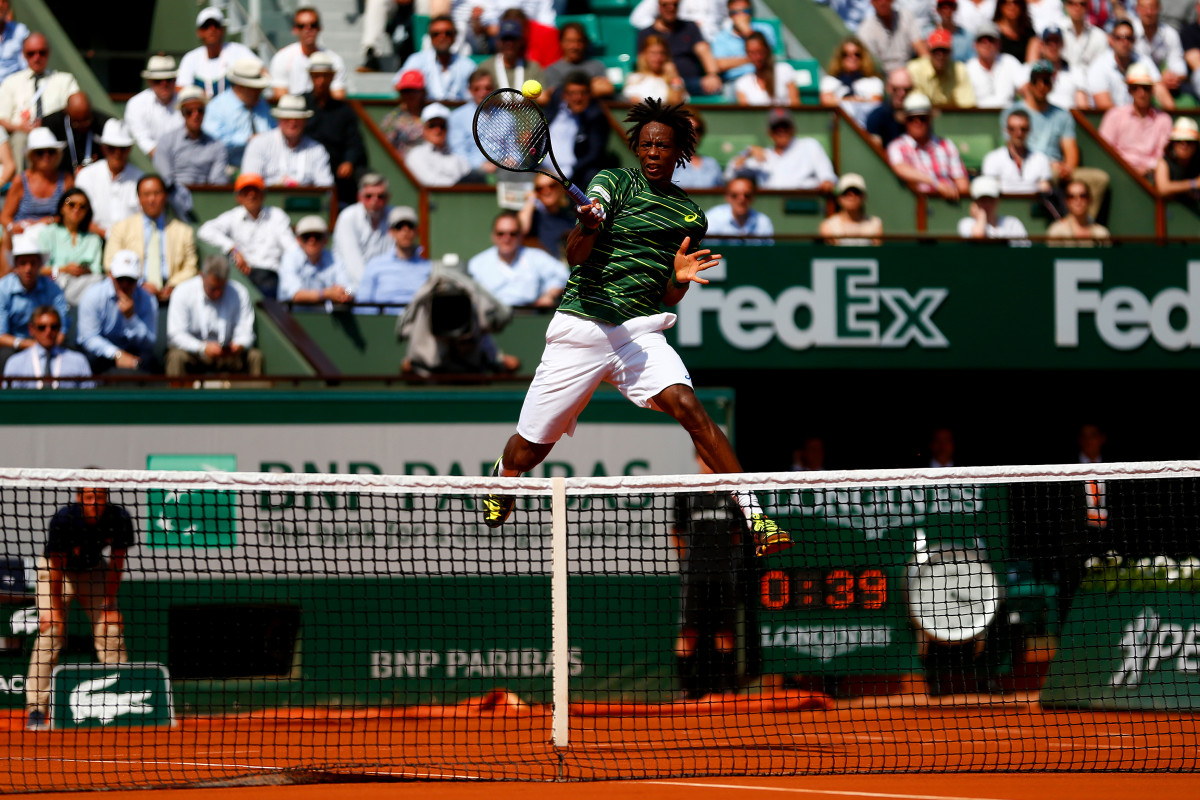
Nicolas Mahut
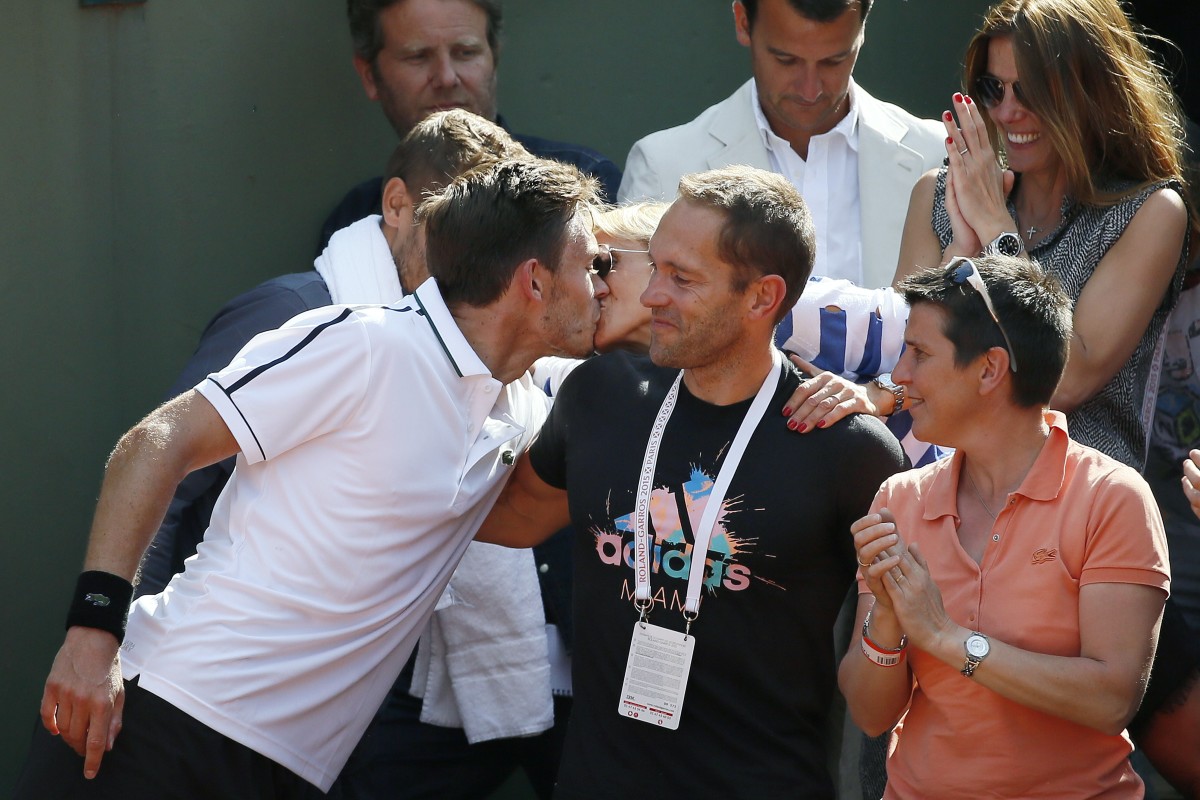
Gael Monfils
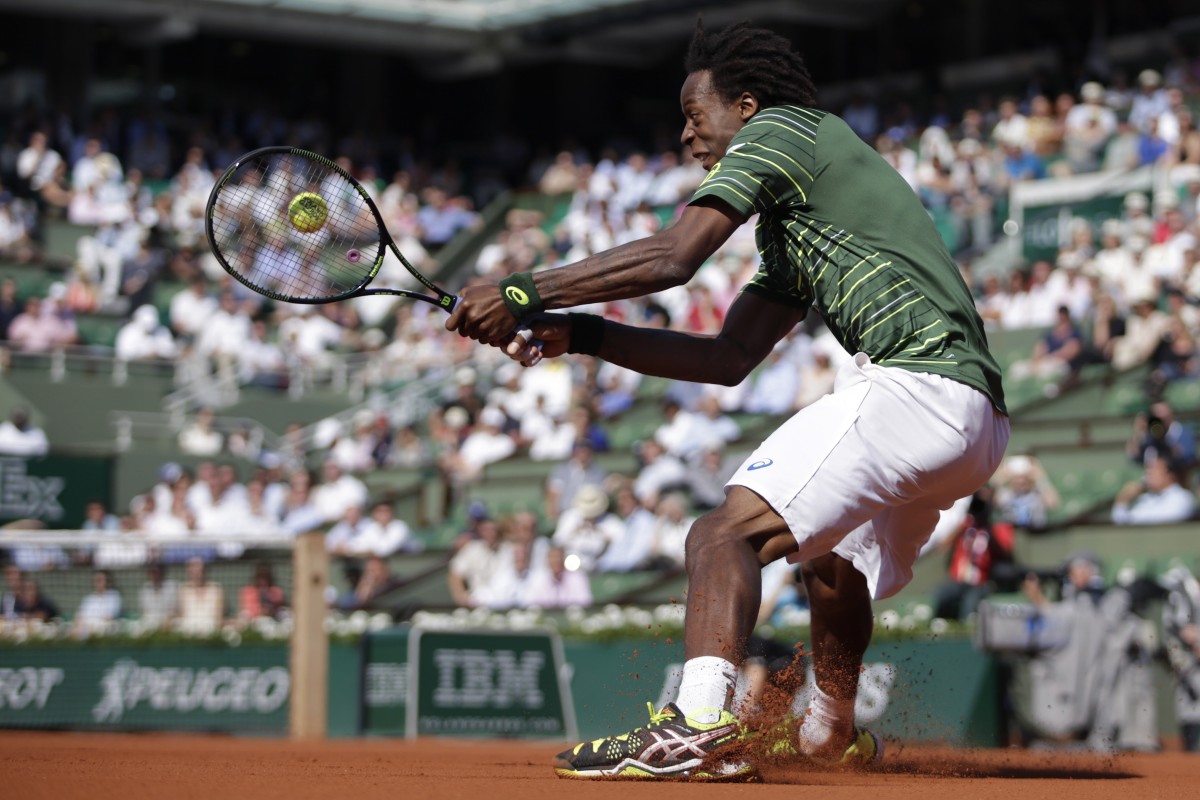
Gael Monfils
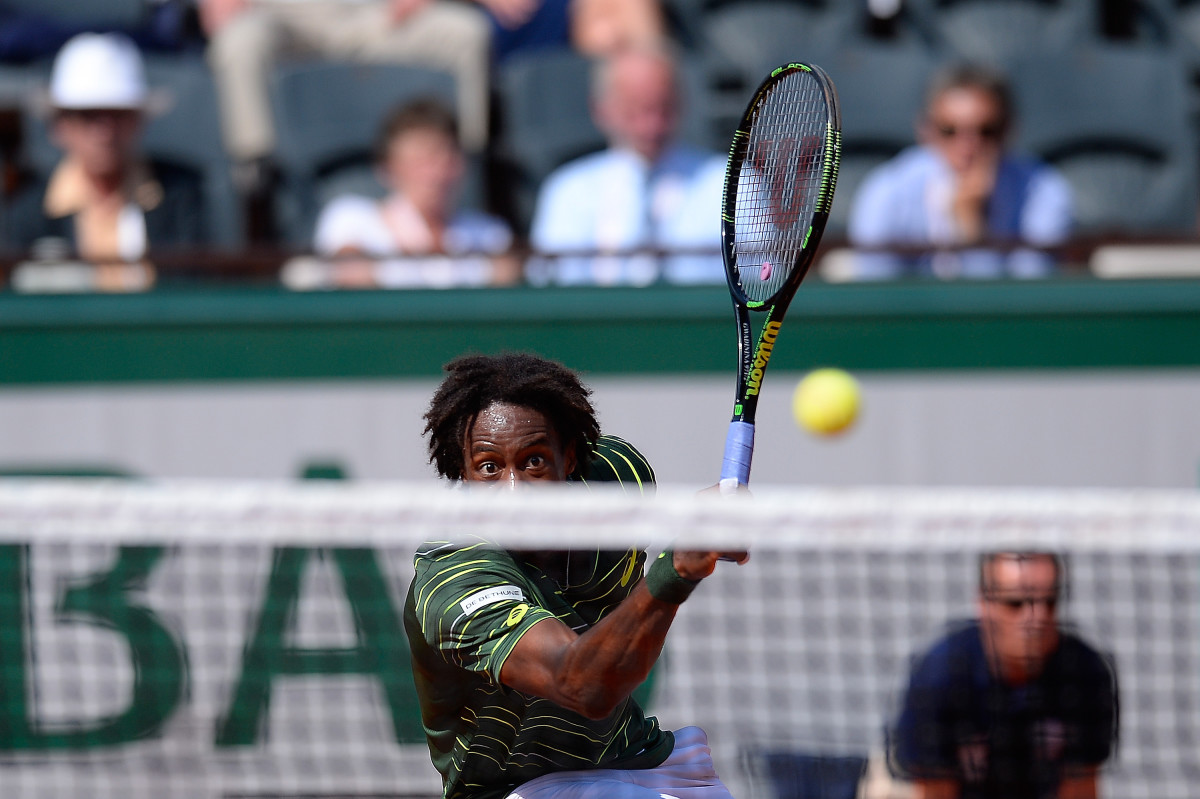
Aleksandra Krunic
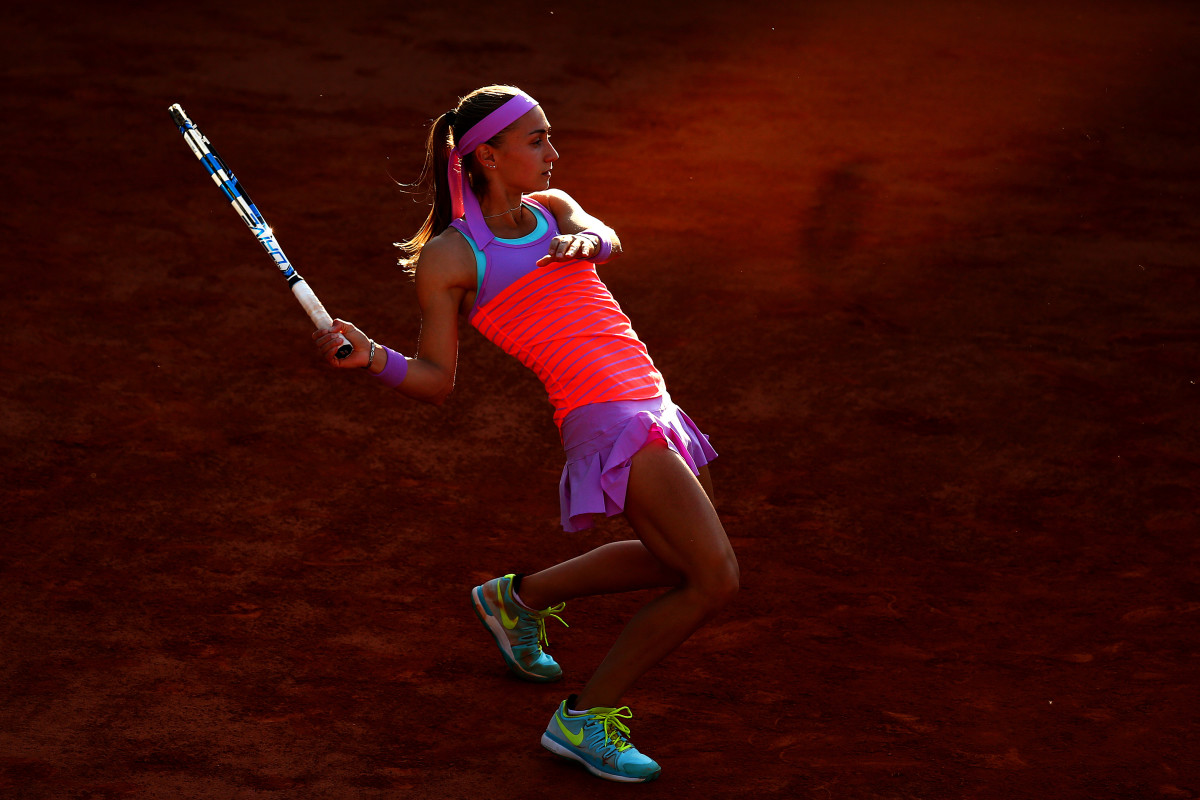
Roger Federer
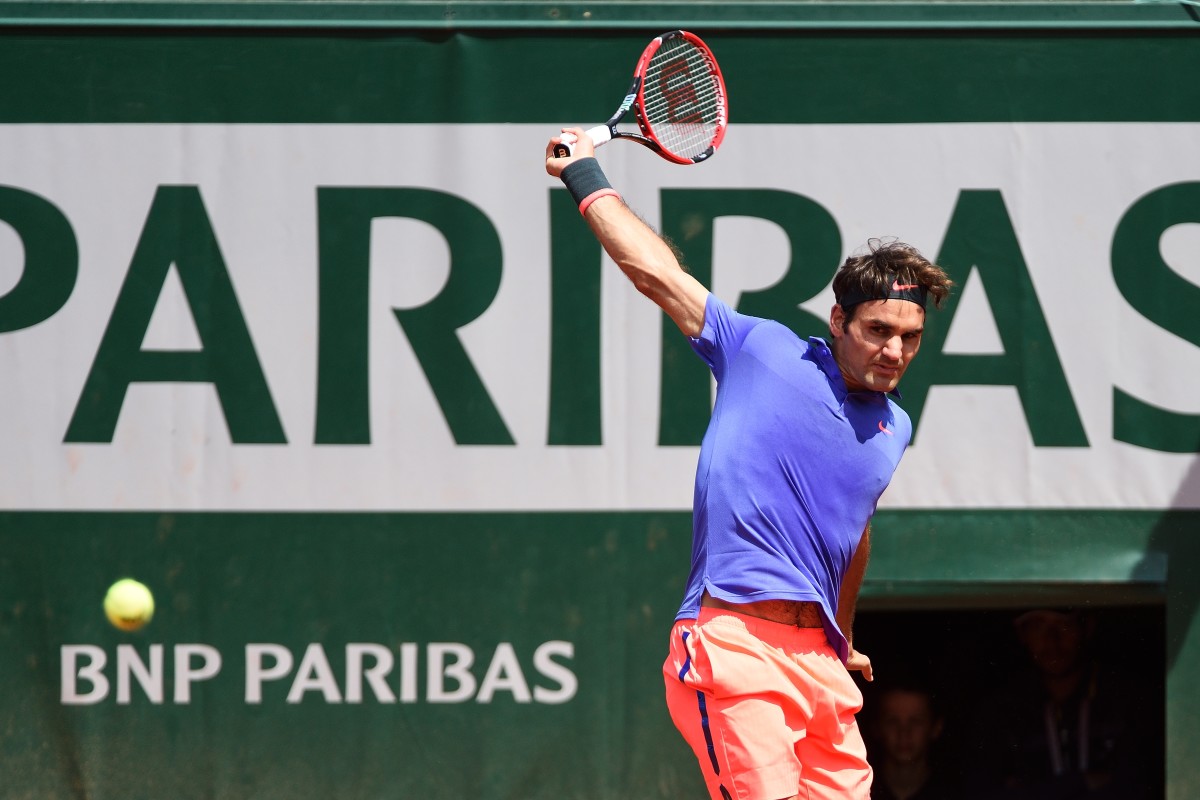
Ana Ivanovic
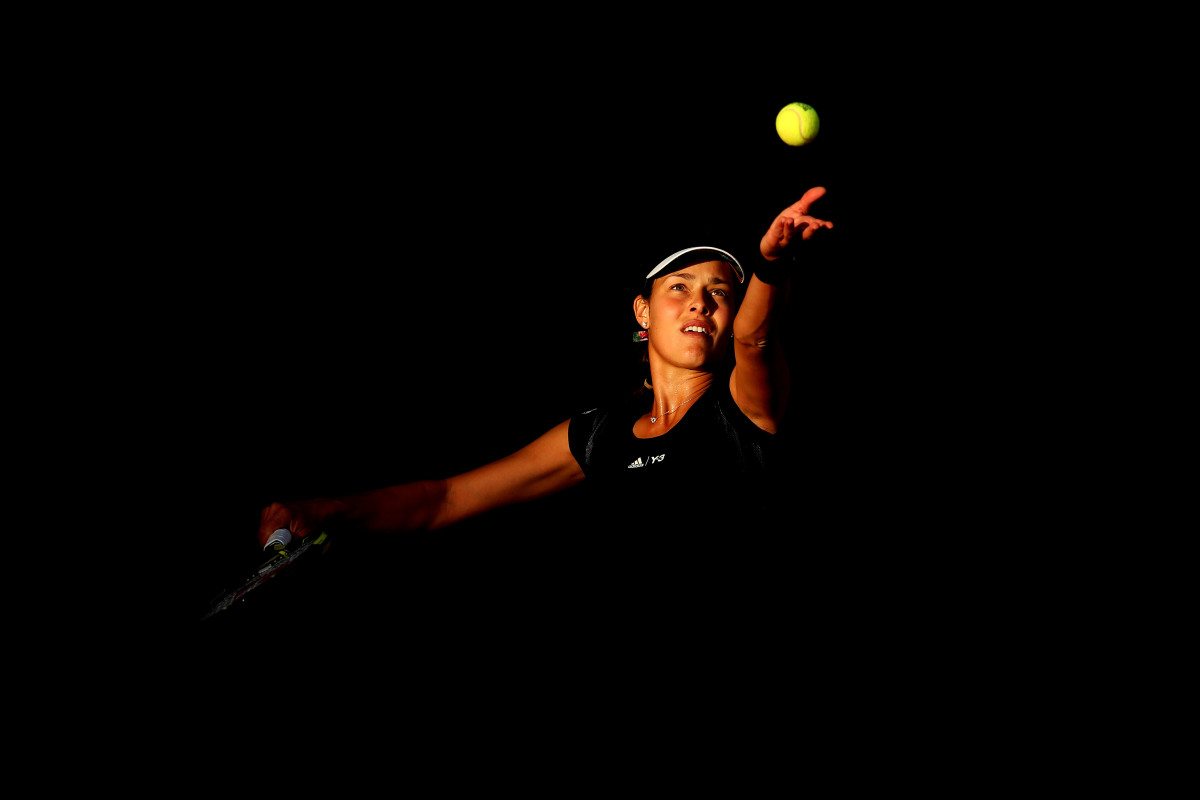
Caroline Wozniacki
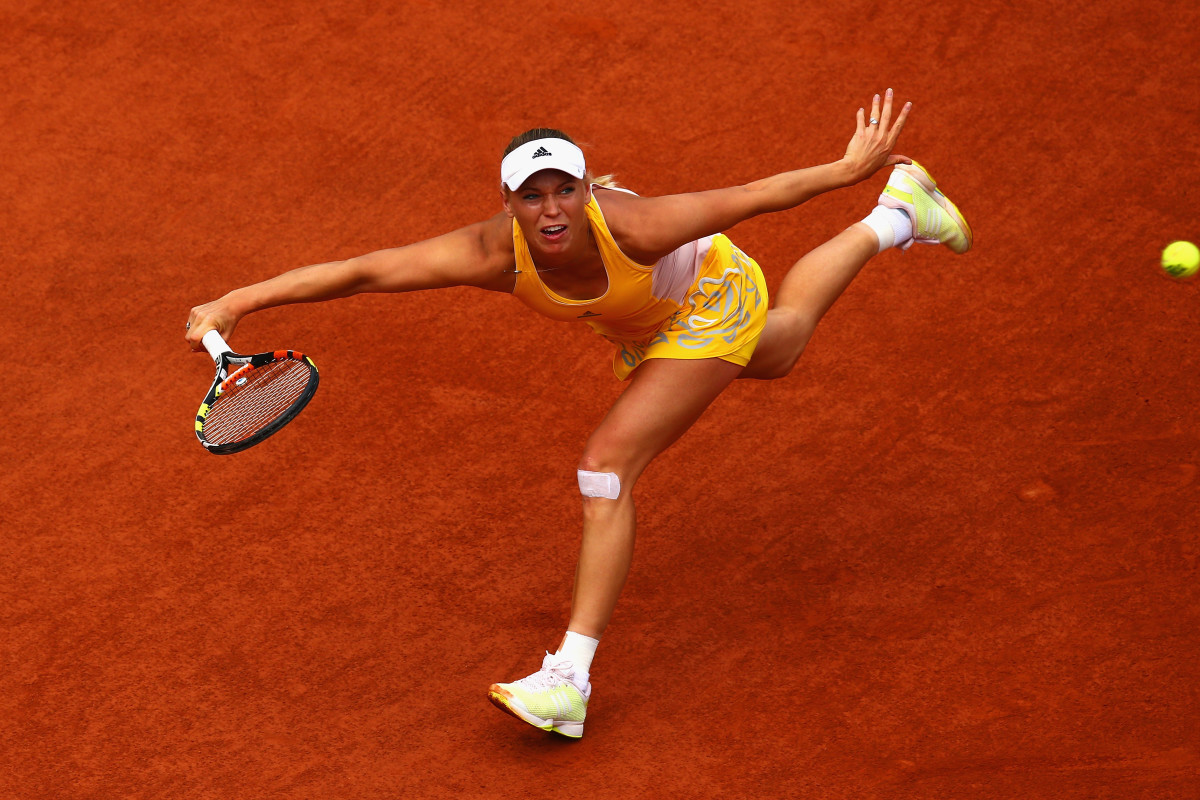
Novak Djokovic, Stan Wawrinka
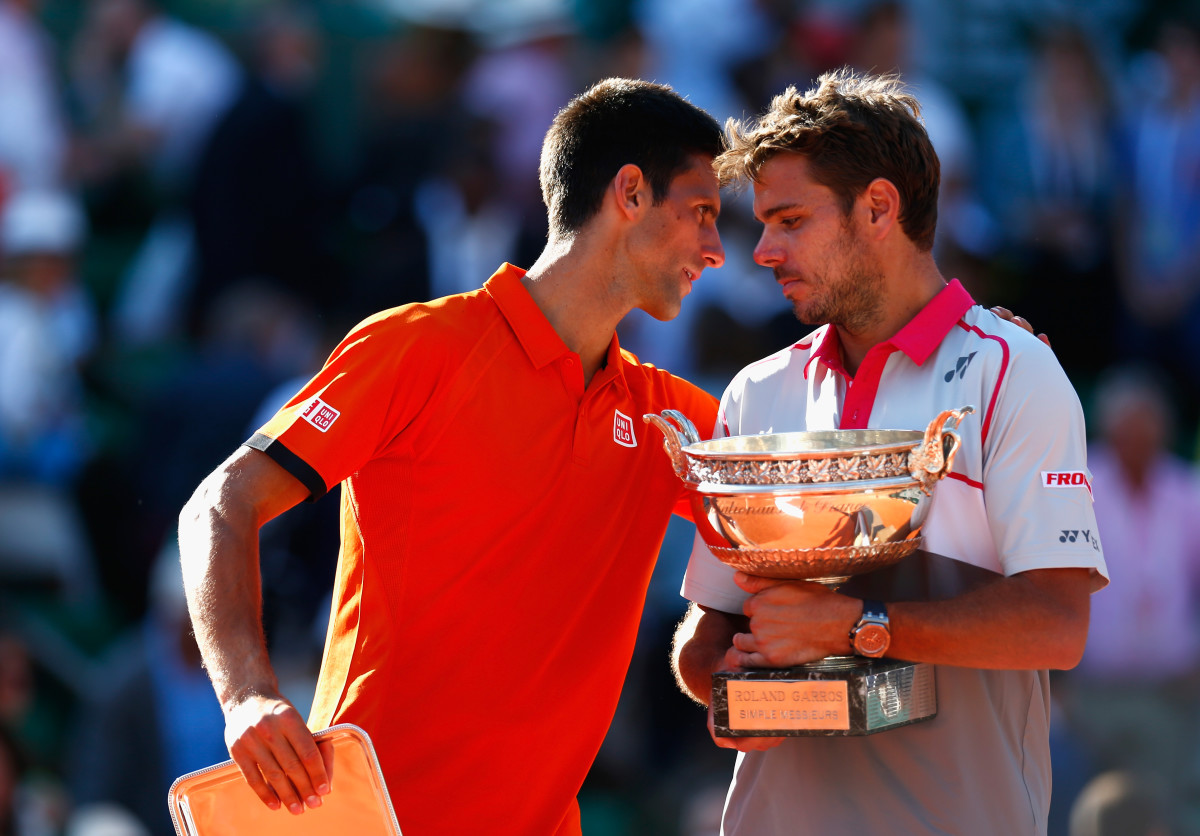
French Open
Thanks to a good rheumatologist and heavy doses of anti-inflammatories, the pain—which she was told can sometimes last up to a year—slowly subsided and Safarova was able to resume light workouts. She began with an elliptical because it created no pounding on her joints and gradually moved on to jogging for 10 minutes at a time. All told, she was off the tour for the better part of six months.
“I lost all my fitness and it was a very uncertain moment for me,” says Safarova, “But I always thought I’m going to be OK.”
Where does Roland Garros get its name? Inside the stadium’s history
Safarova finally returned to the tour in Doha at the end of February but the comeback has not been easy. She lost her first five matches—though she and Mattek-Sands won the doubles in Miami and reached the final in Charleston—before winning the title in Prague, beating fellow Czech Karolina Pliskova and Australian Samantha Stosur in the semis and final. It was the seventh WTA title of her career and the first since Doha last year.
“Winning in Prague was a huge step for me,” says Safarova, who was then forced to withdraw after her first match in Madrid due to what she thinks is a combination of food poisoning and a stomach bug. “I finally feel like I’m back to my old self.”
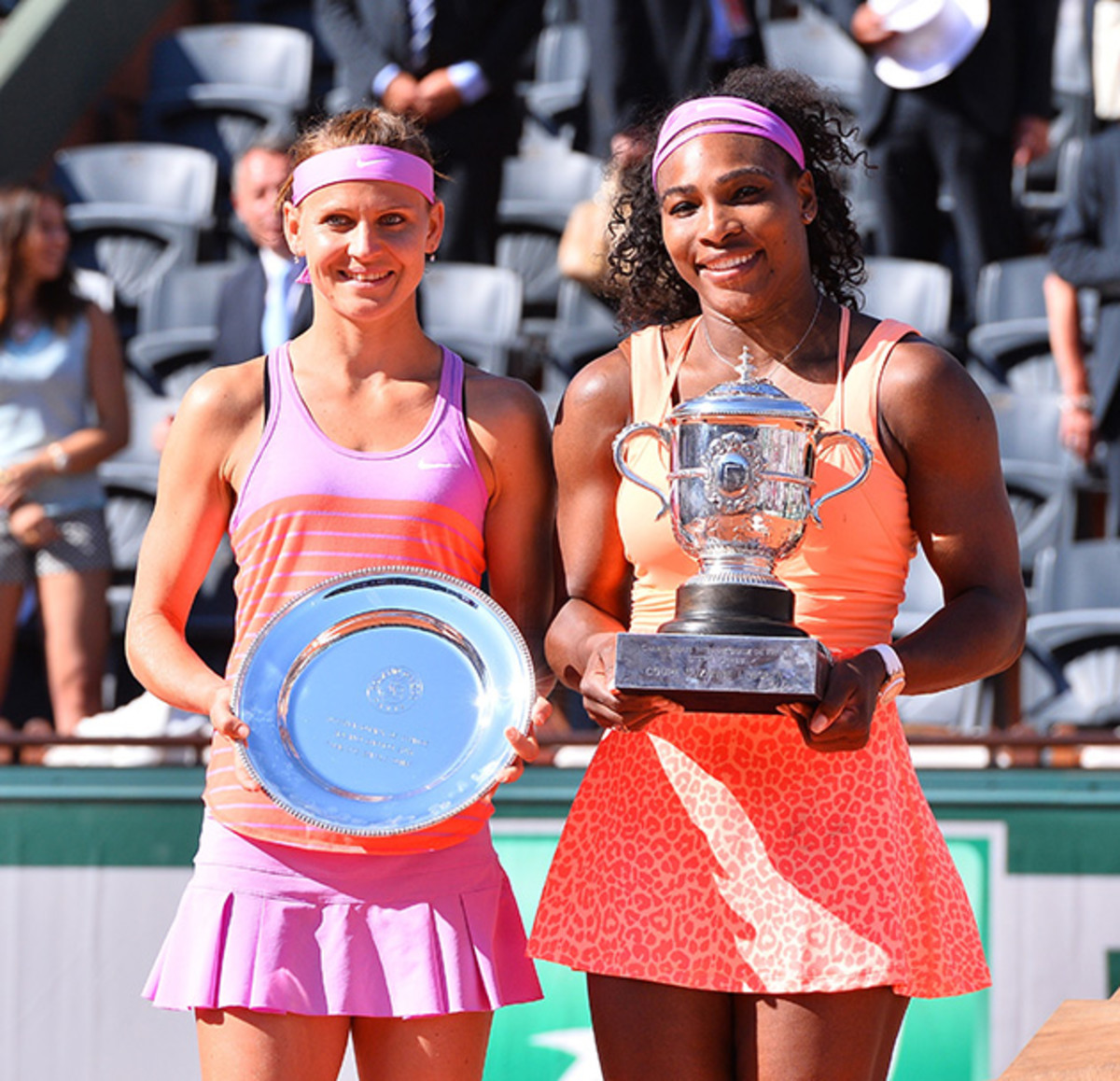
Despite her ordeal over the last year, Safarova can’t wait to return to Paris, a place that holds such sweet memories for her.
“It was such an incredible two weeks, filled with so many emotions,” says Safarova, who celebrated her singles final and doubles championship by buying herself an piece of onyx artwork from Mt. Kilimanjaro to hang on the living room wall of her new home. “When you do well you have so many memories of what you did, how you felt, how the crowd treated you.
“All of my family came to watch, even my sister Veronika came from New York for the final,” Safarova adds. “They all work so they don’t get to see me so often. We had a big party after it was over.”
“Yeah,” quips Mattek-Sands of their celebratory evening at Paris’ famed Buddha-Bar, “it was a great party except that Lucie and I were so exhausted that we both passed out after one glass of champagne.”

Beyond the Baseline: SI's tennis podcast
Sports Illustrated Podcast Network



Safarova is keenly aware that returning to Roland Garros this year will be a whole new experience but she says she will not change her routine or succumb to the pressure of being the defending runner-up.
“Of course there will be stress,” she says with a bit of a nervous laugh. “I know I’m defending the final. But I also know that there was a big possibility that I wouldn’t be able to play at all. It’s been a tough trip to get to this point. I’m just happy that I’m on the tennis court and I hope this is the way I will go into the French Open.
“I’m close to getting there right now.”
